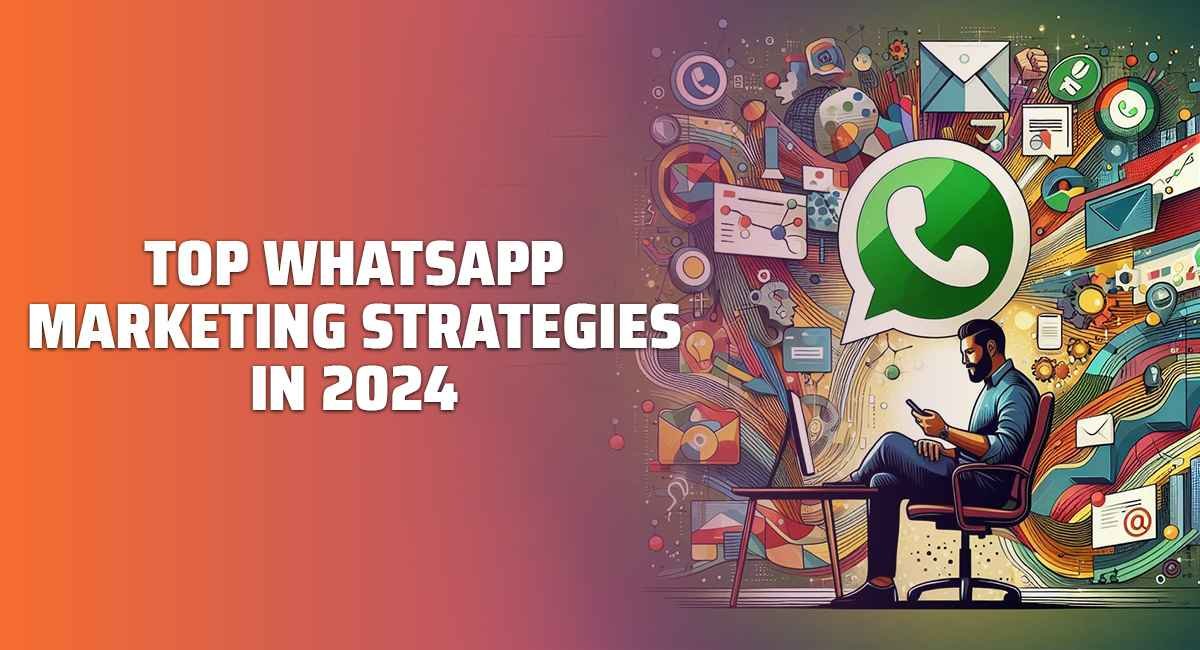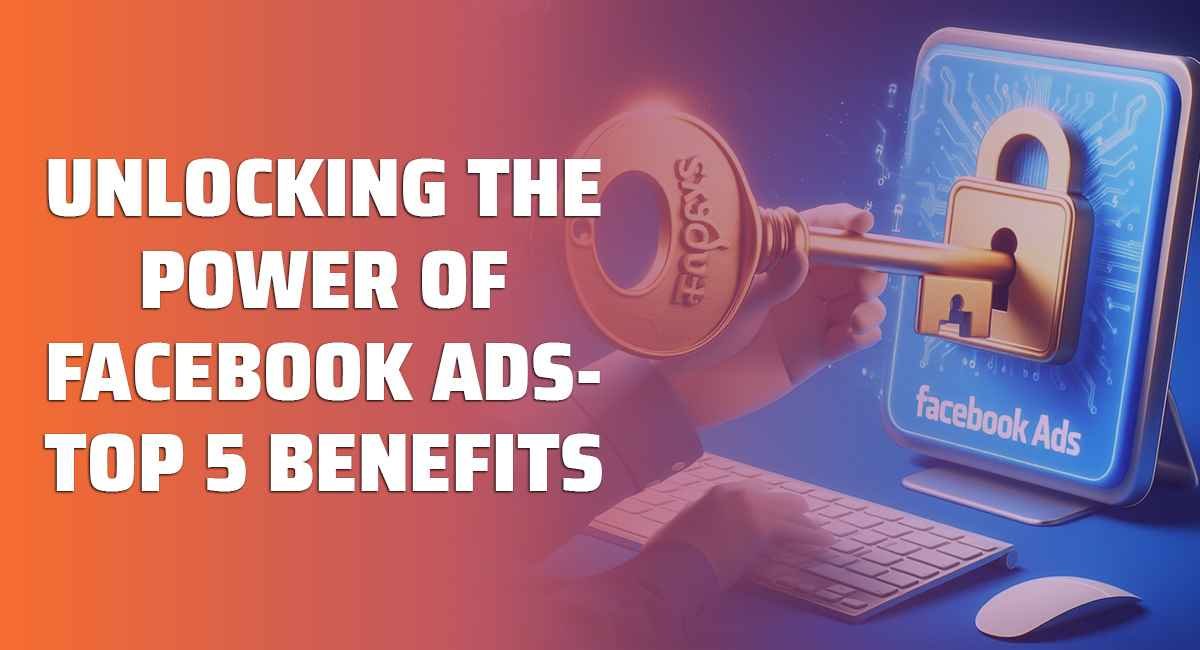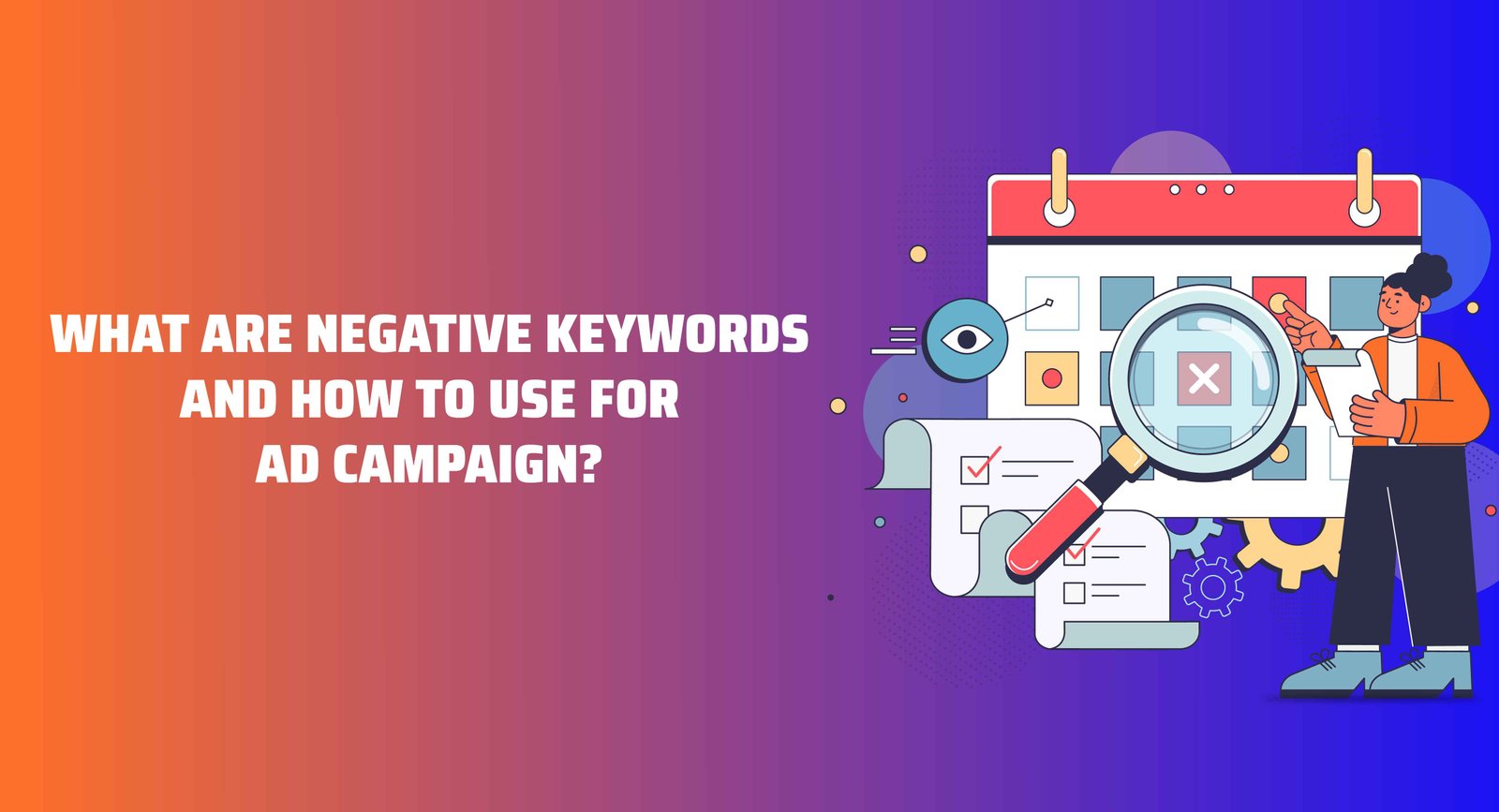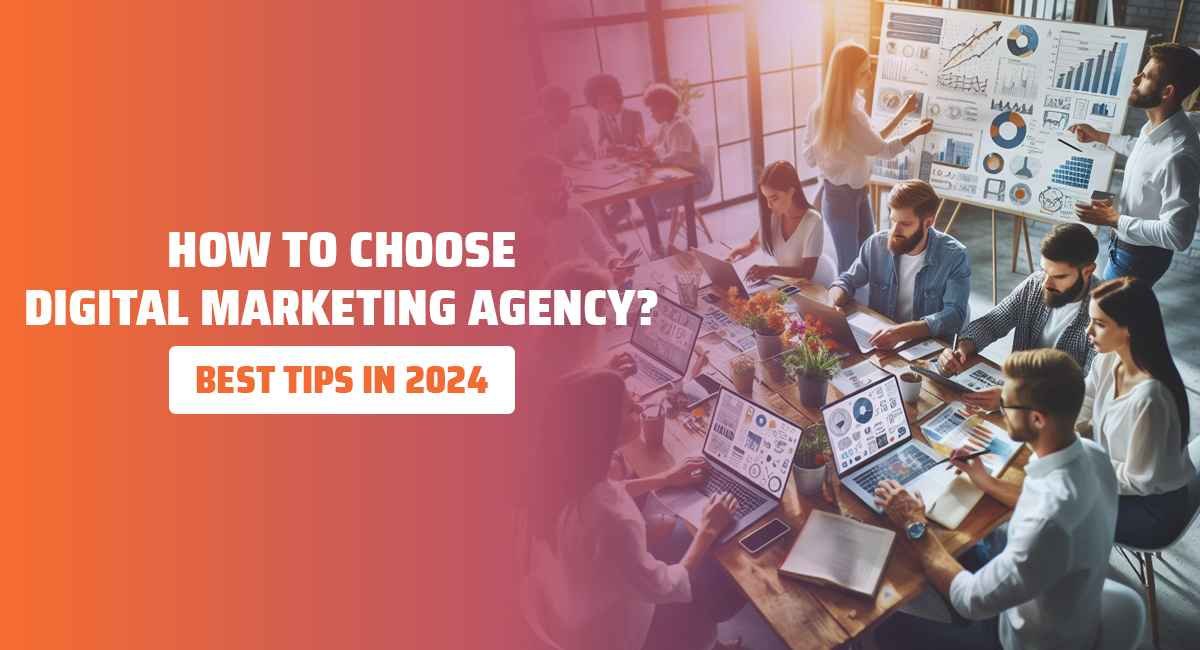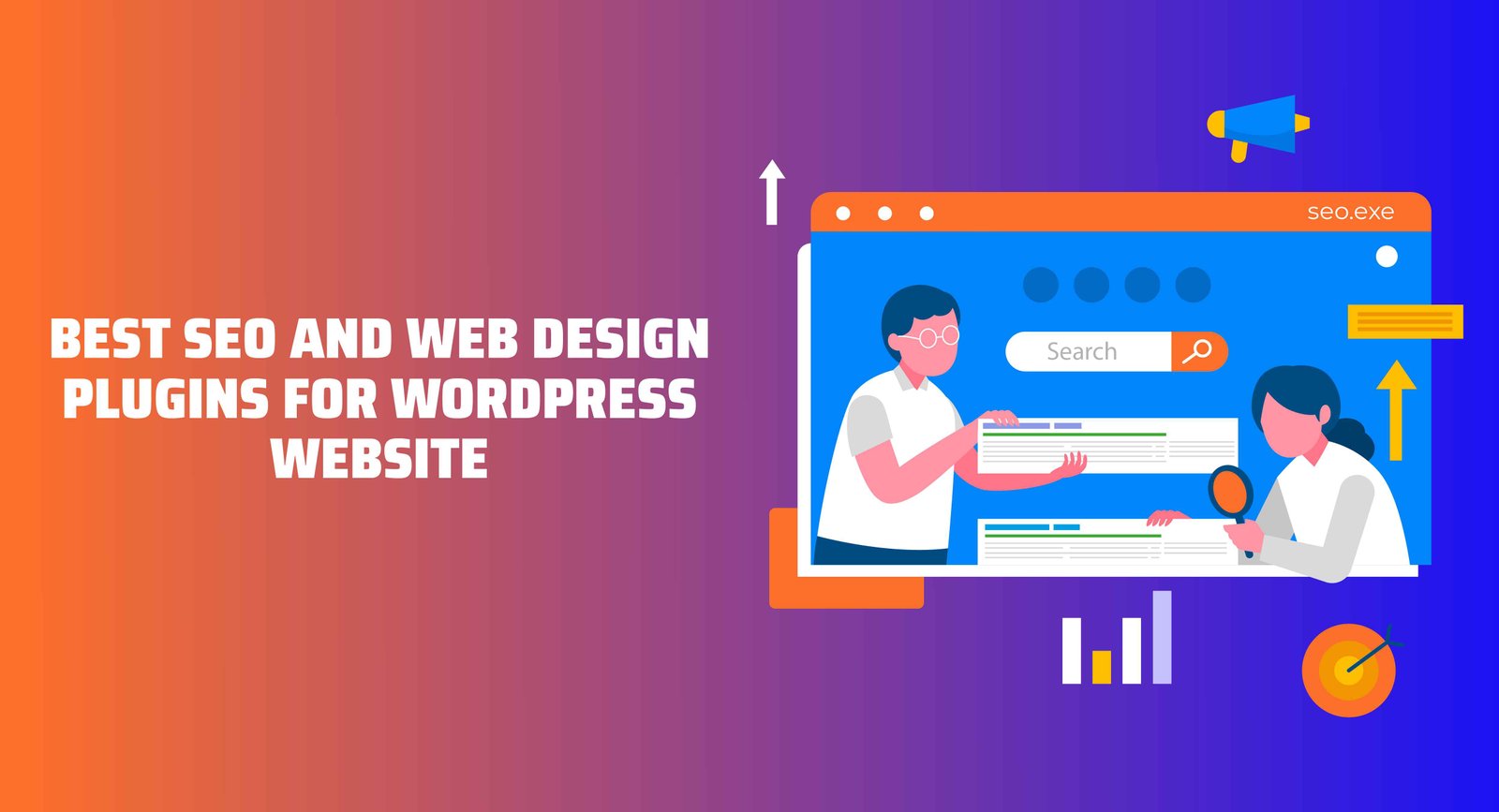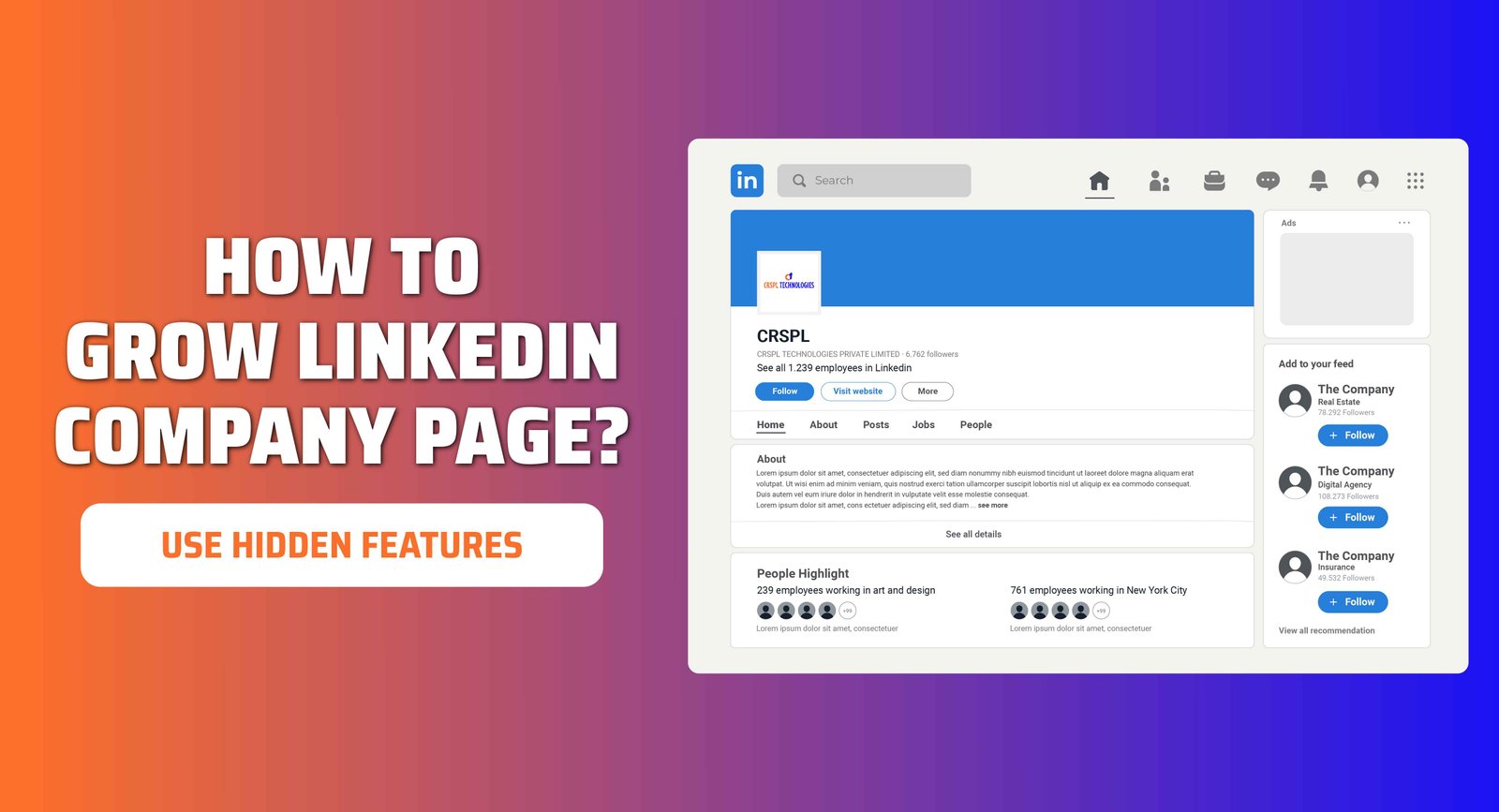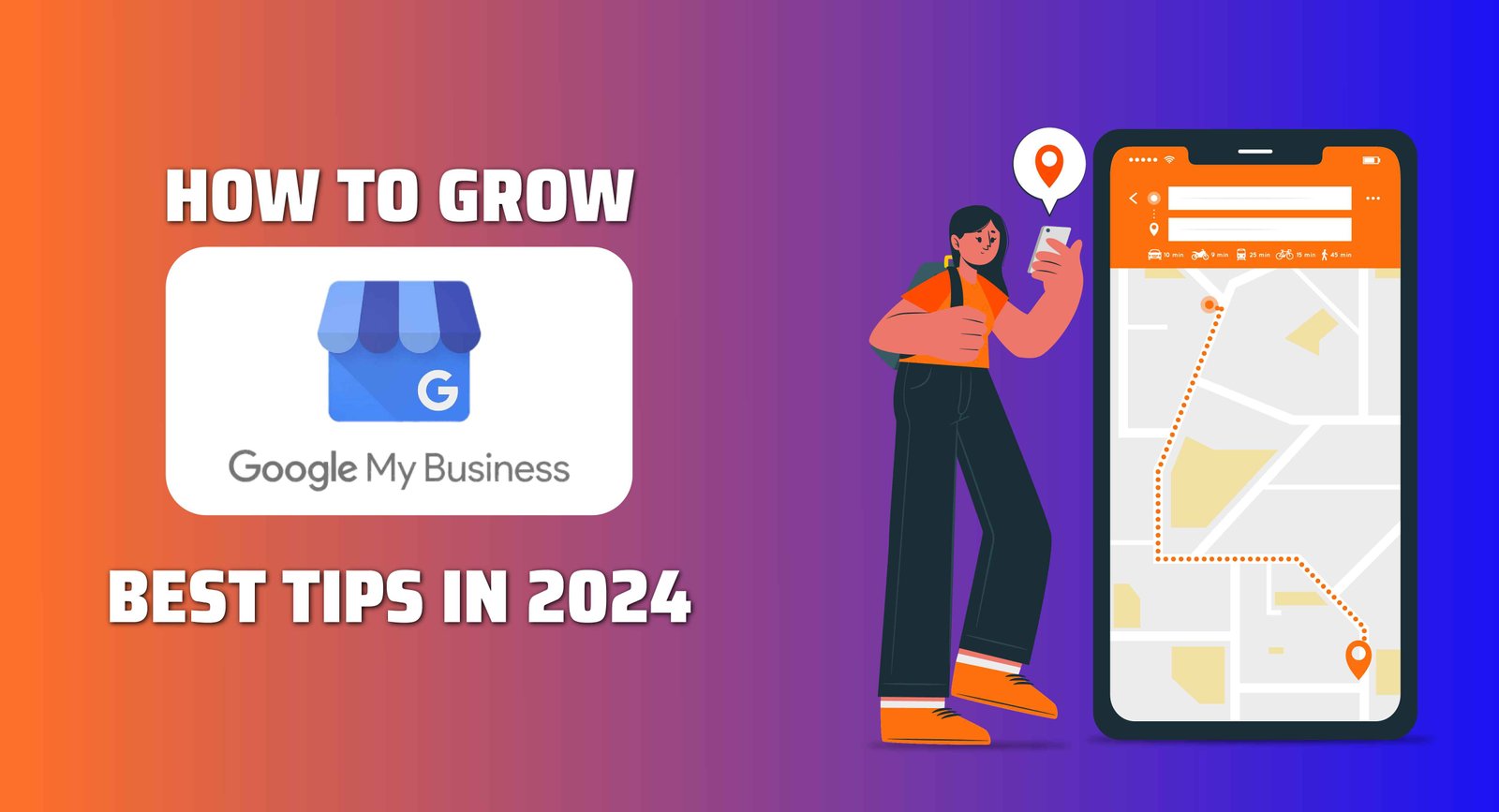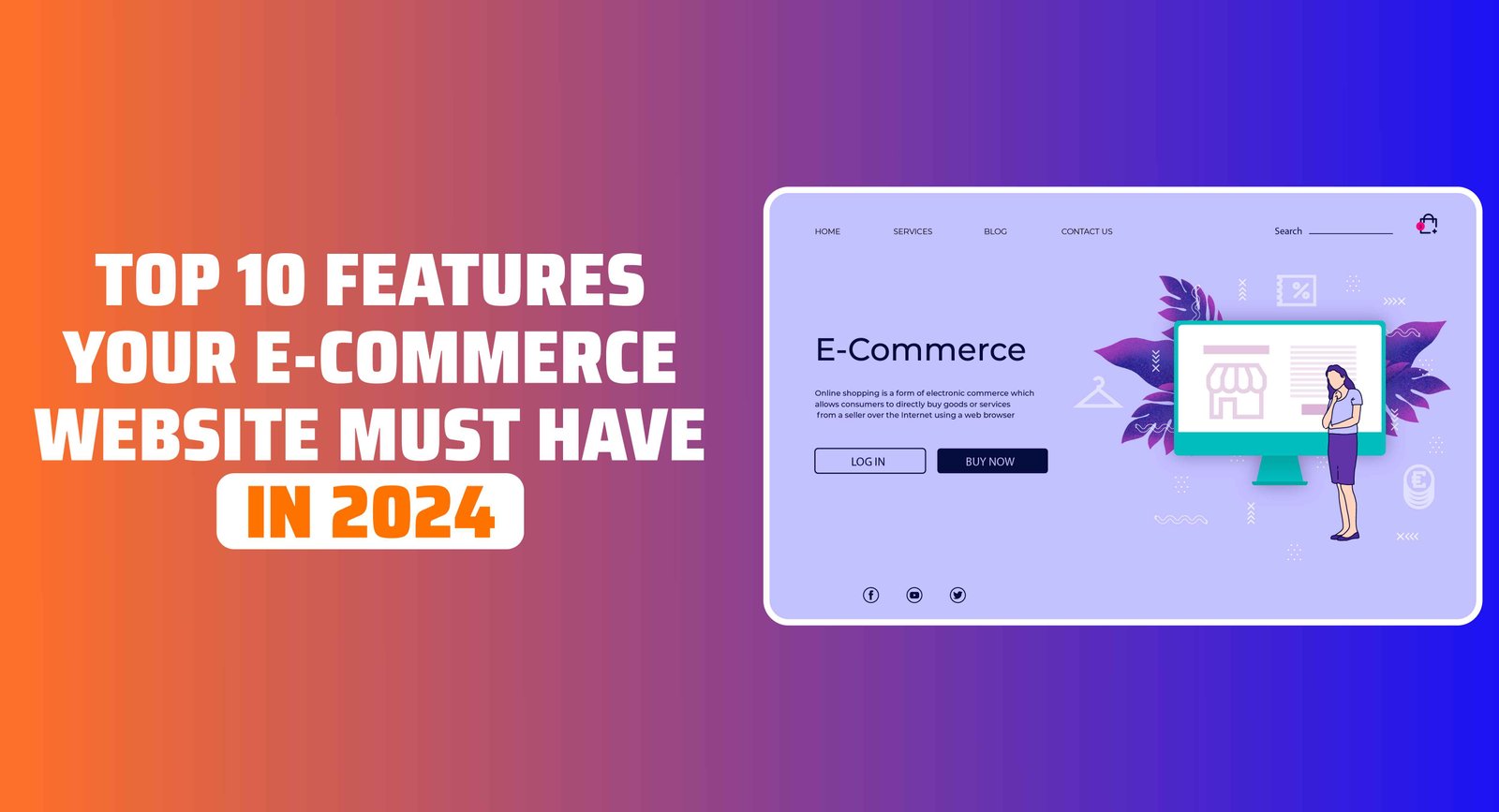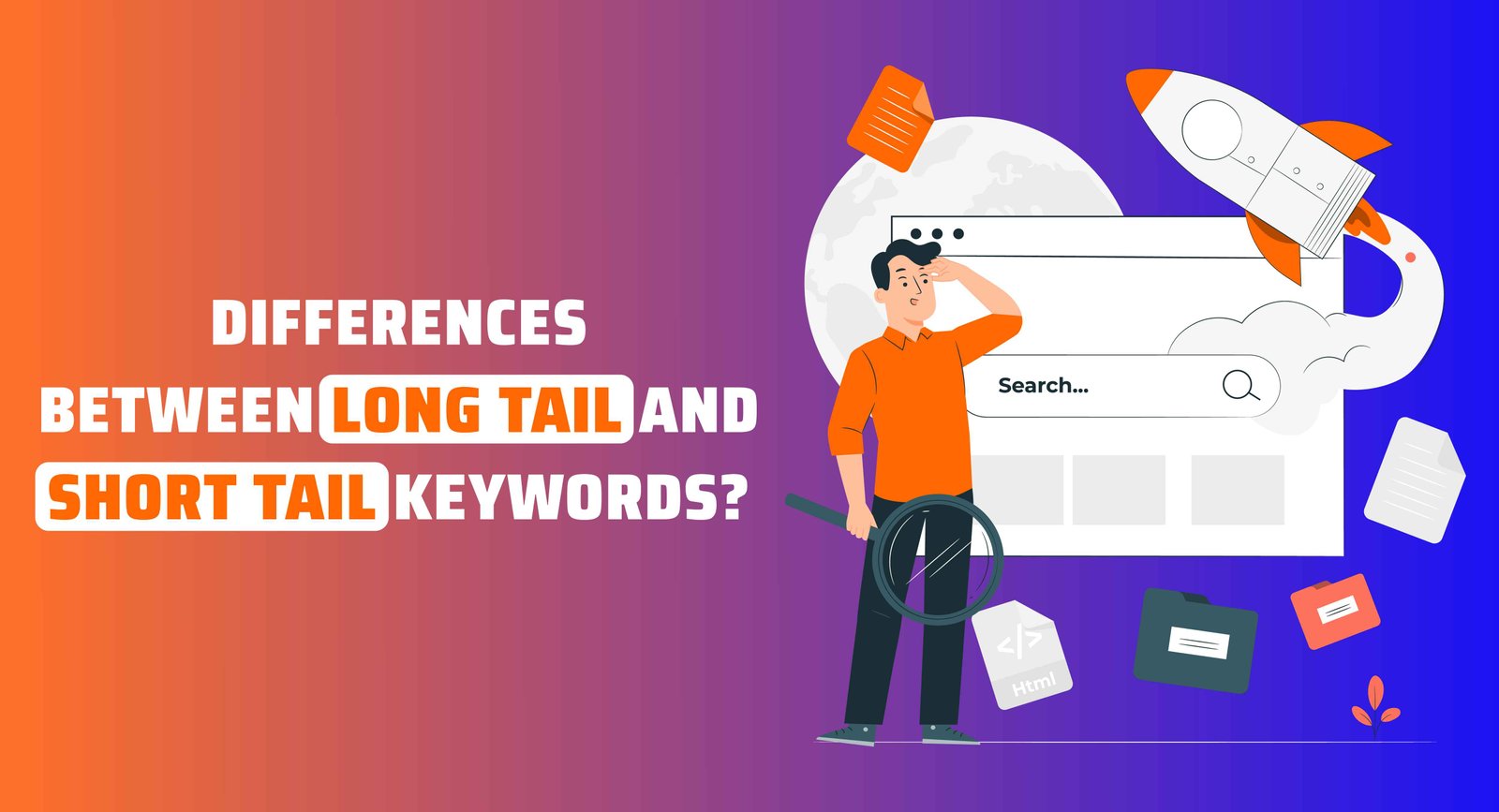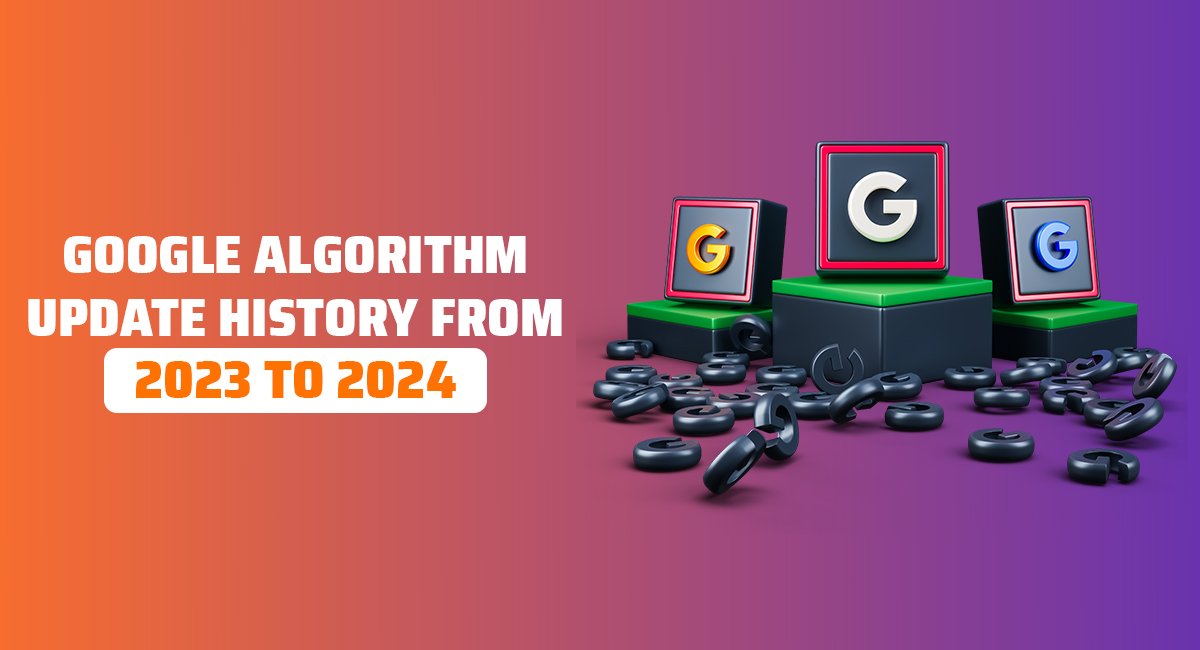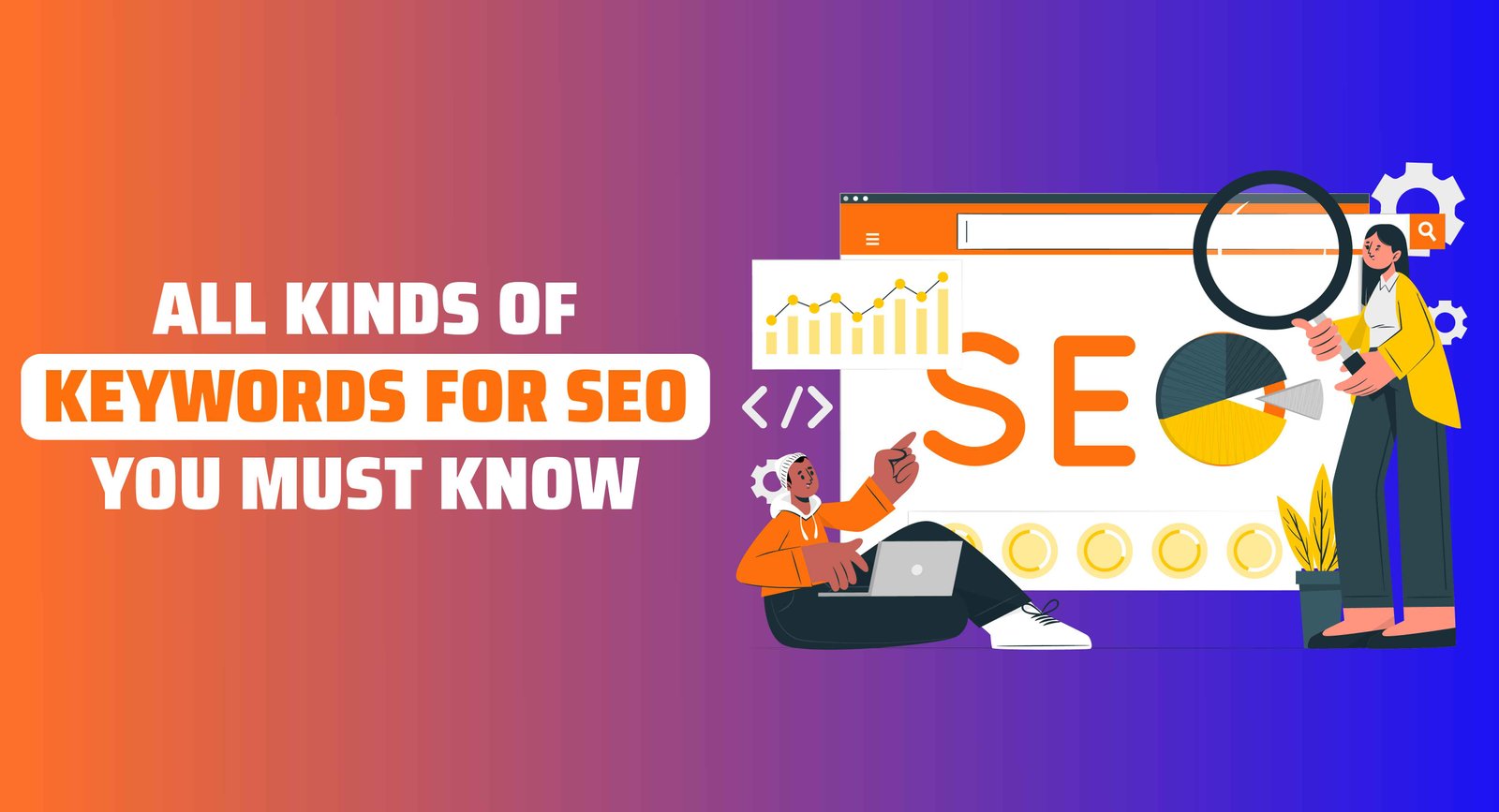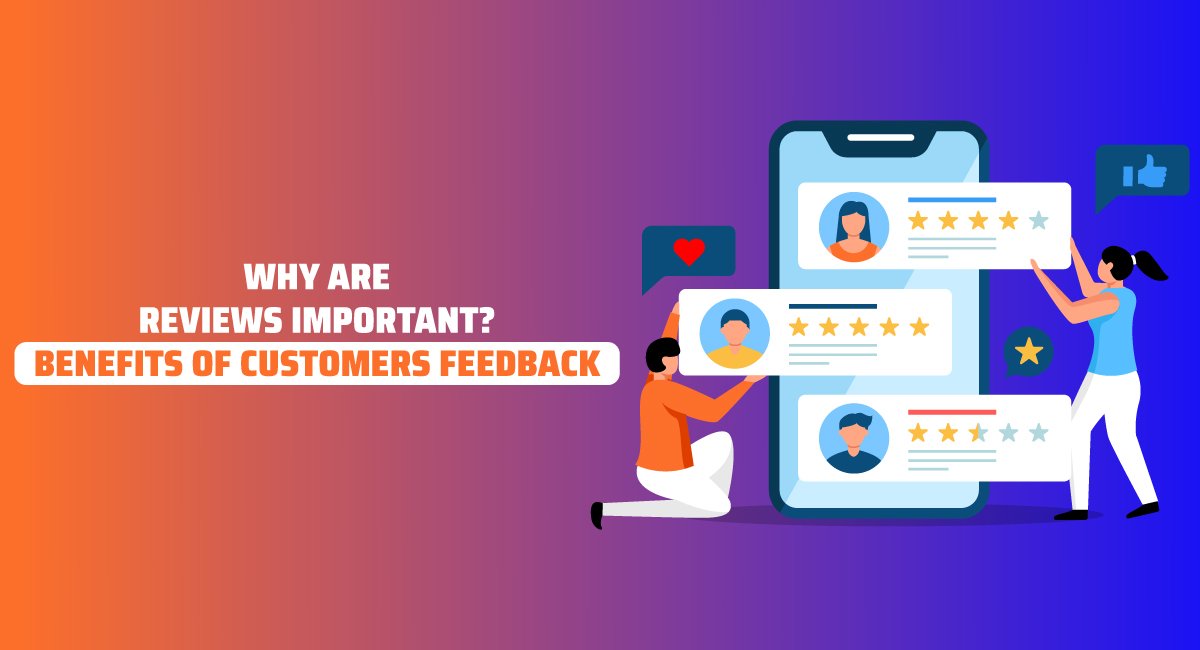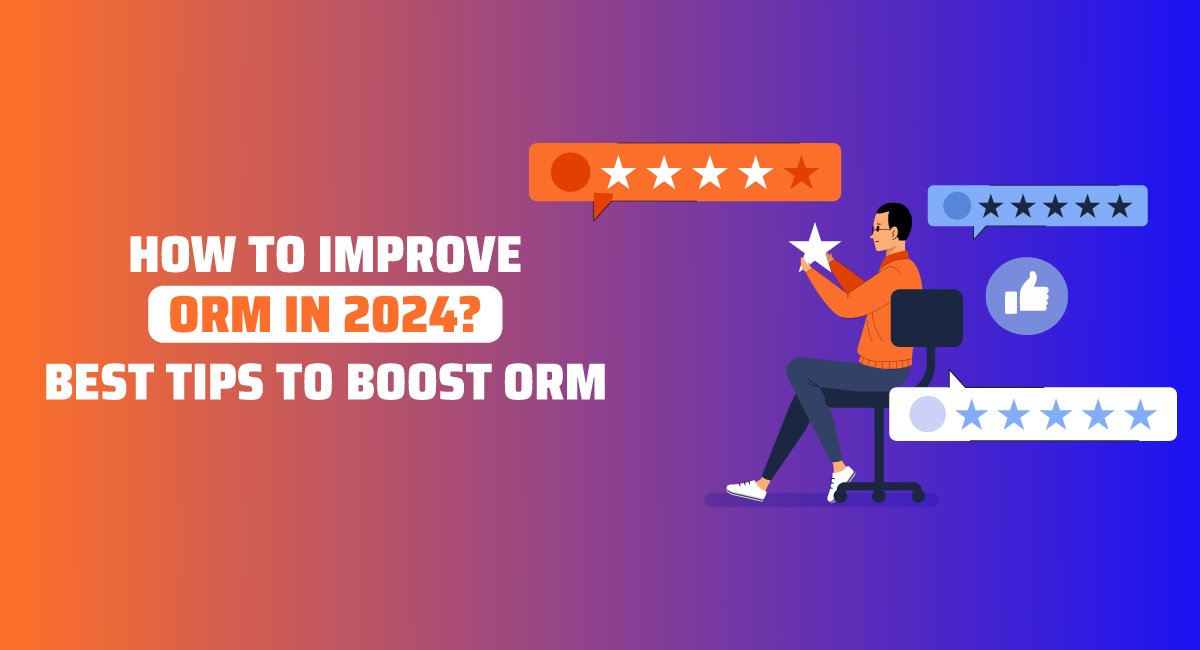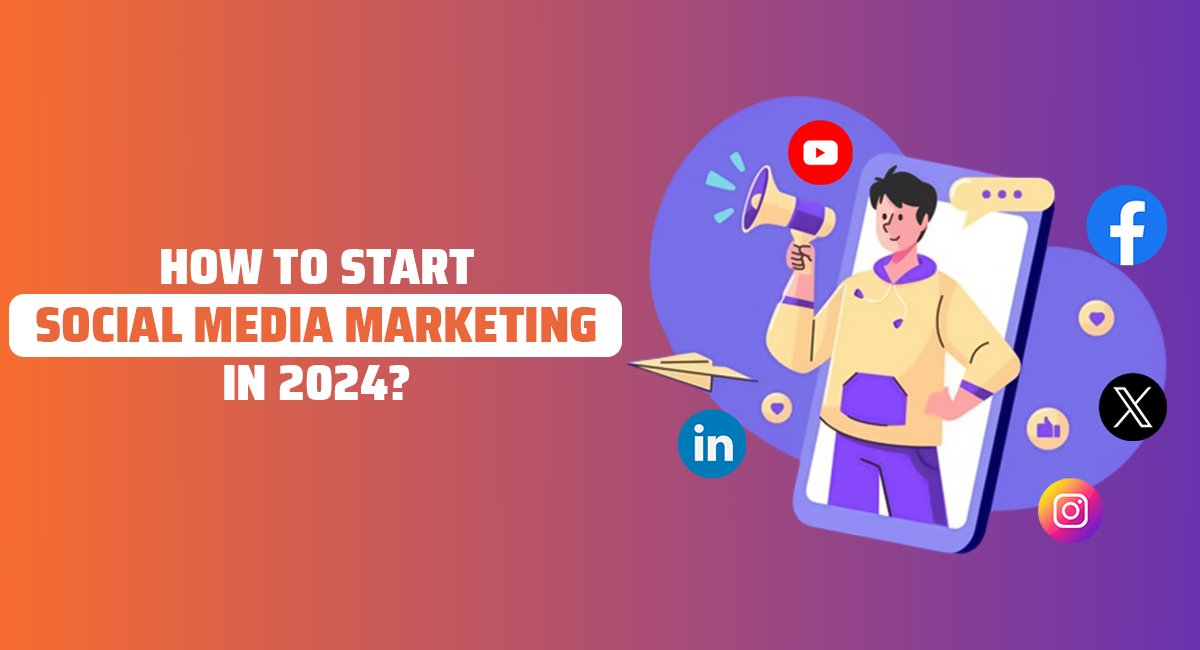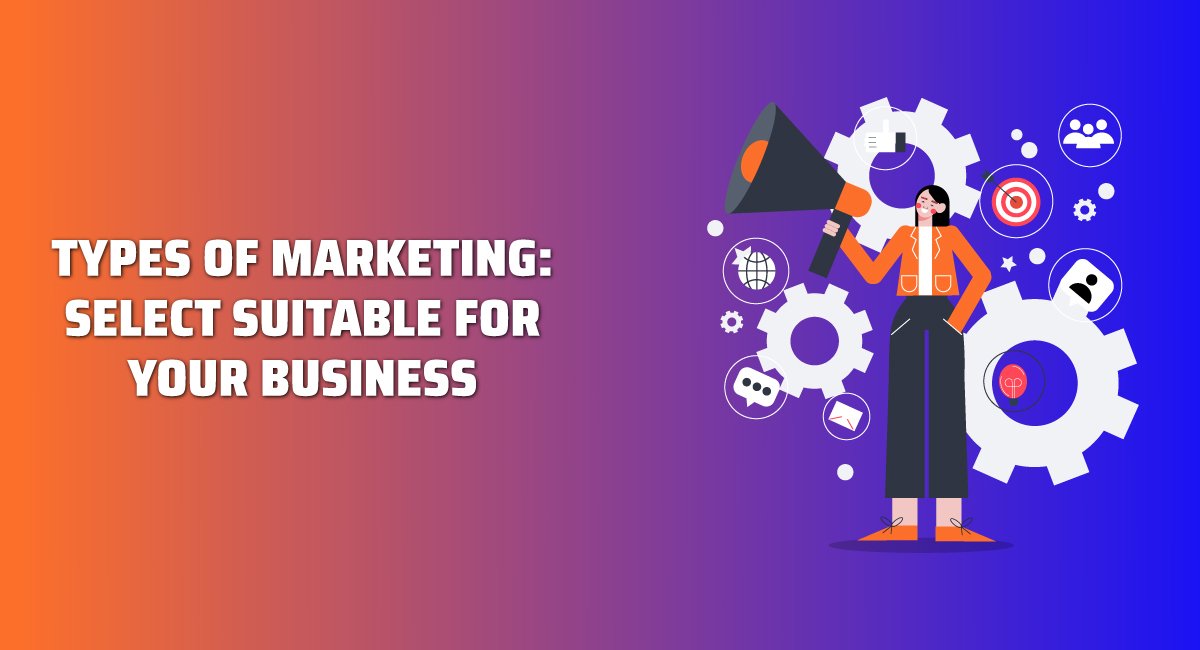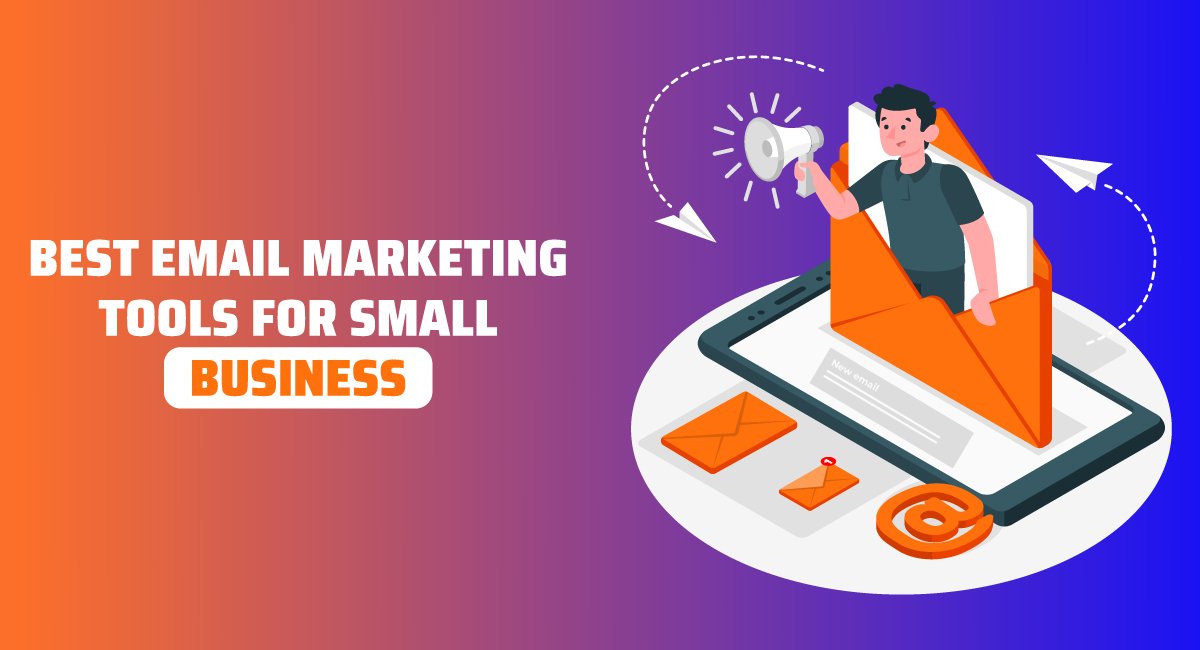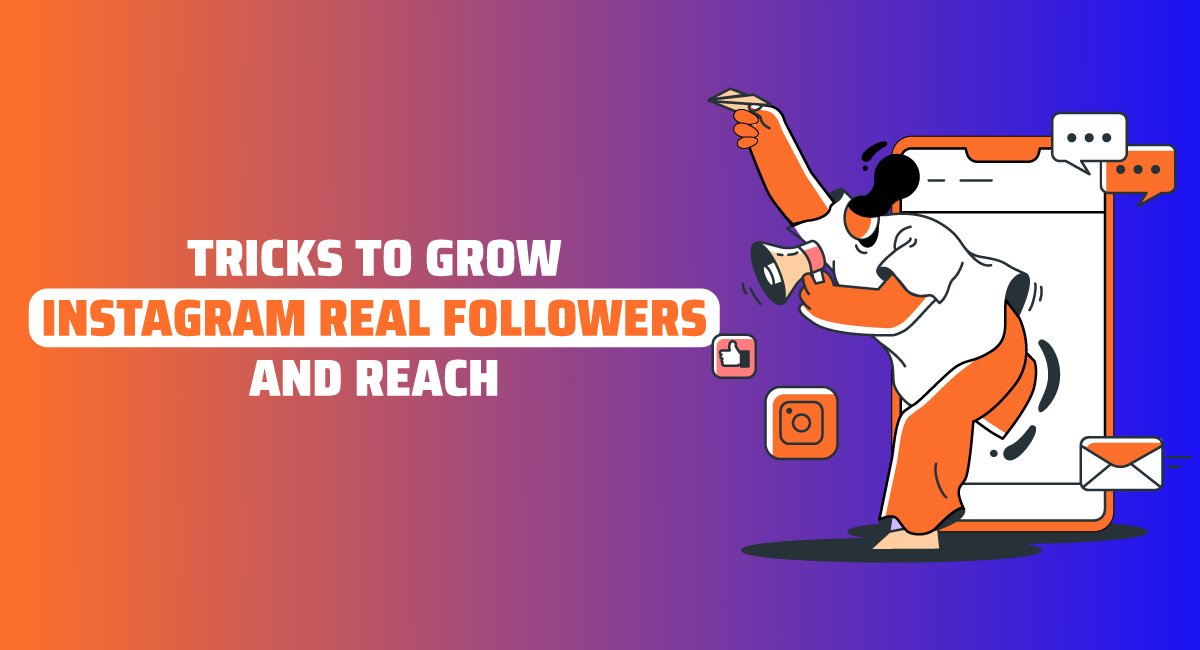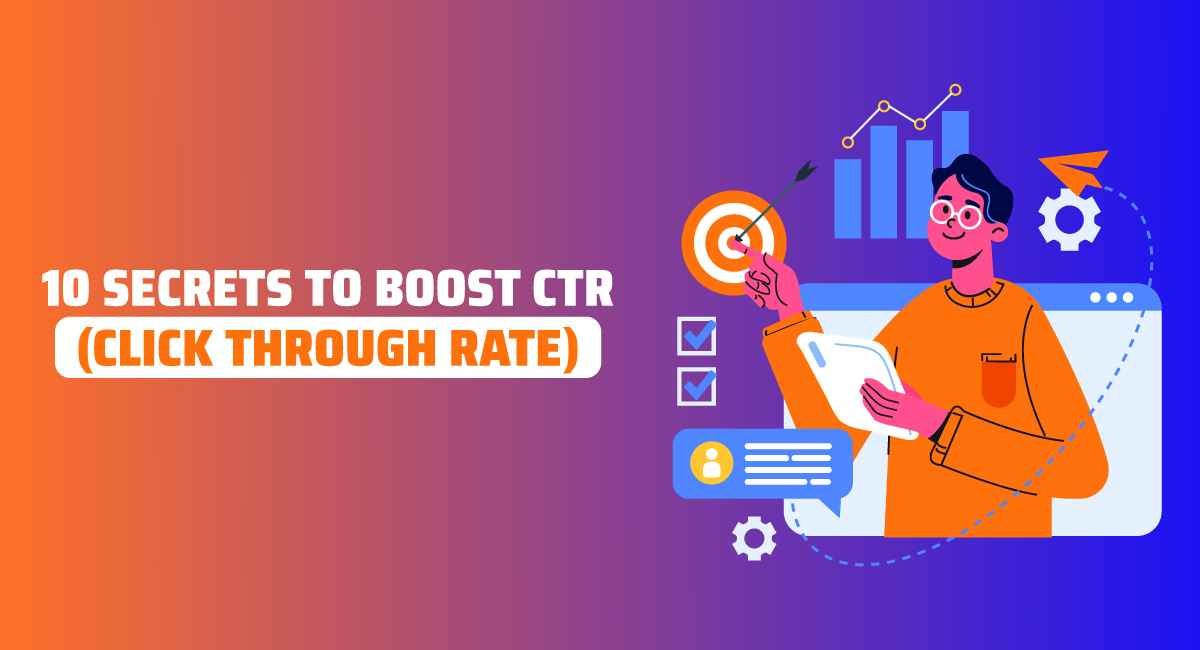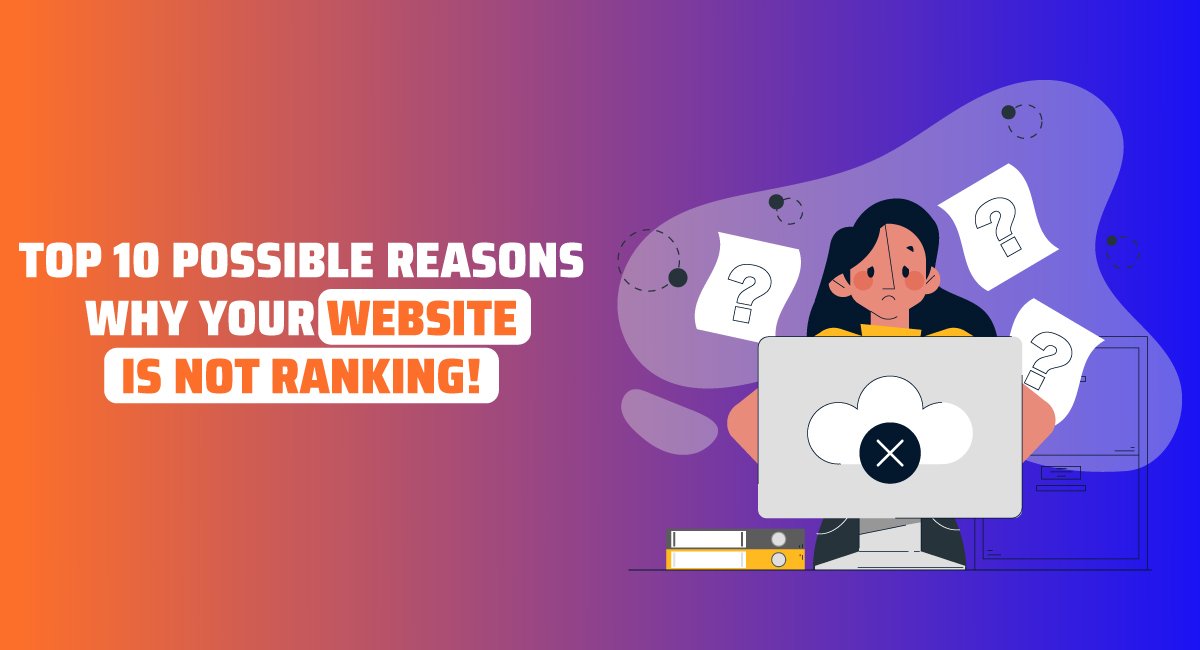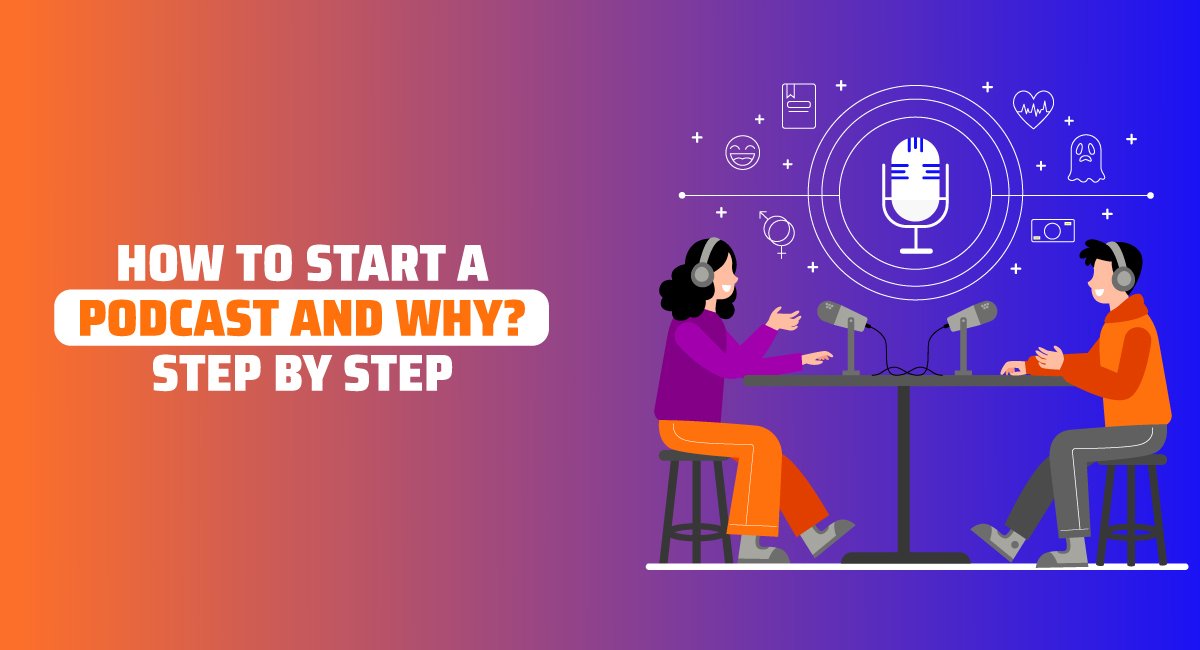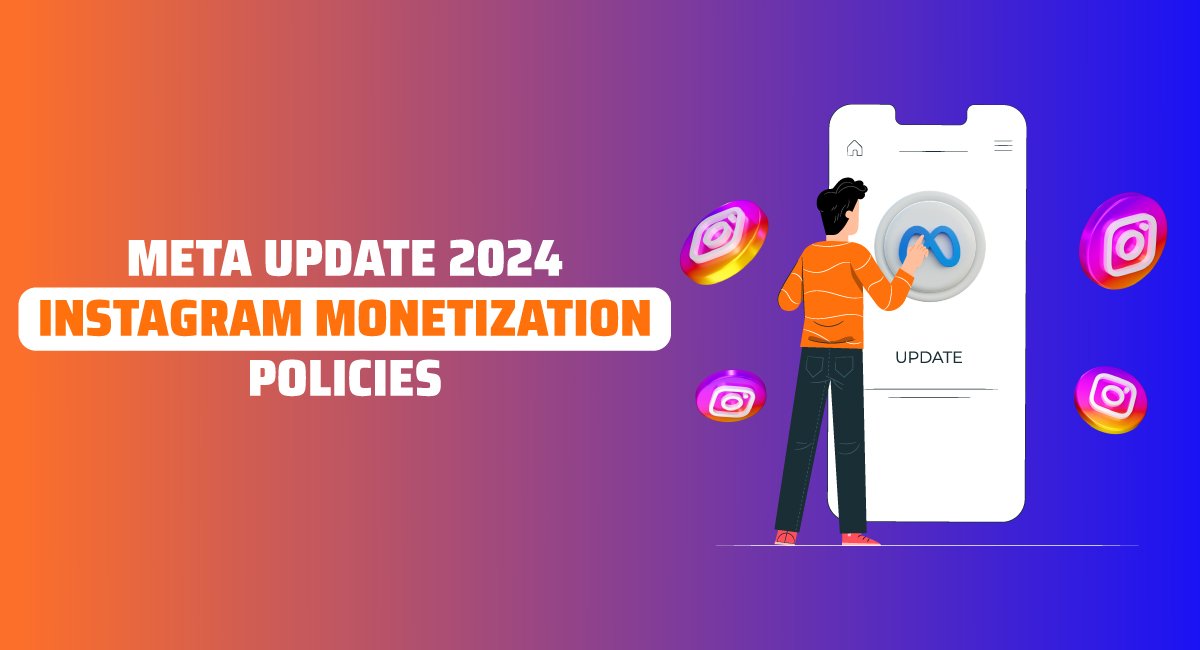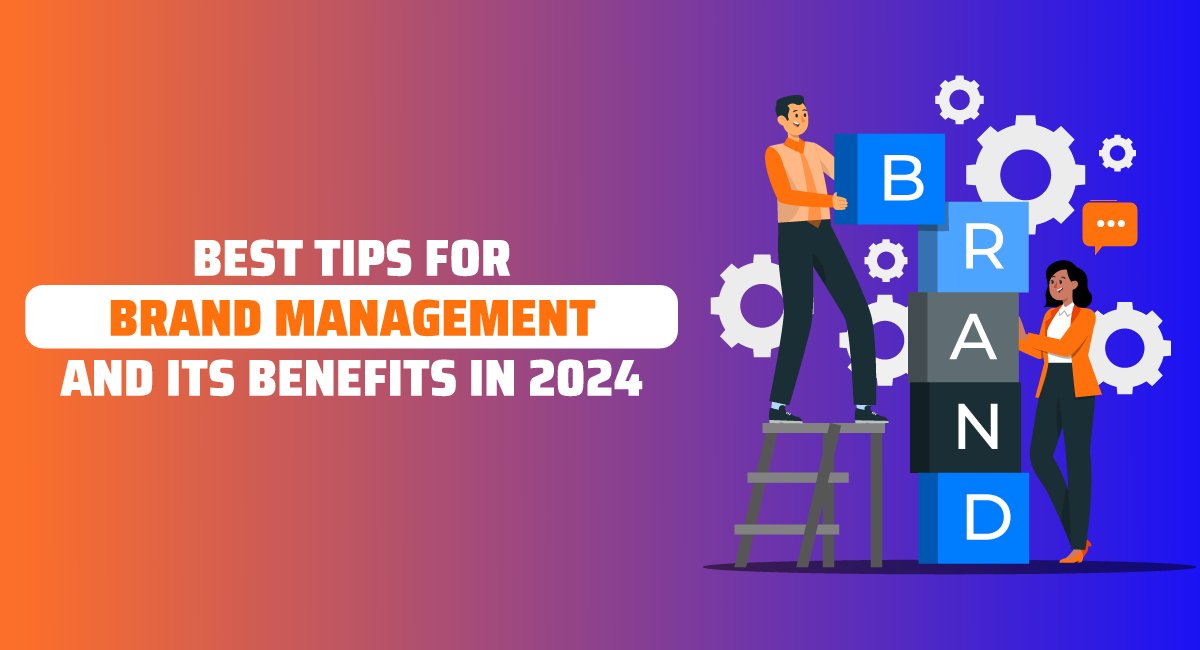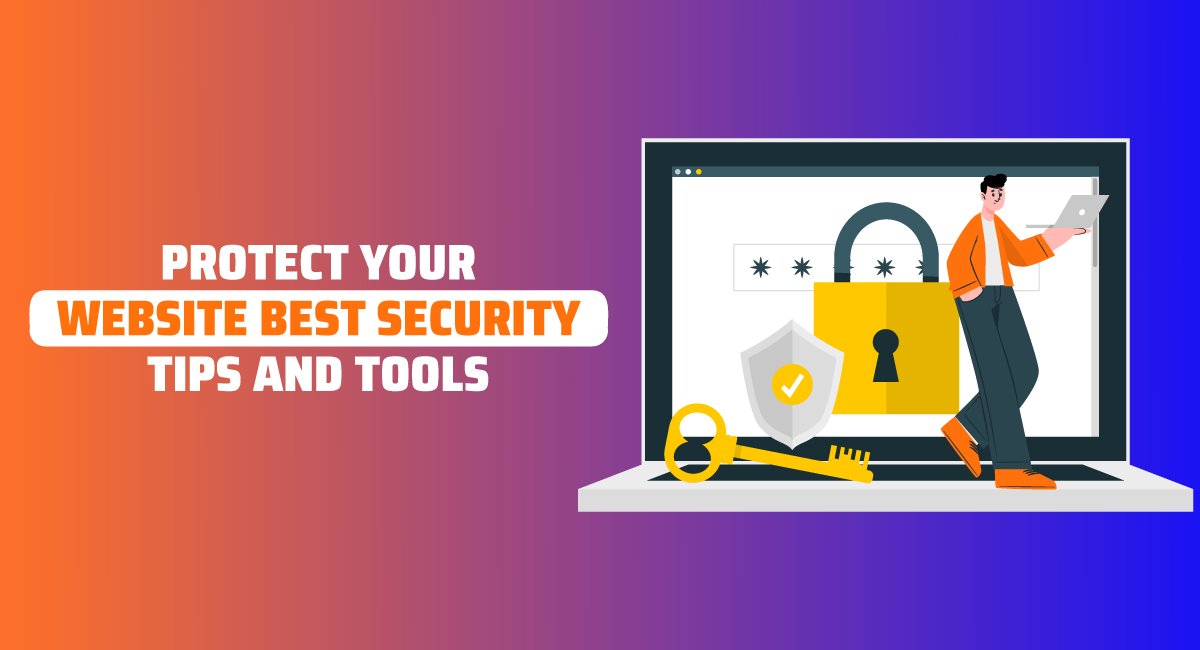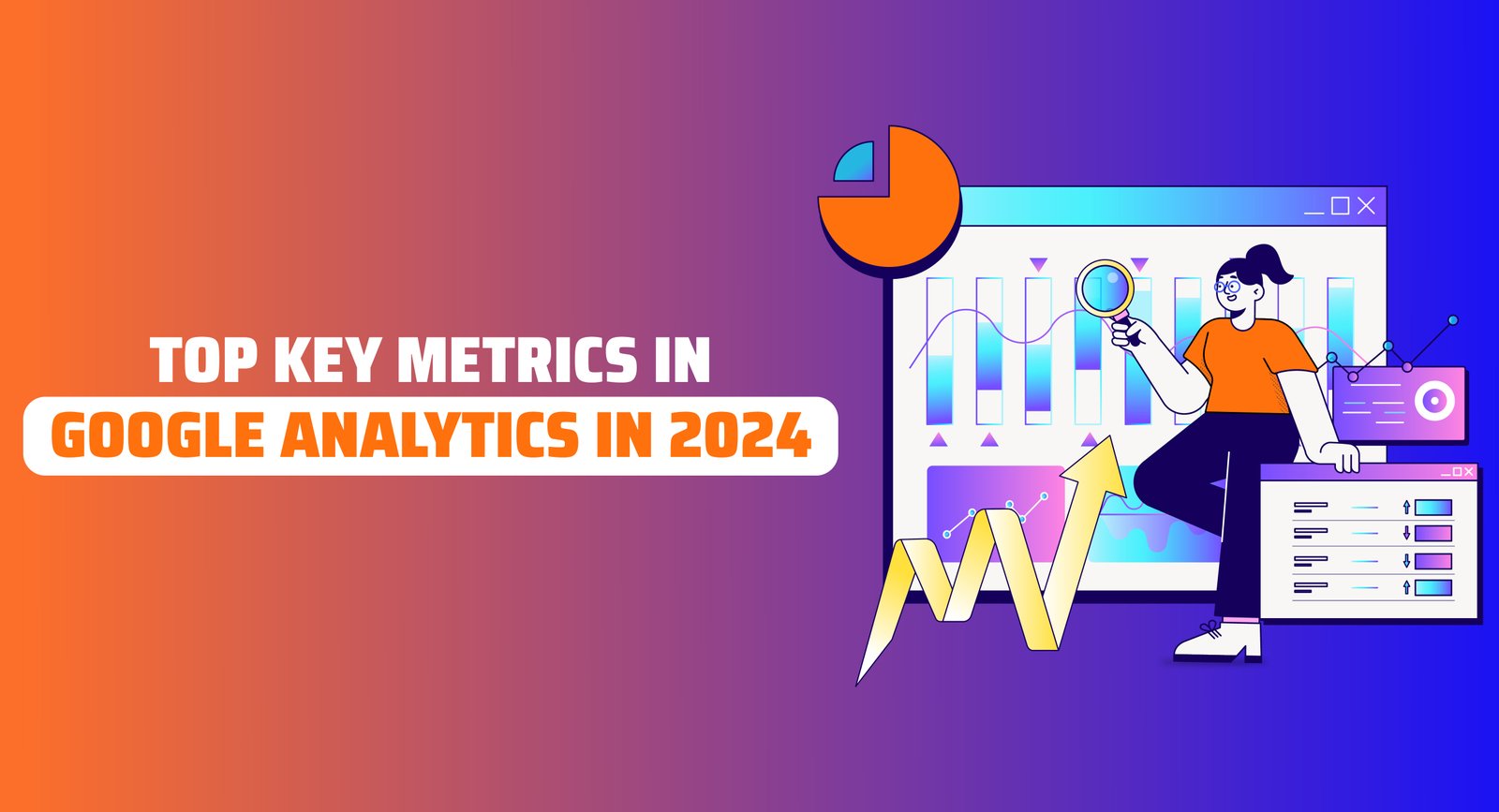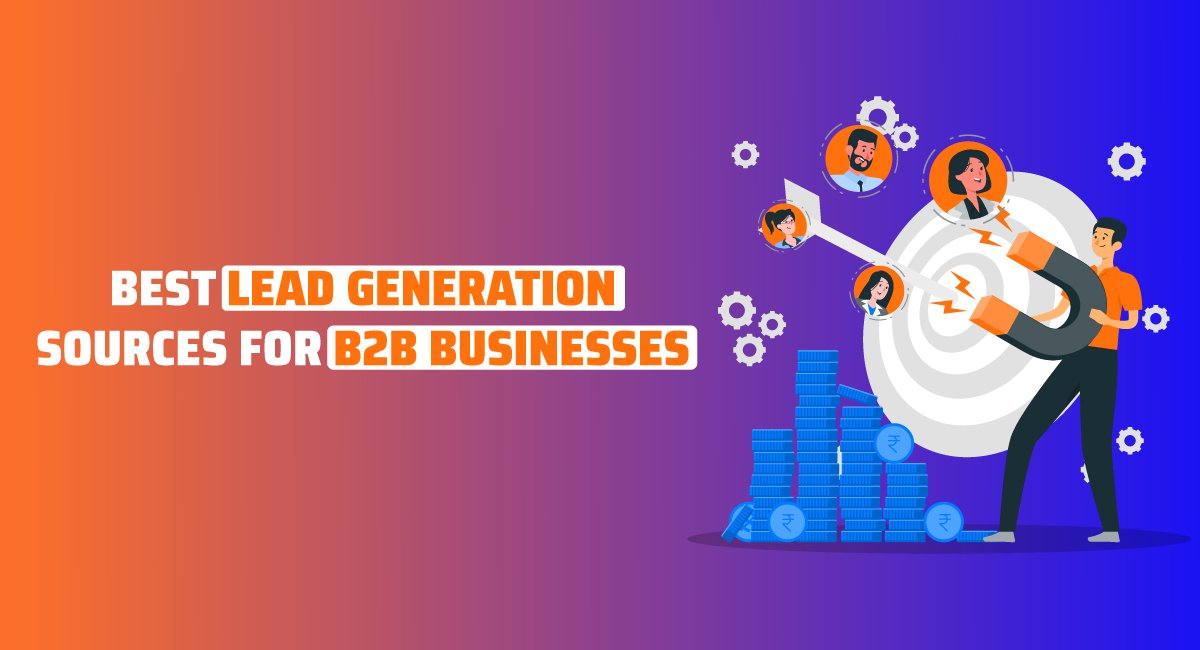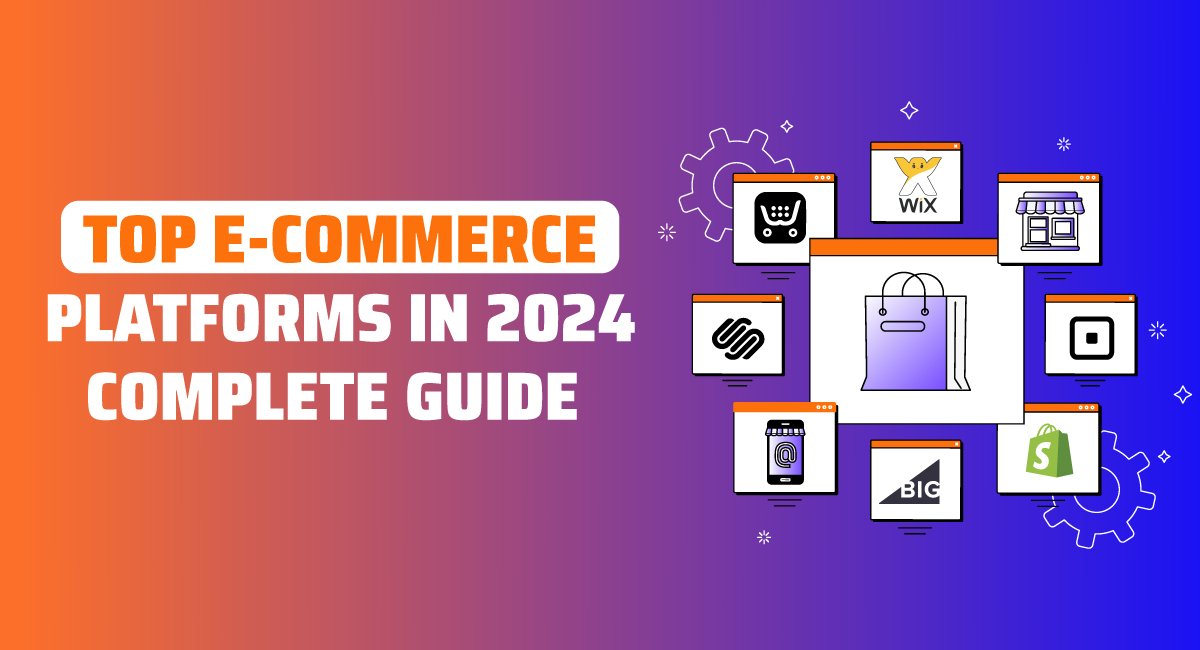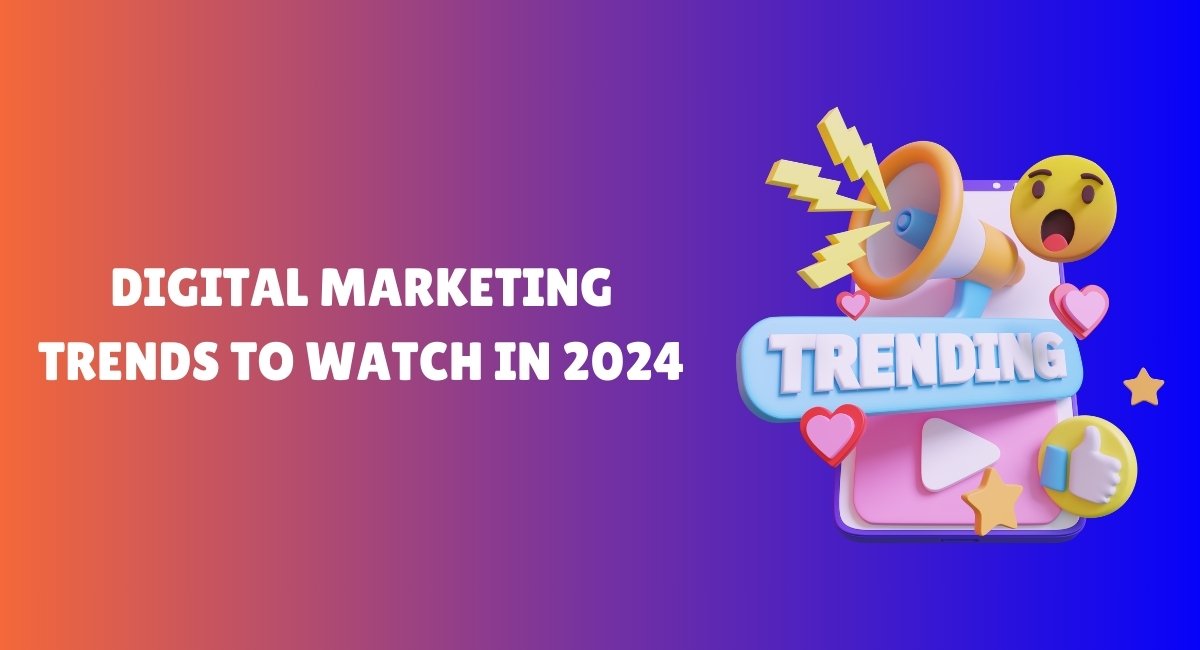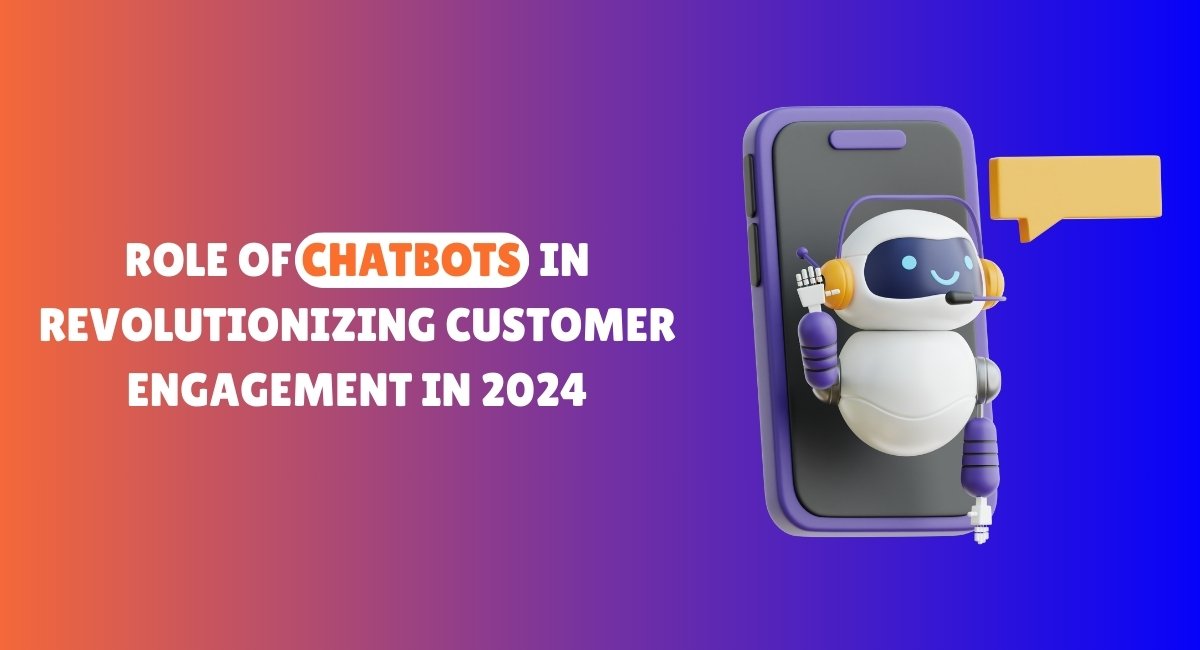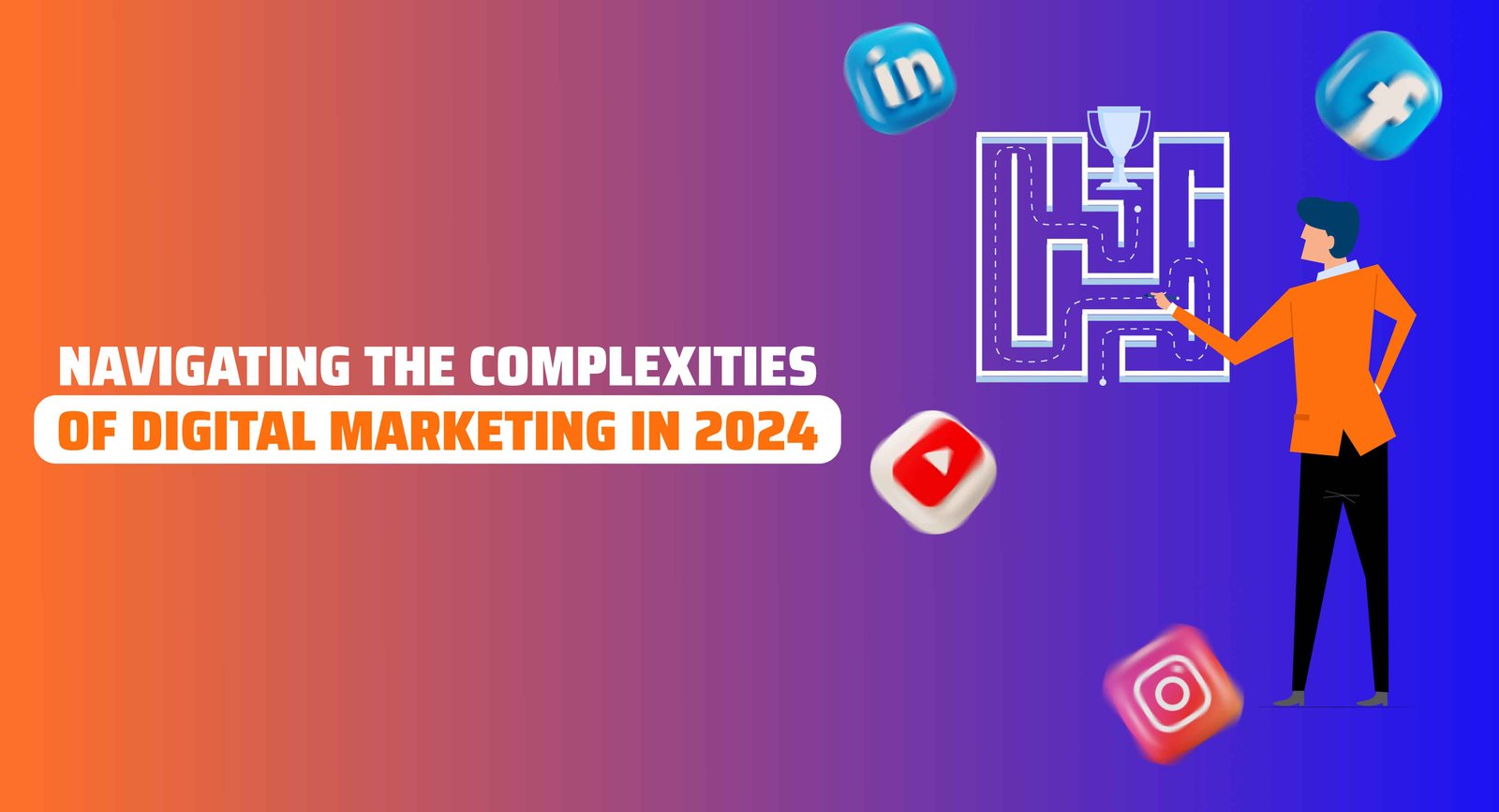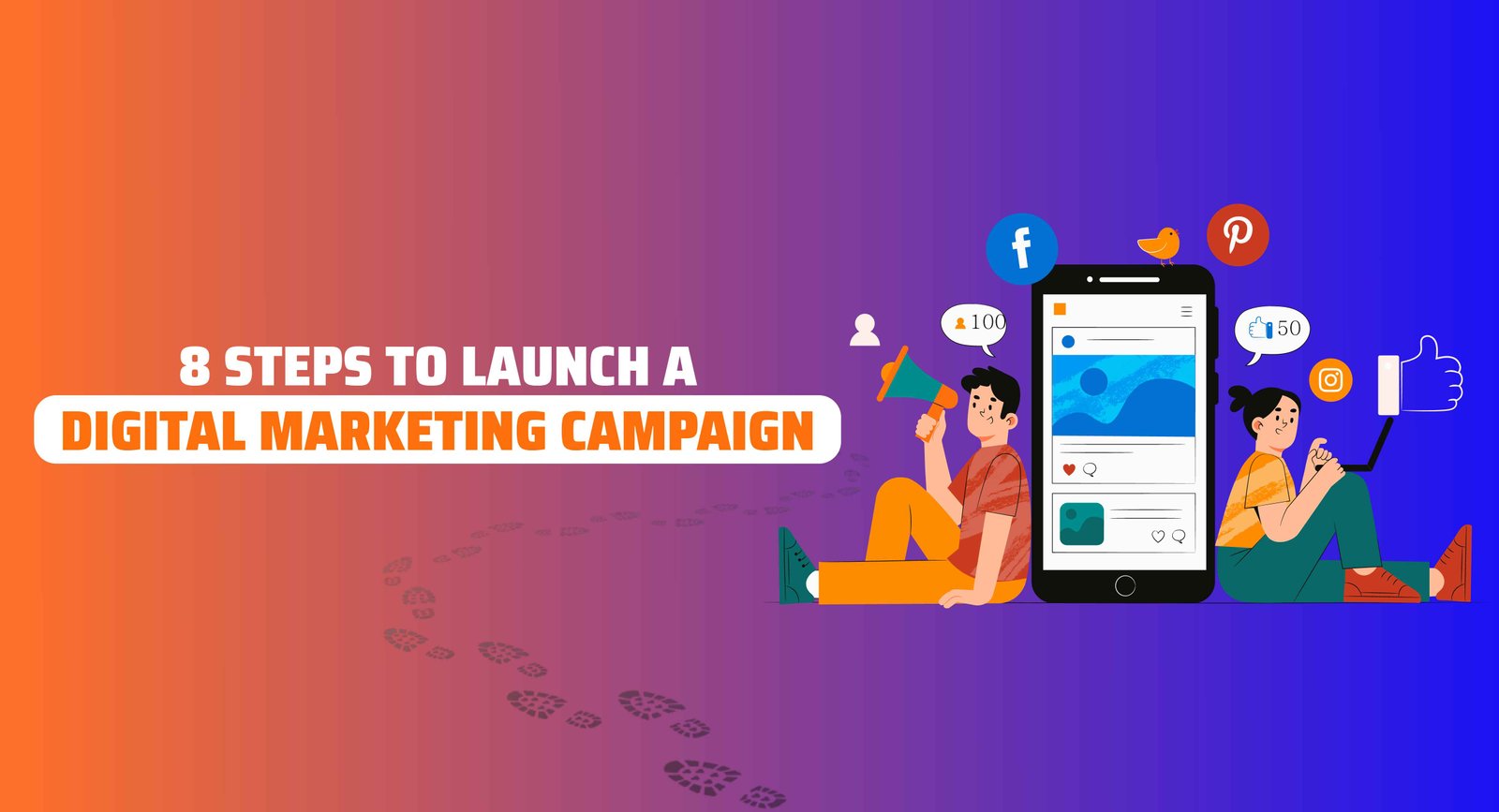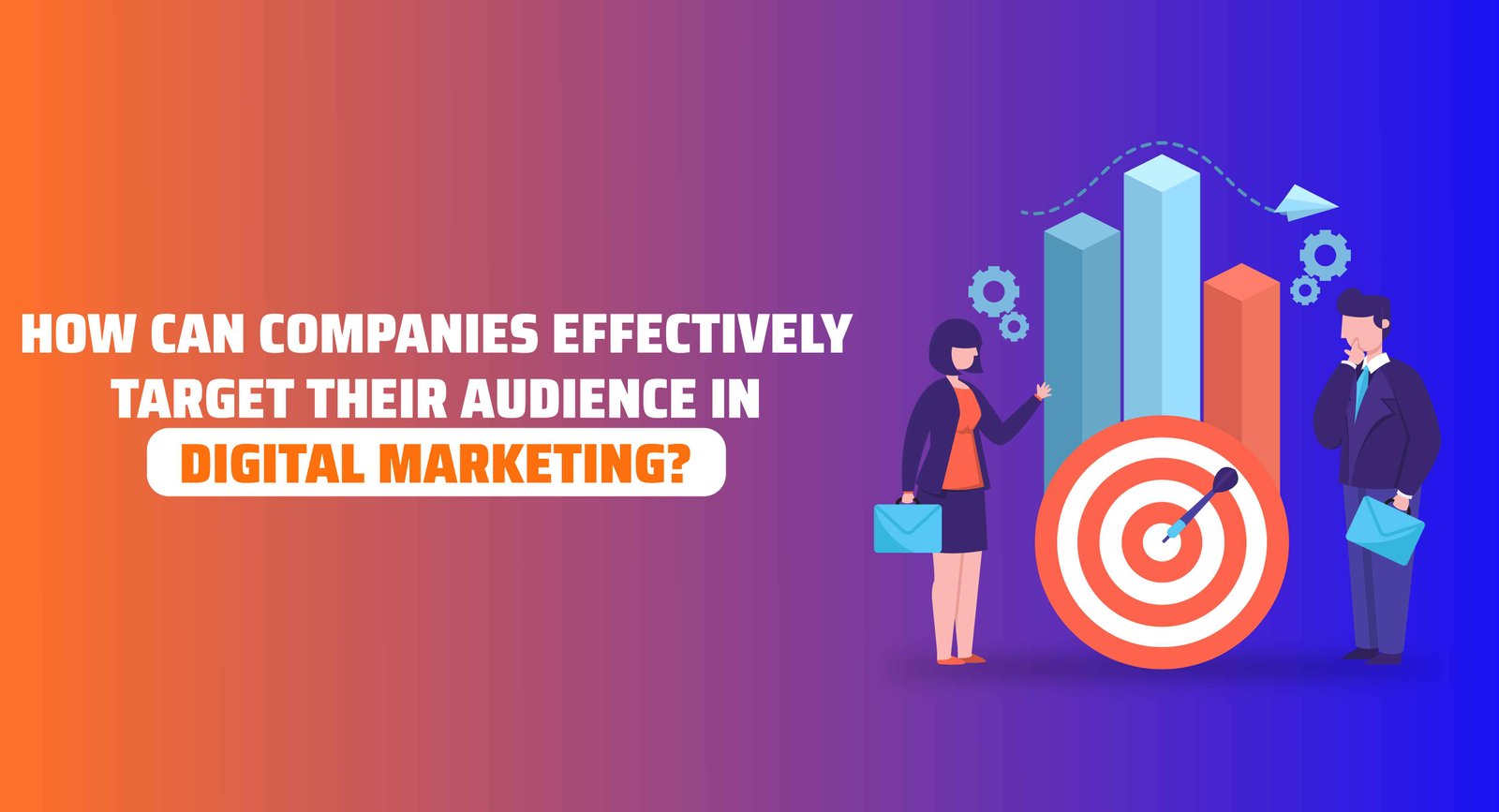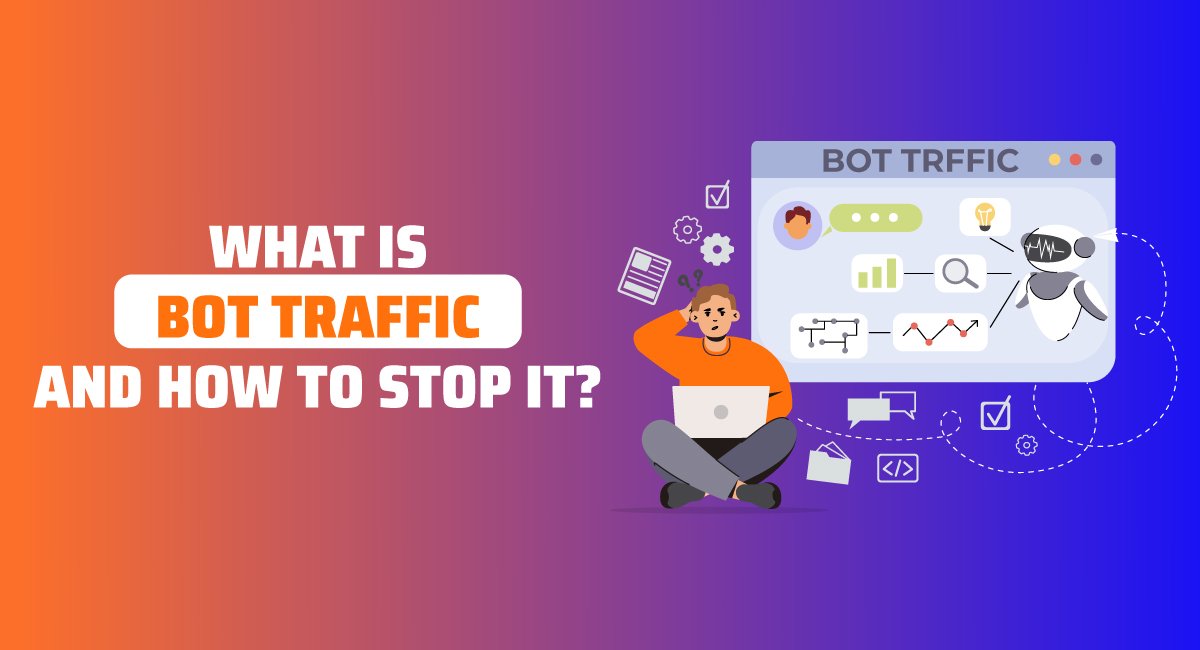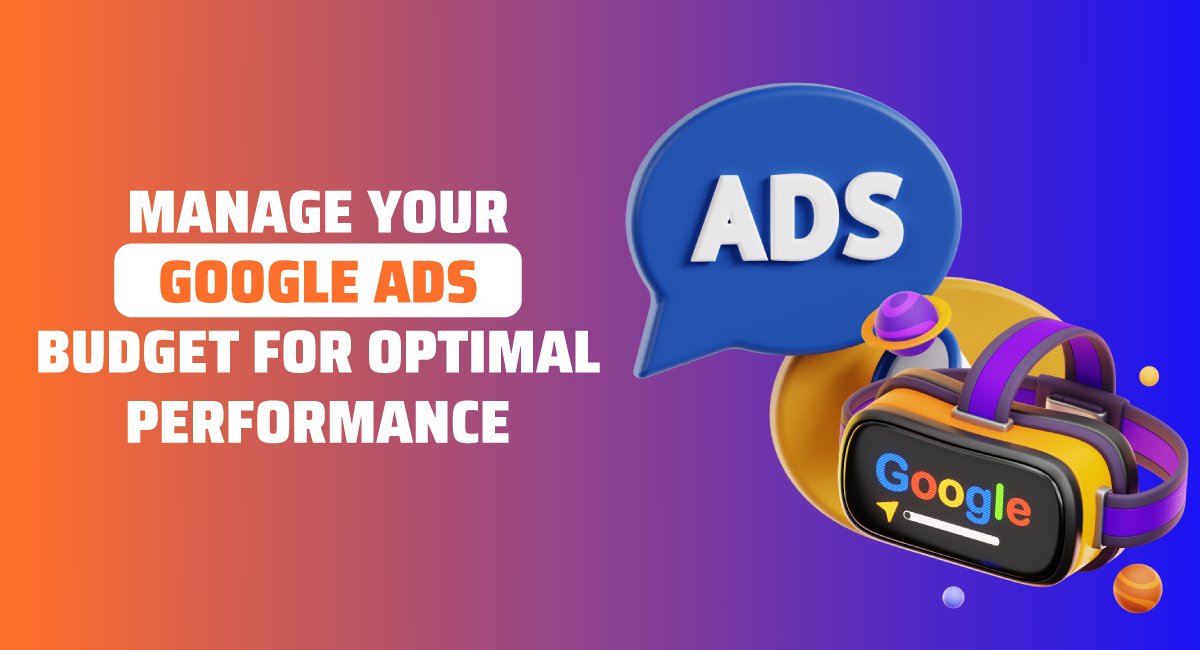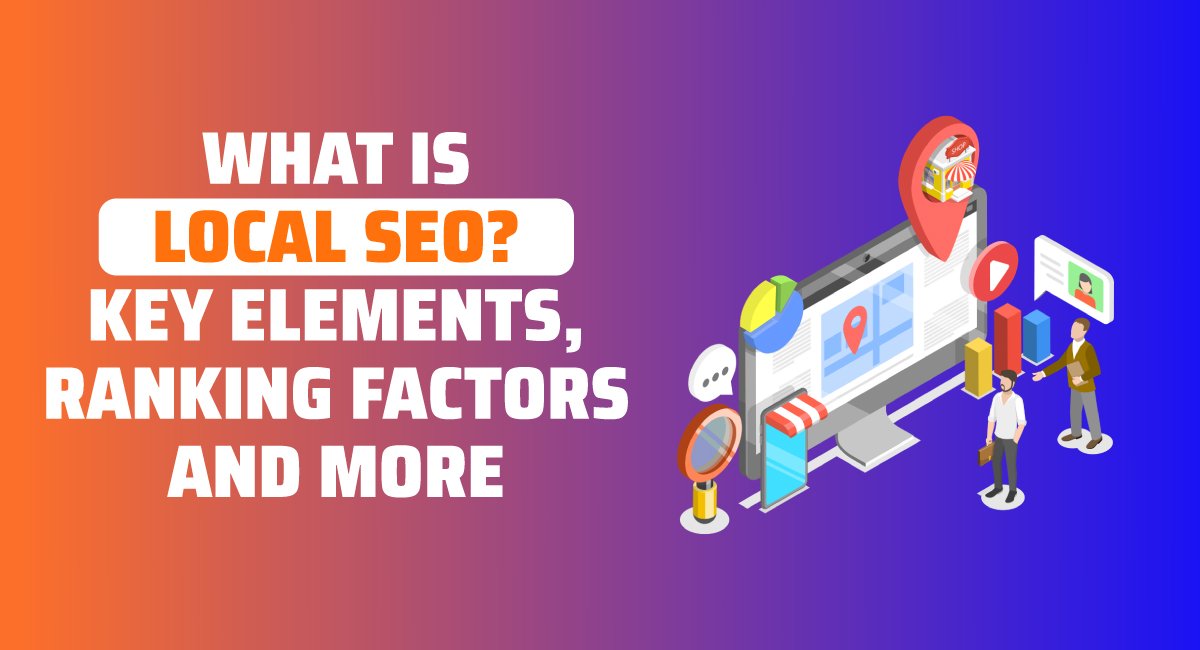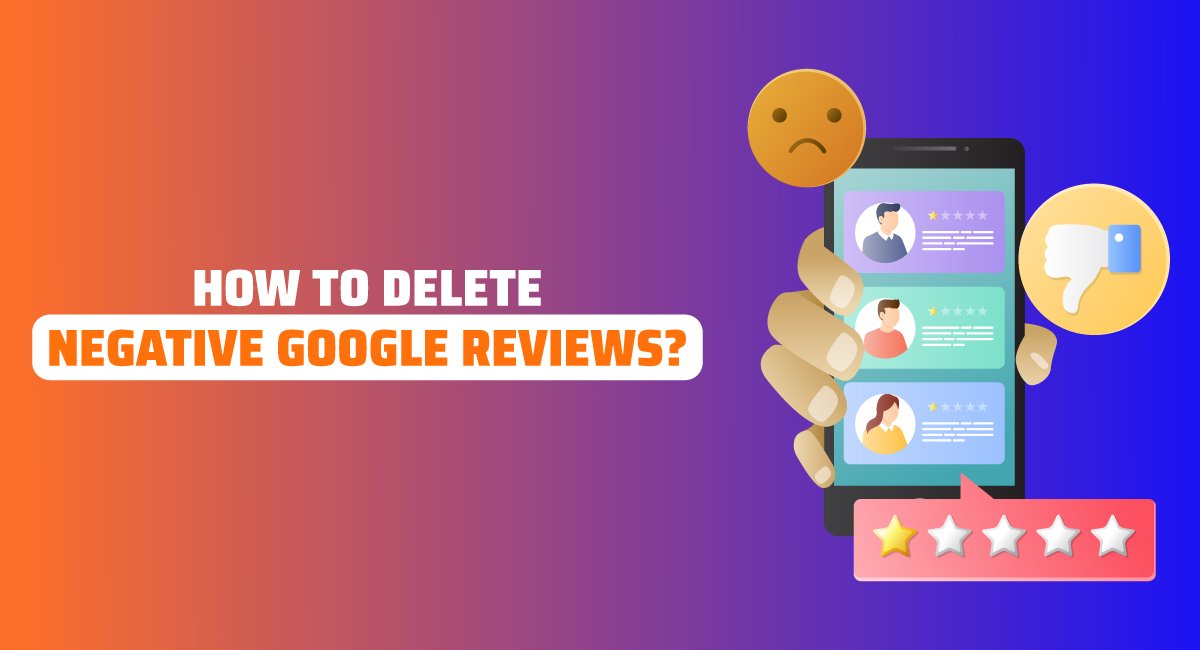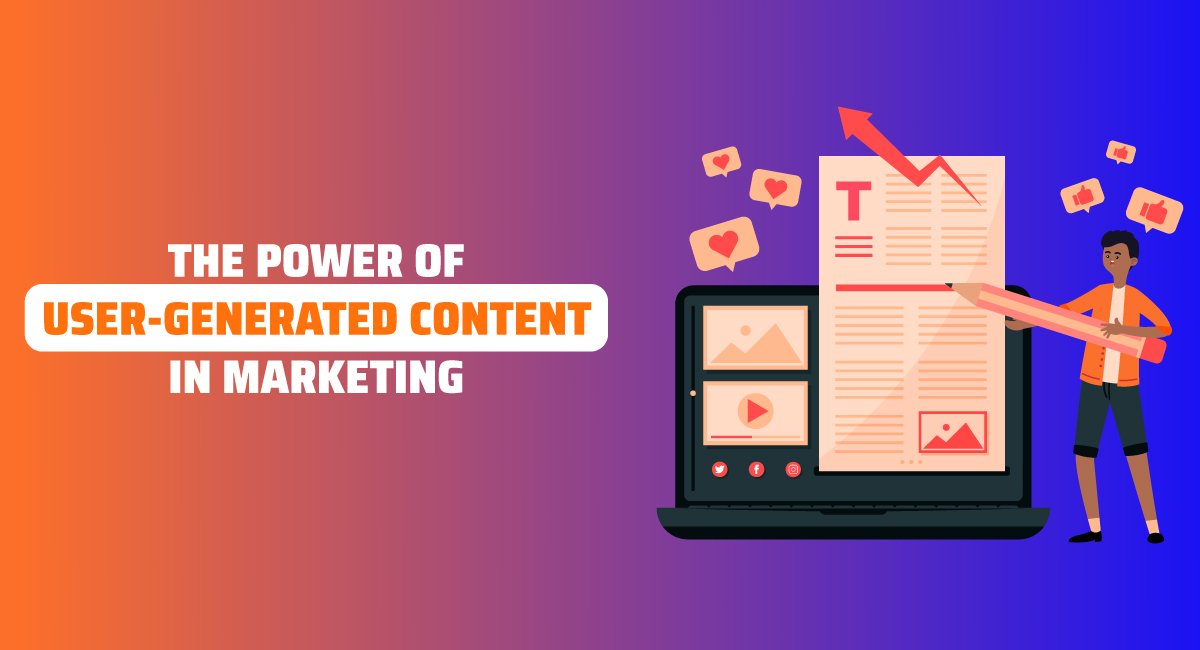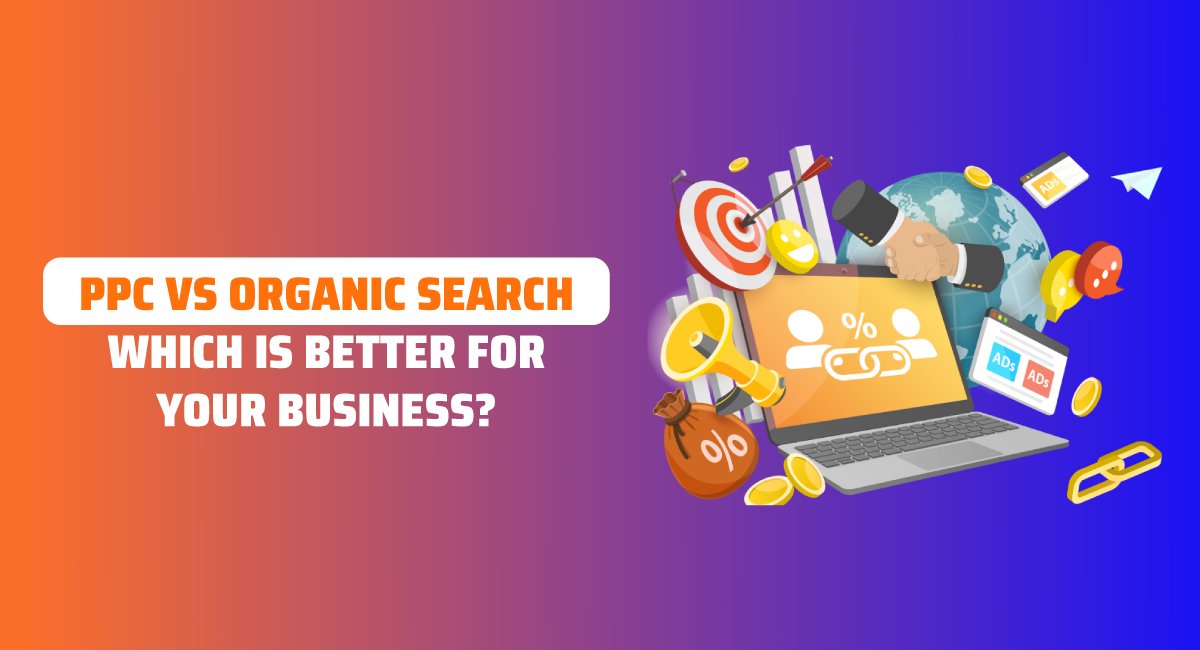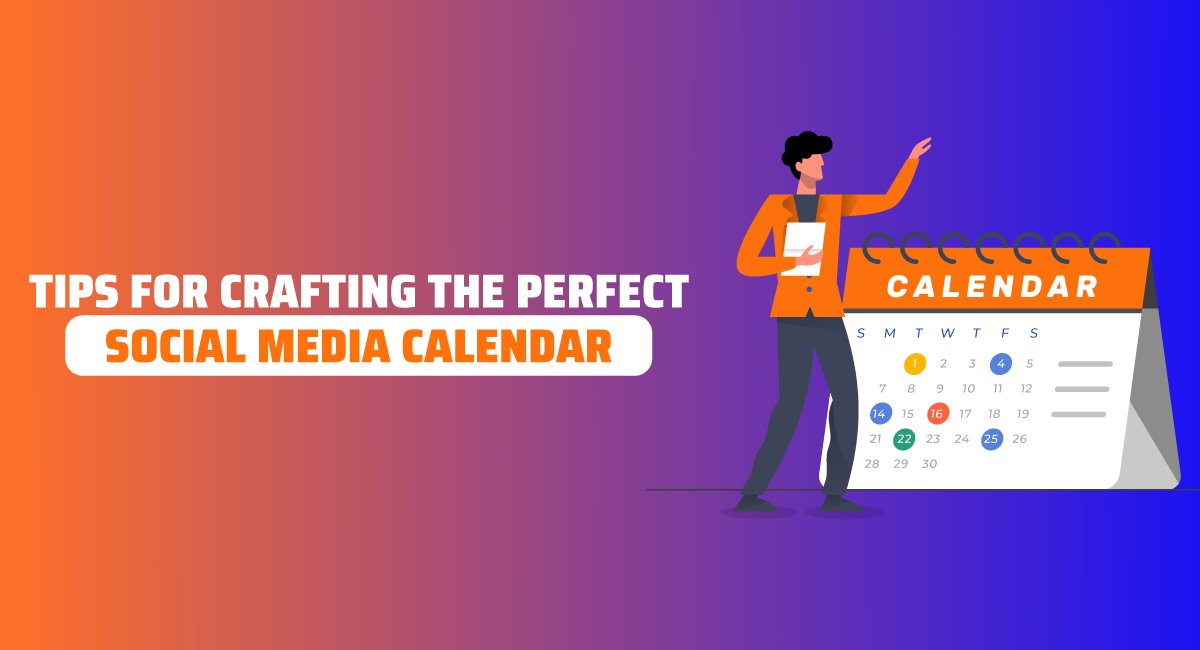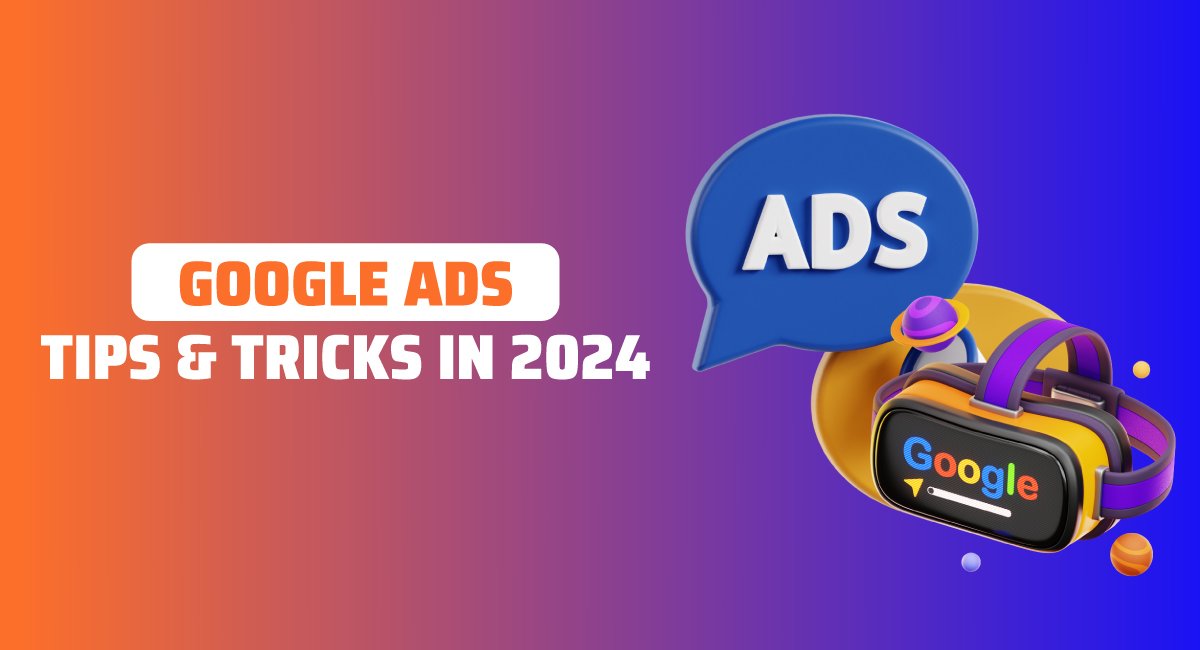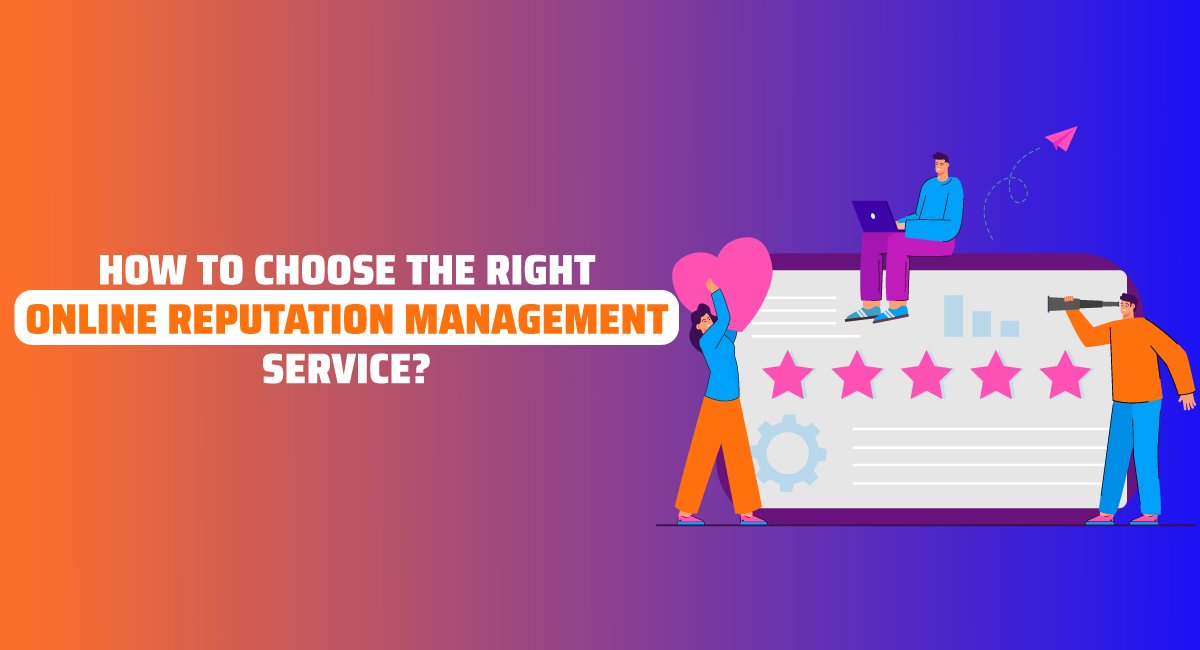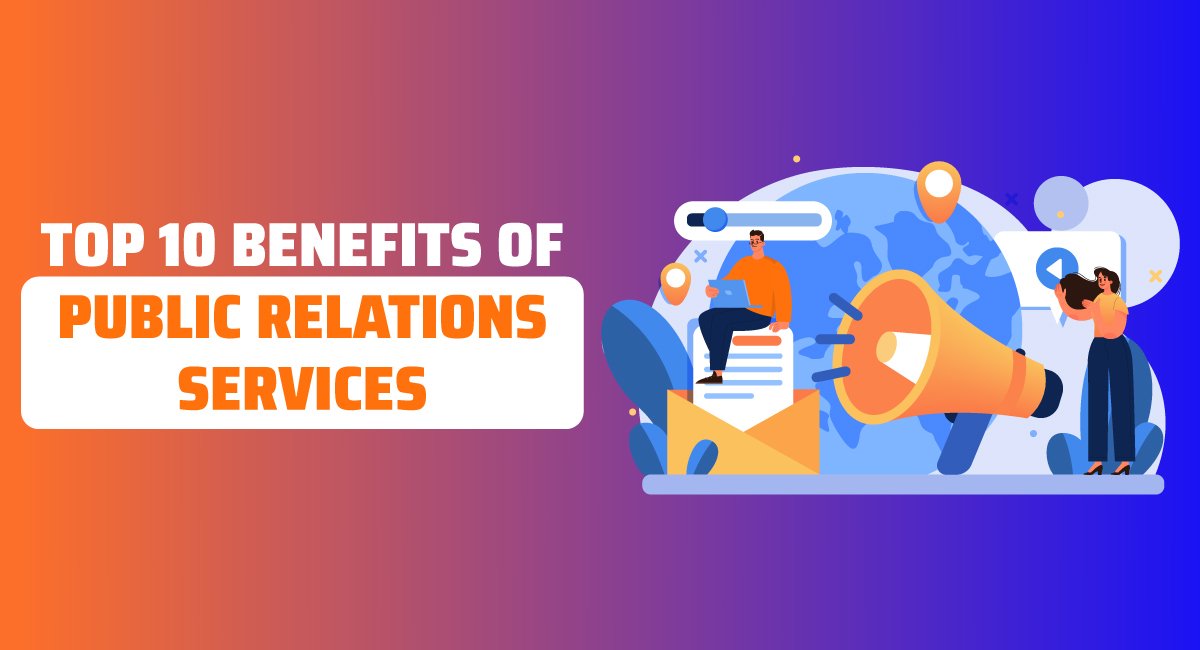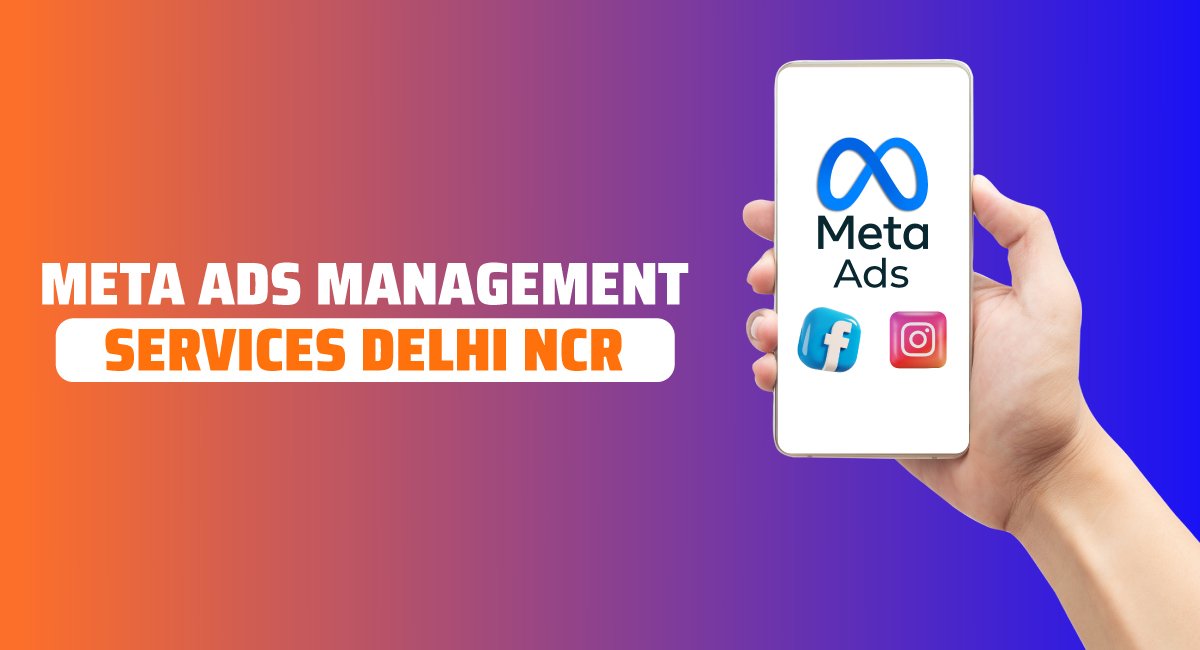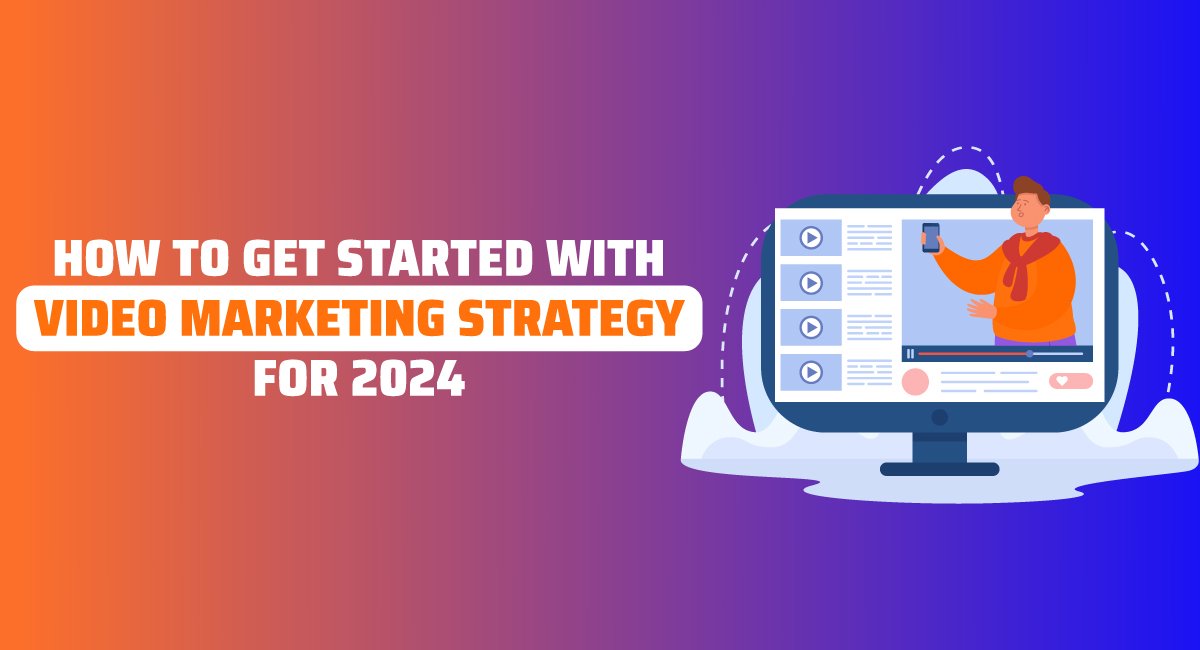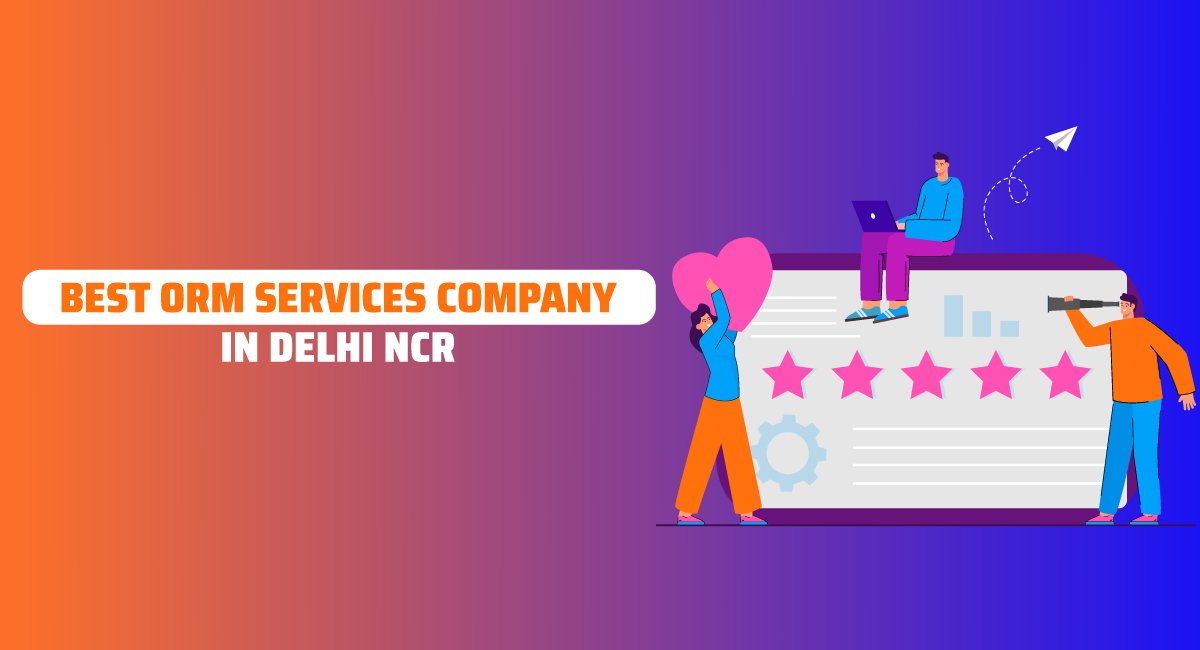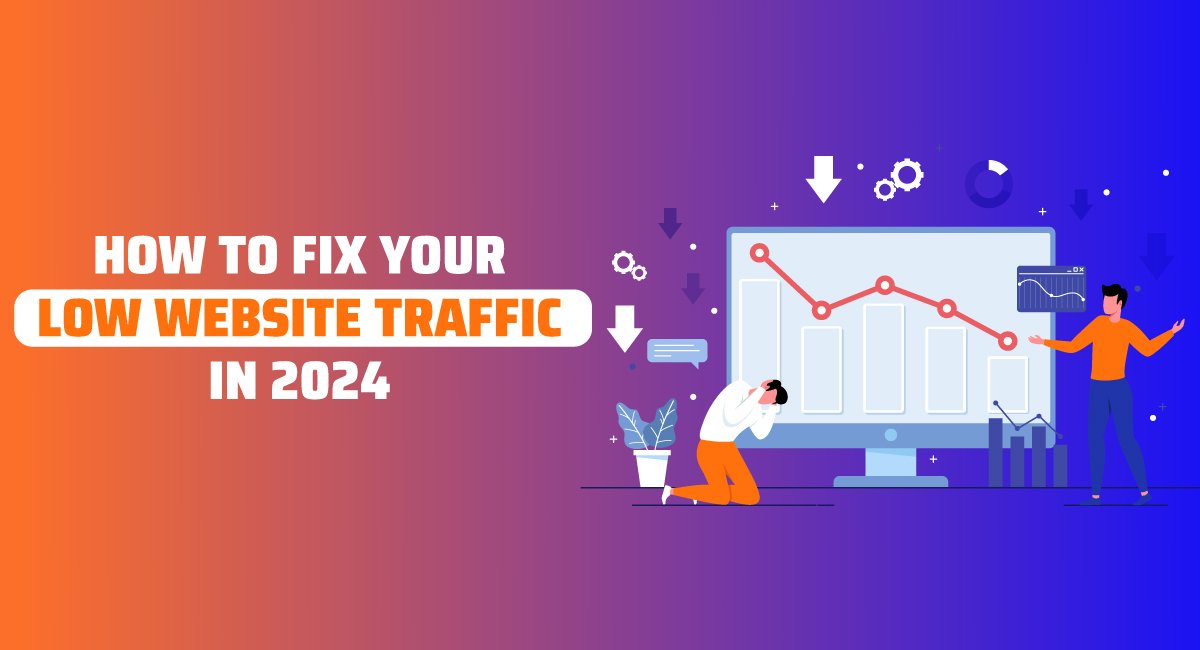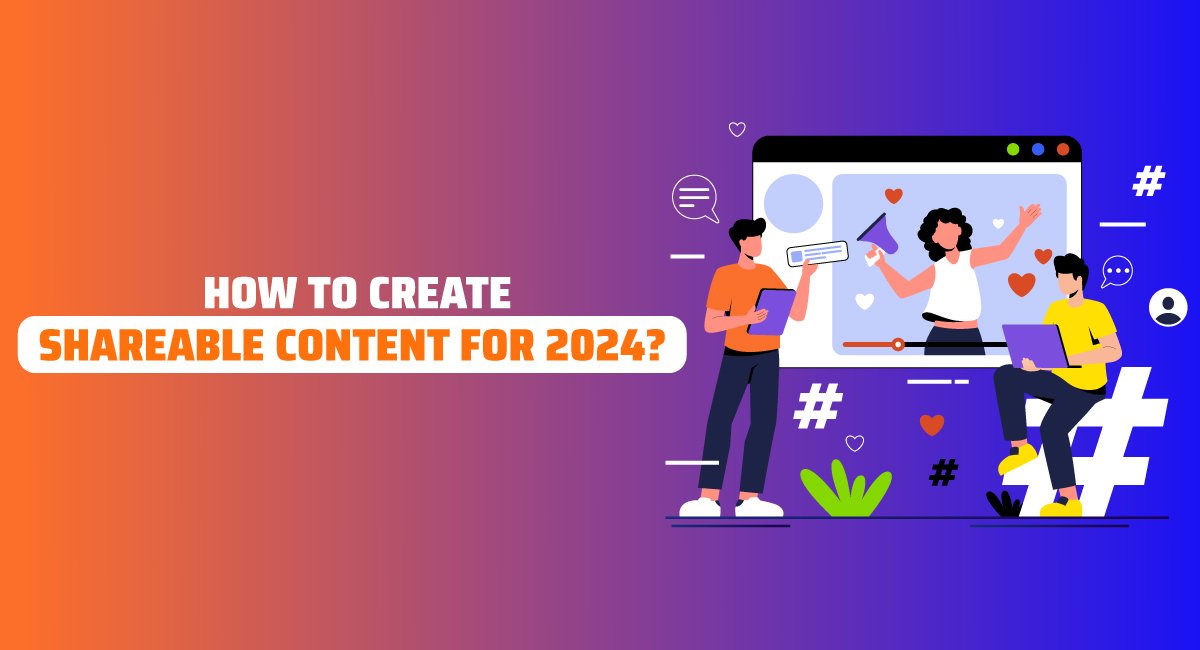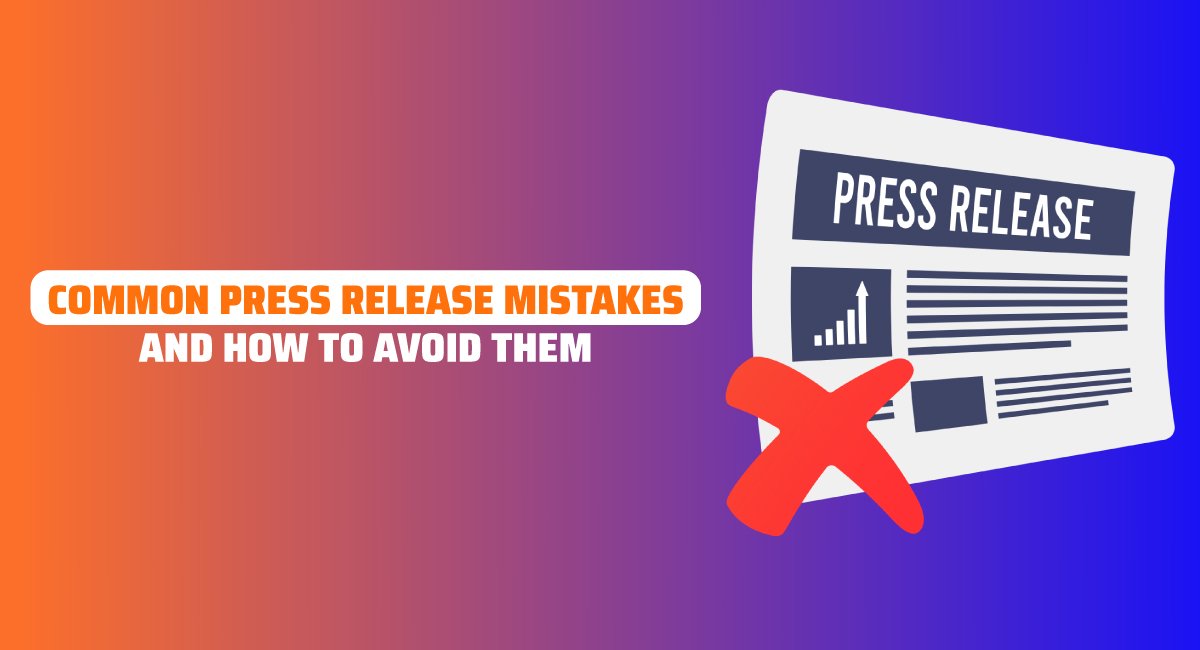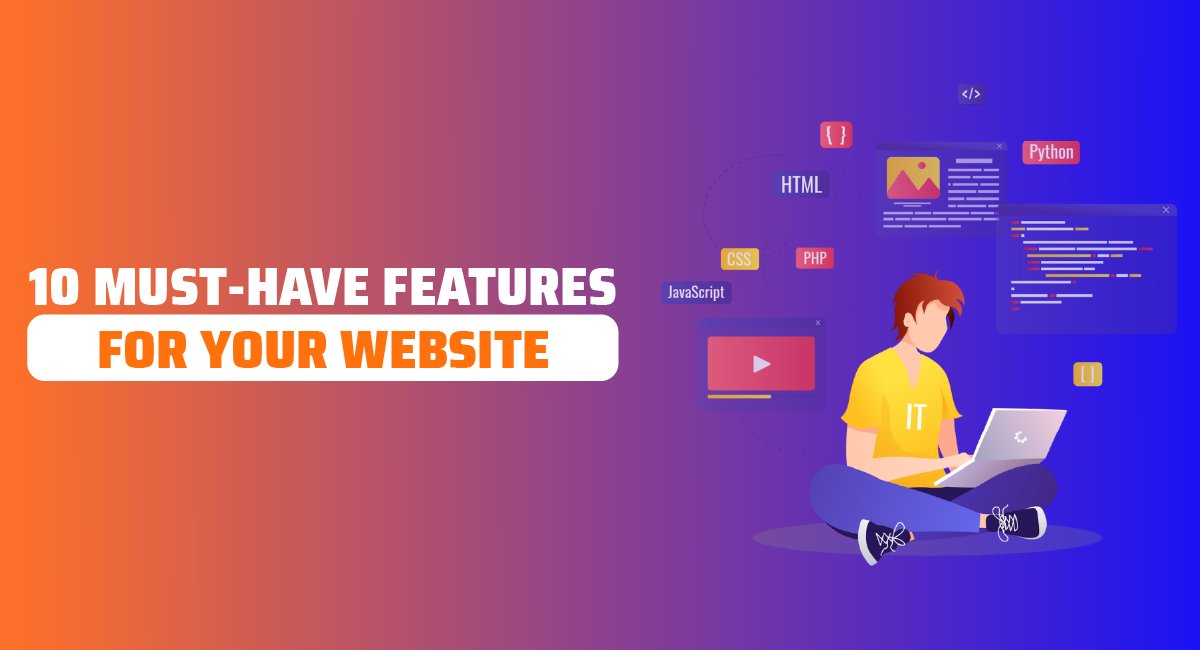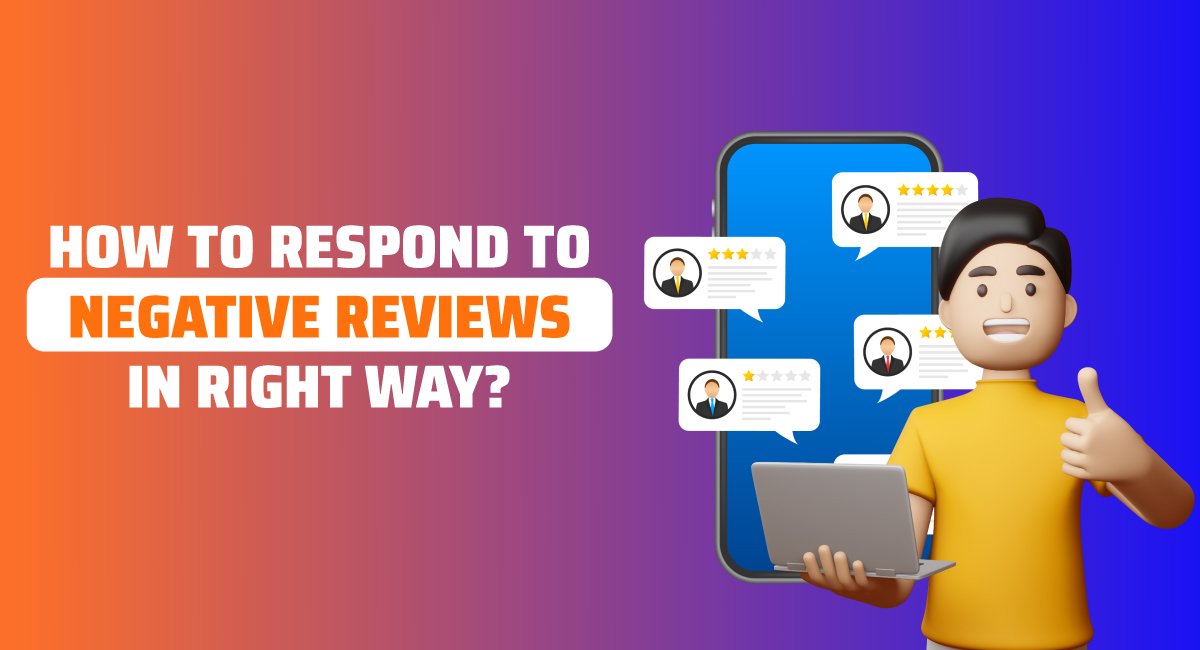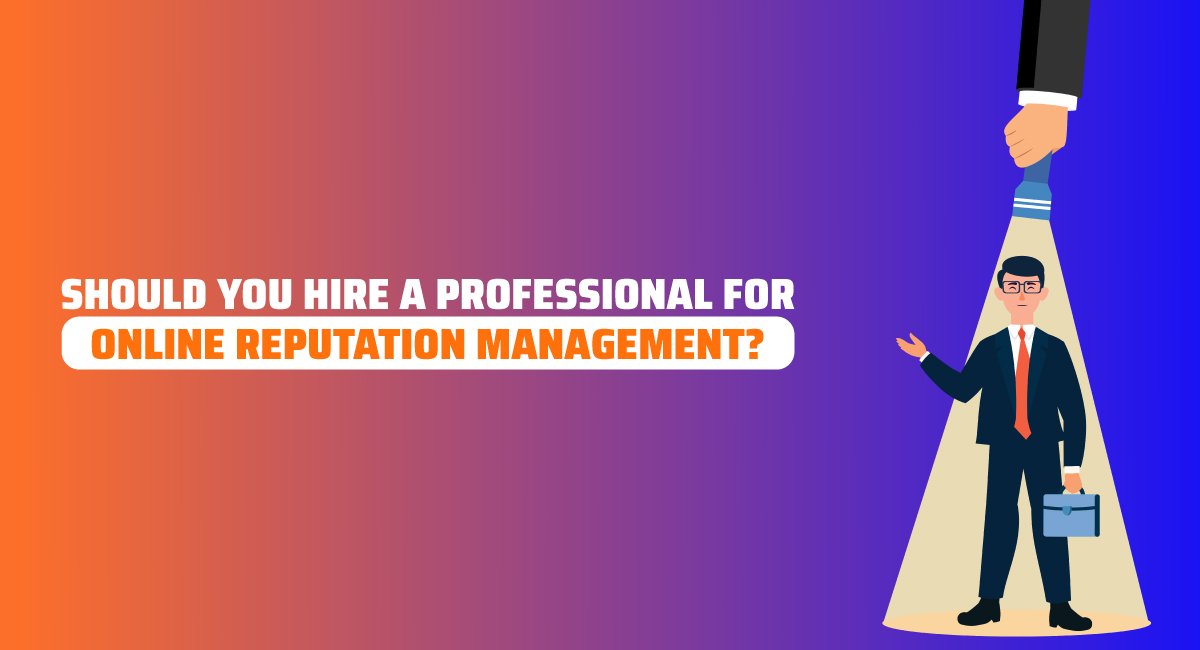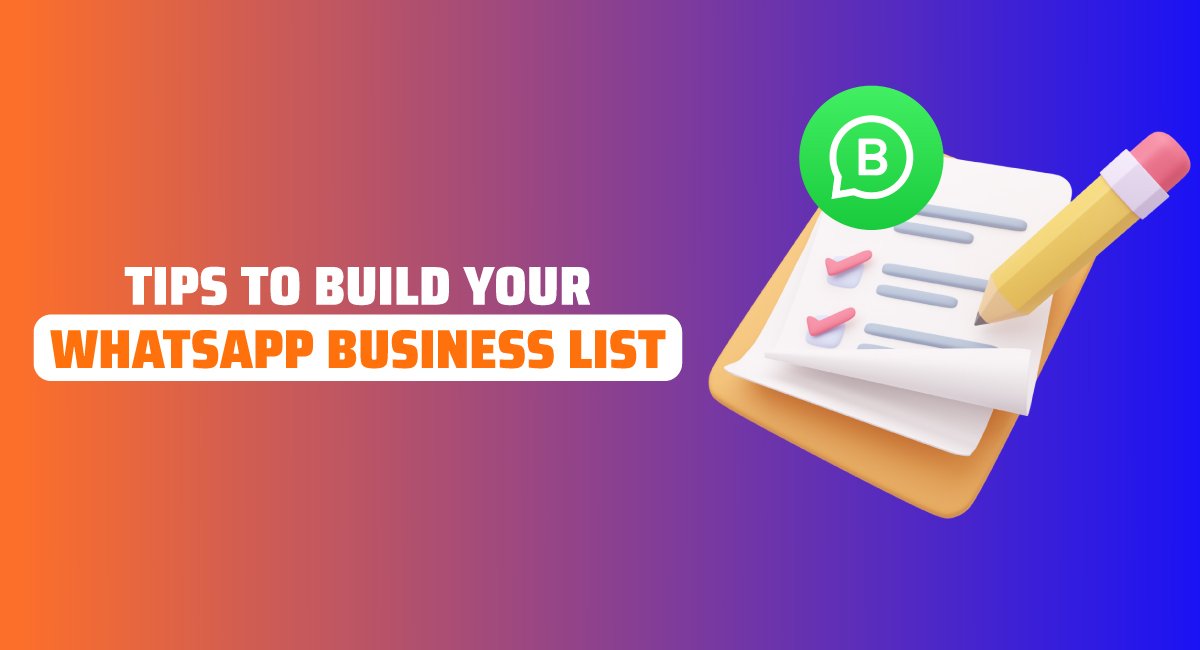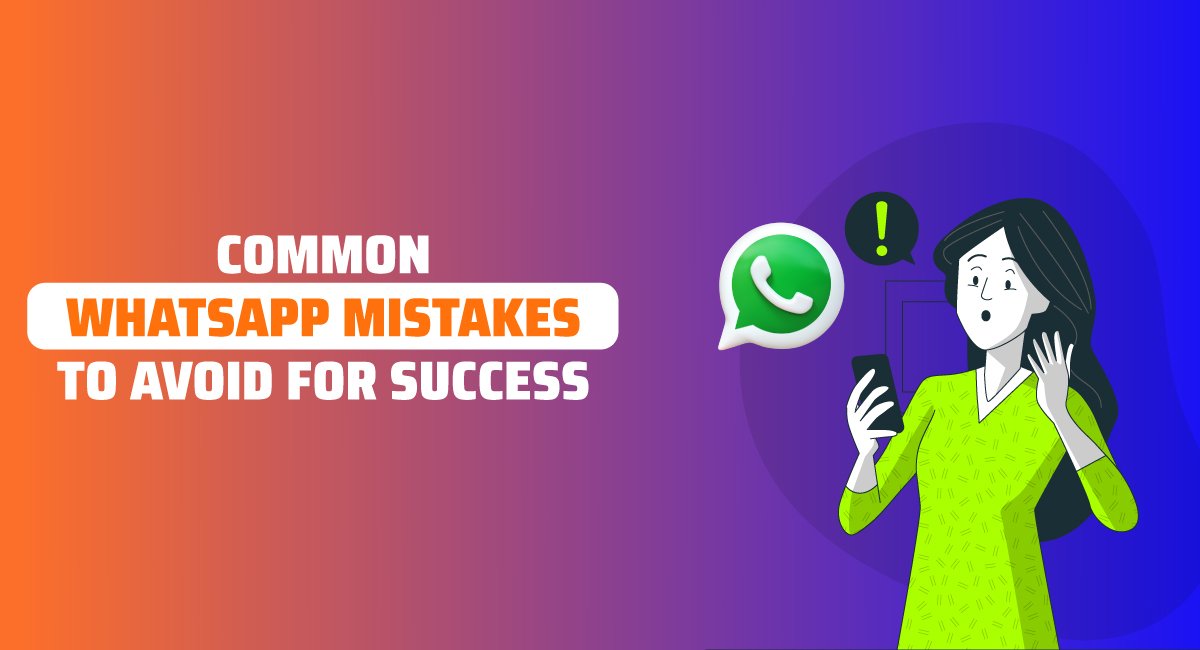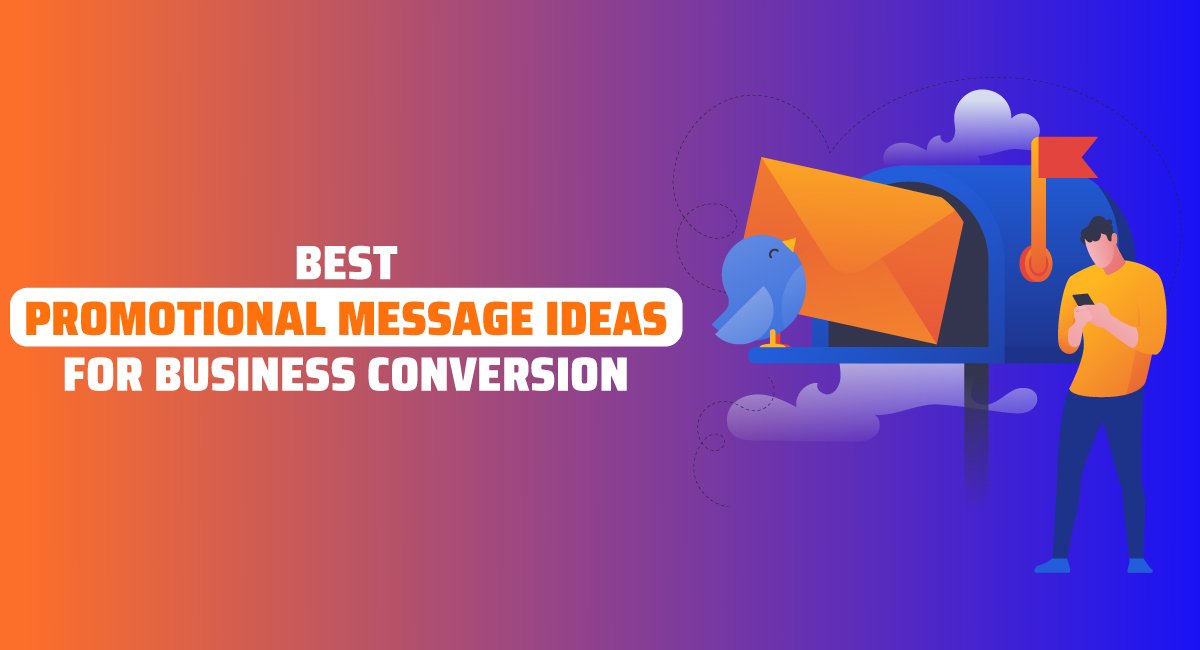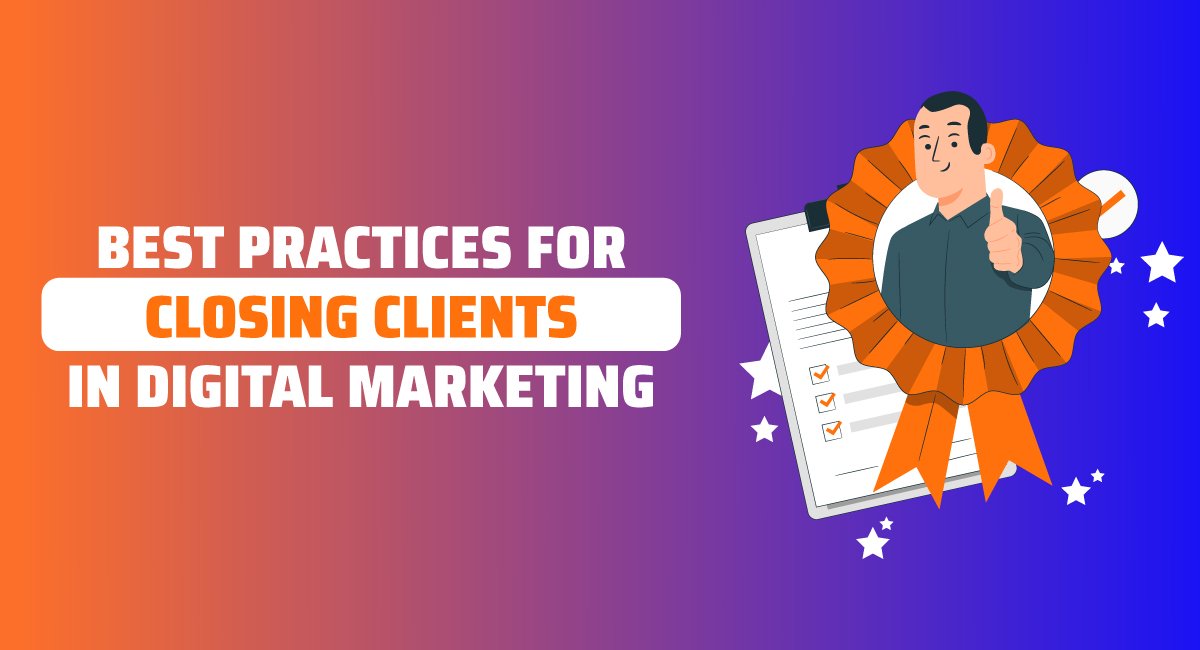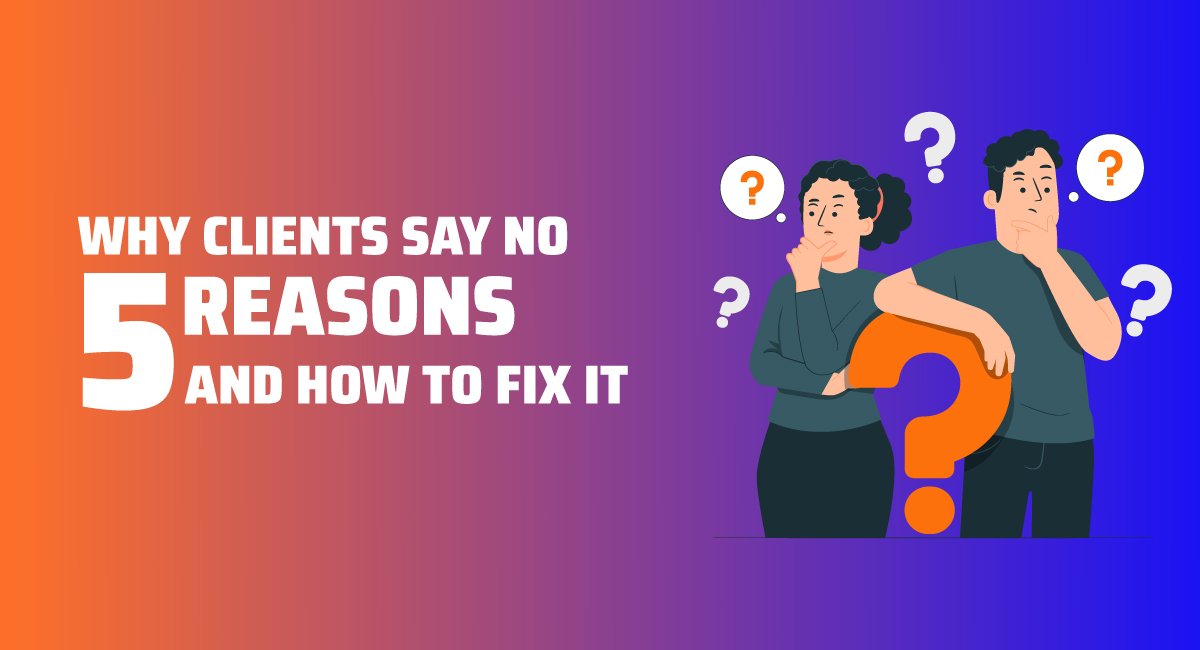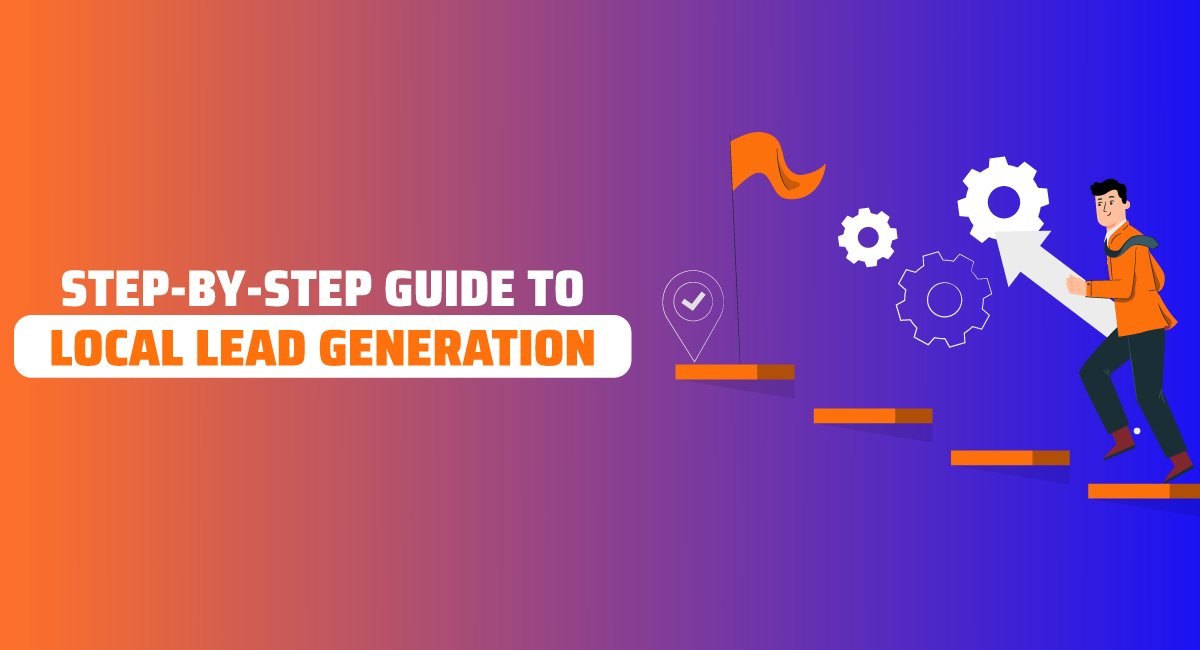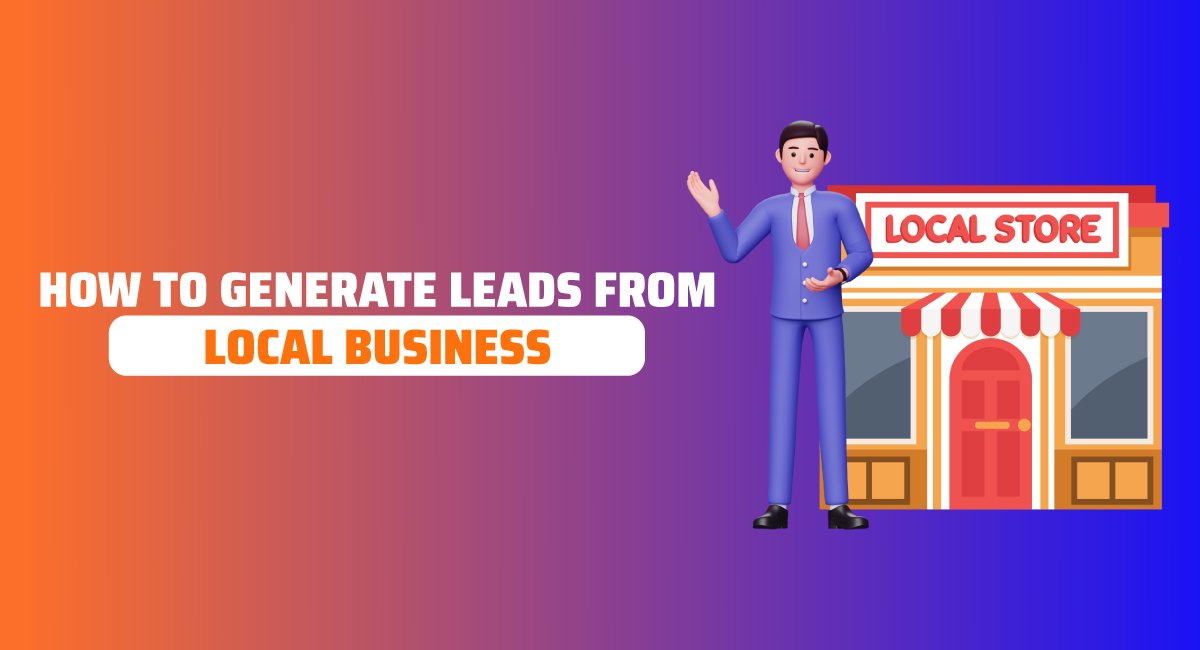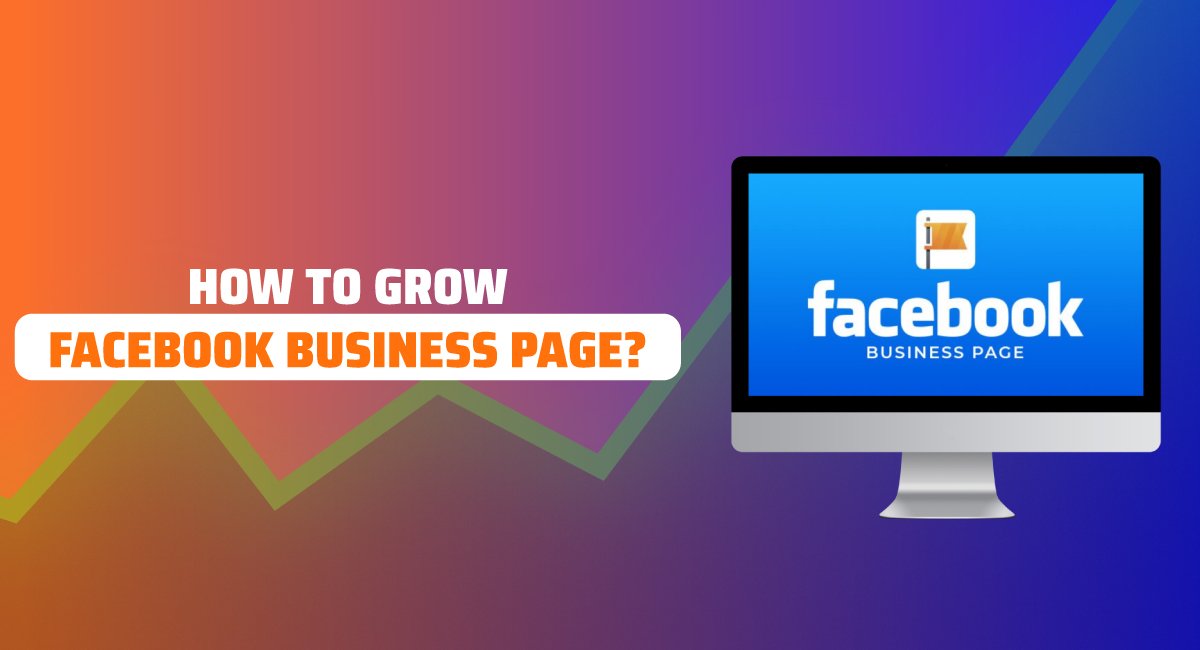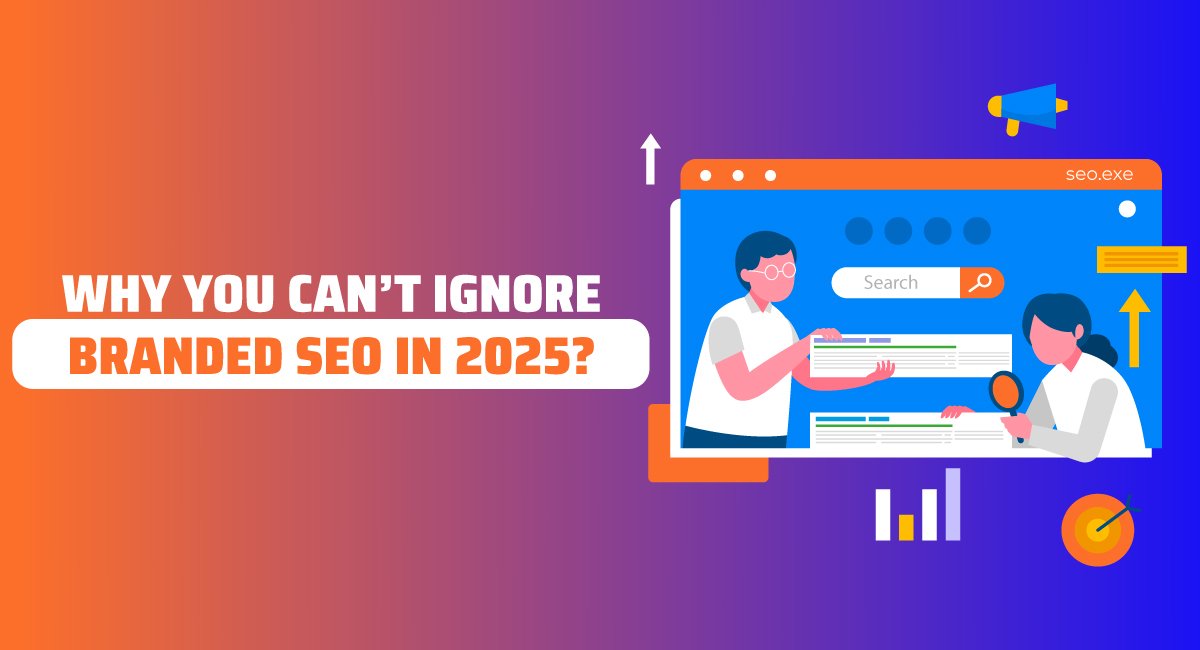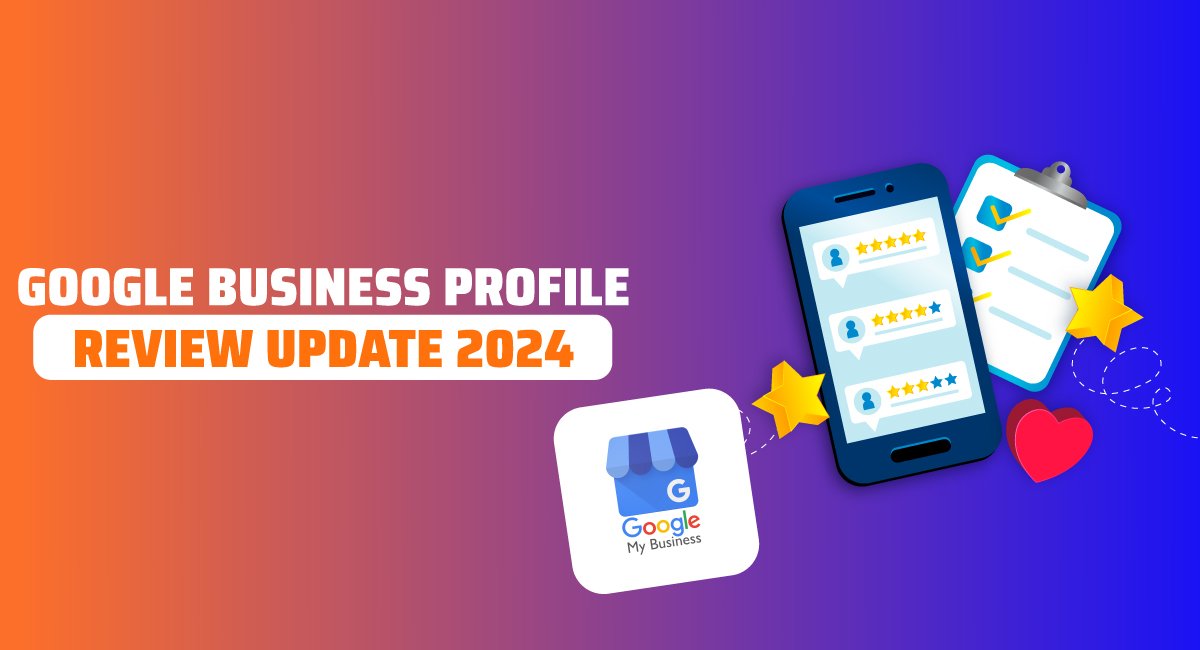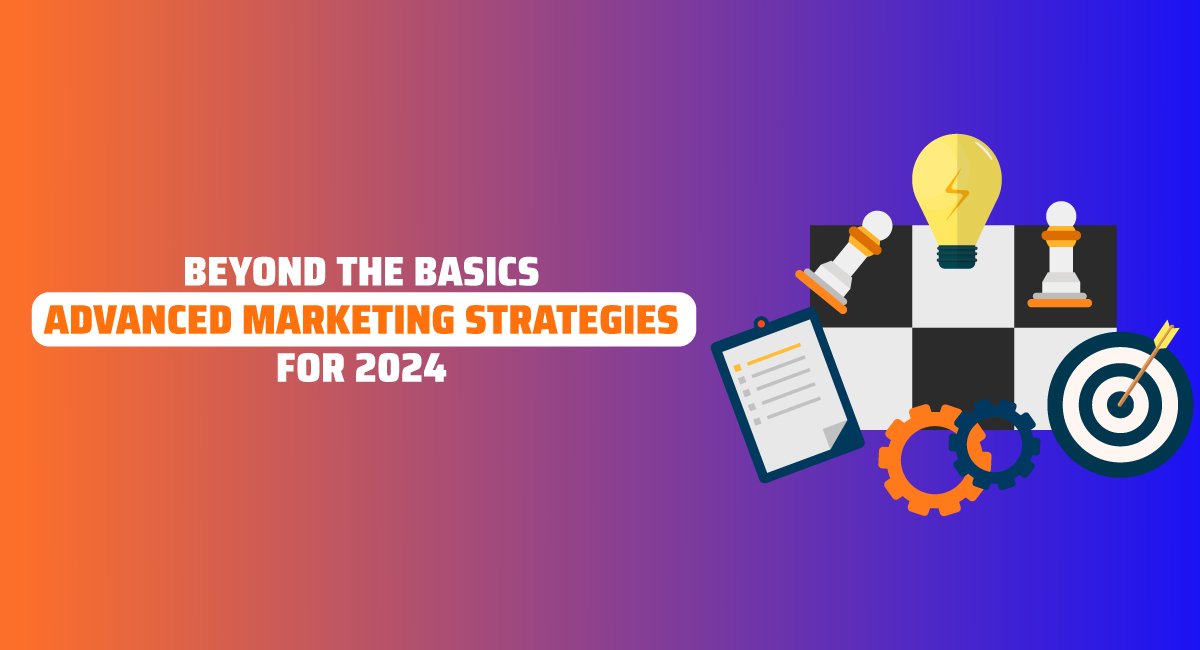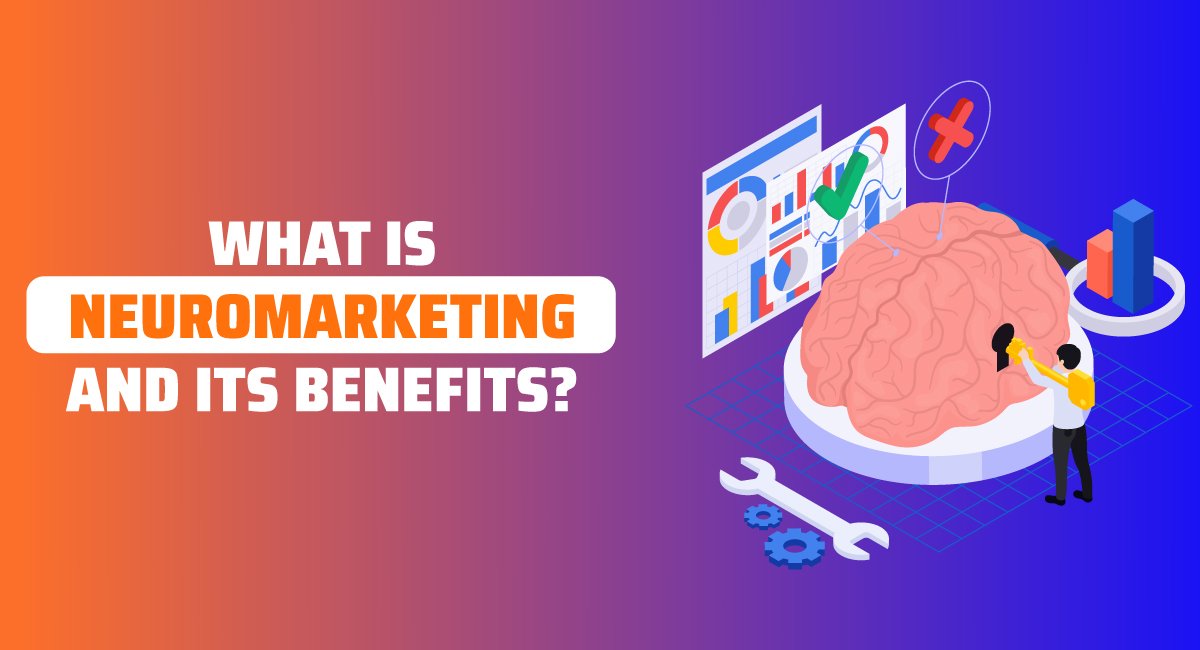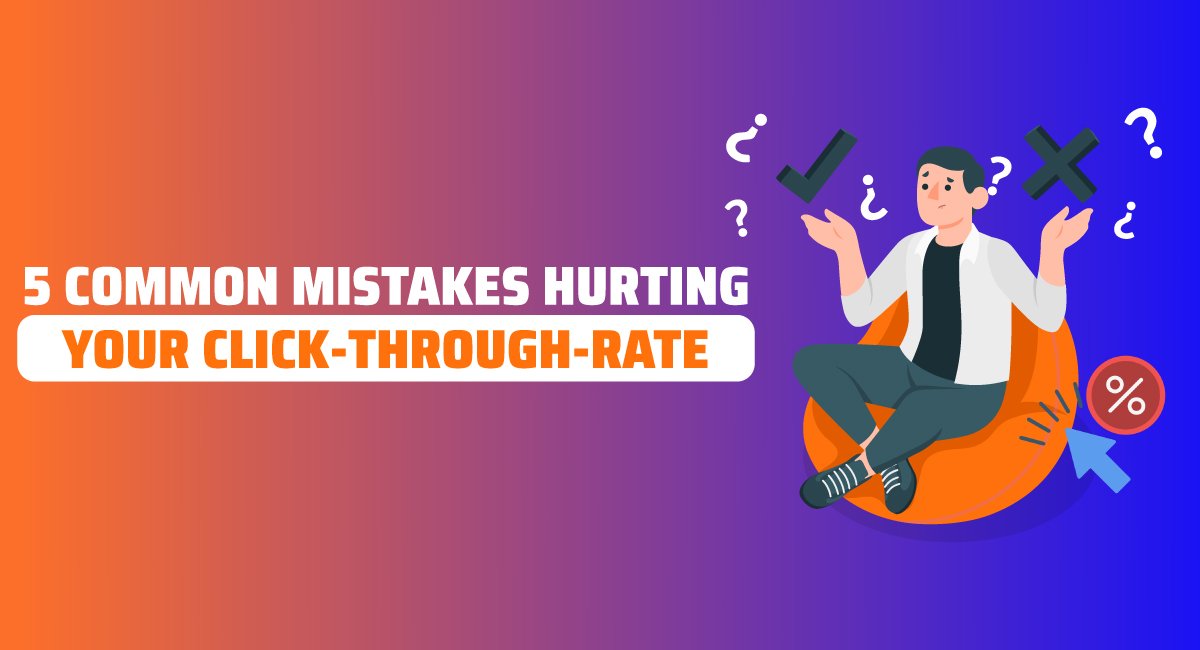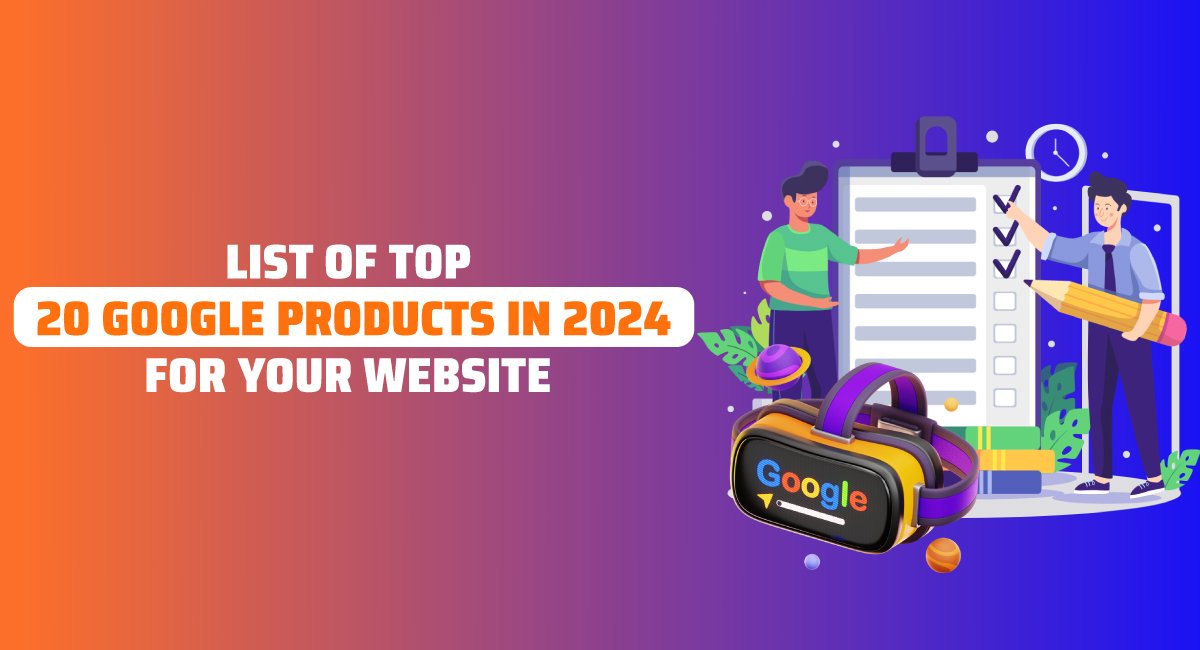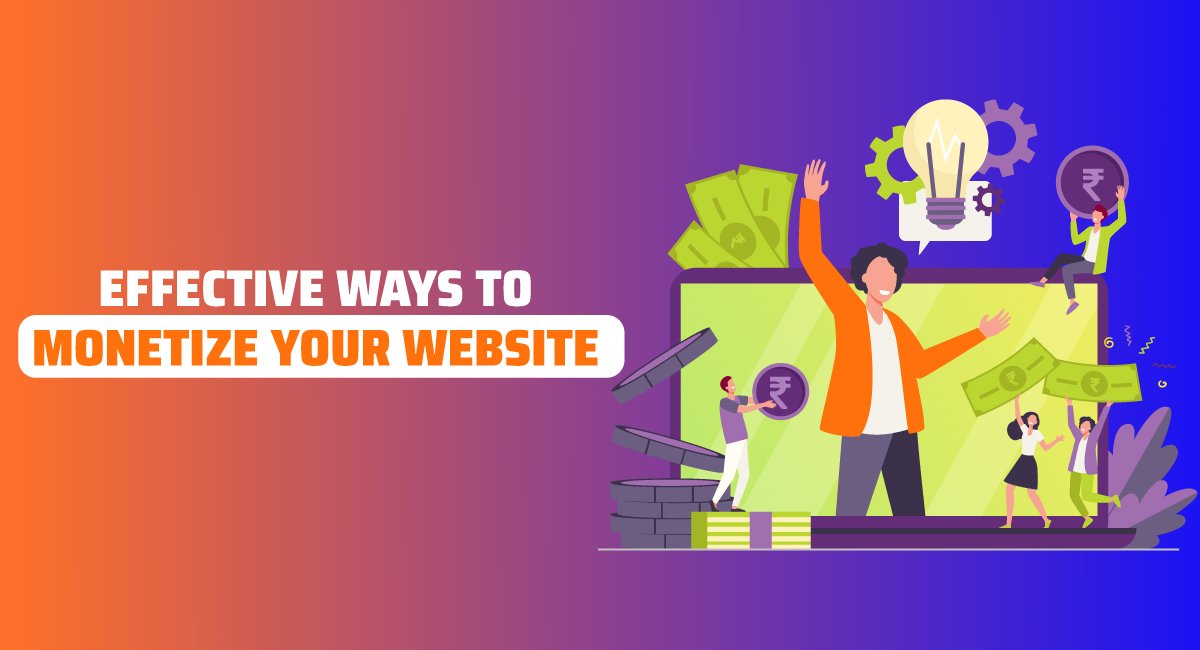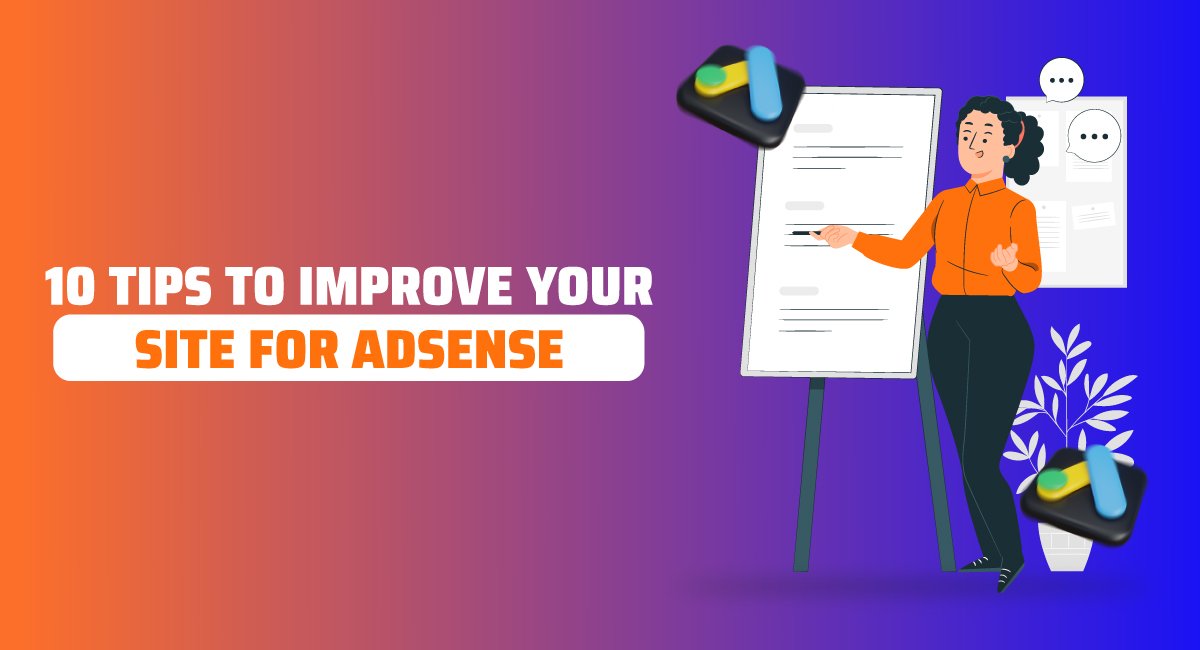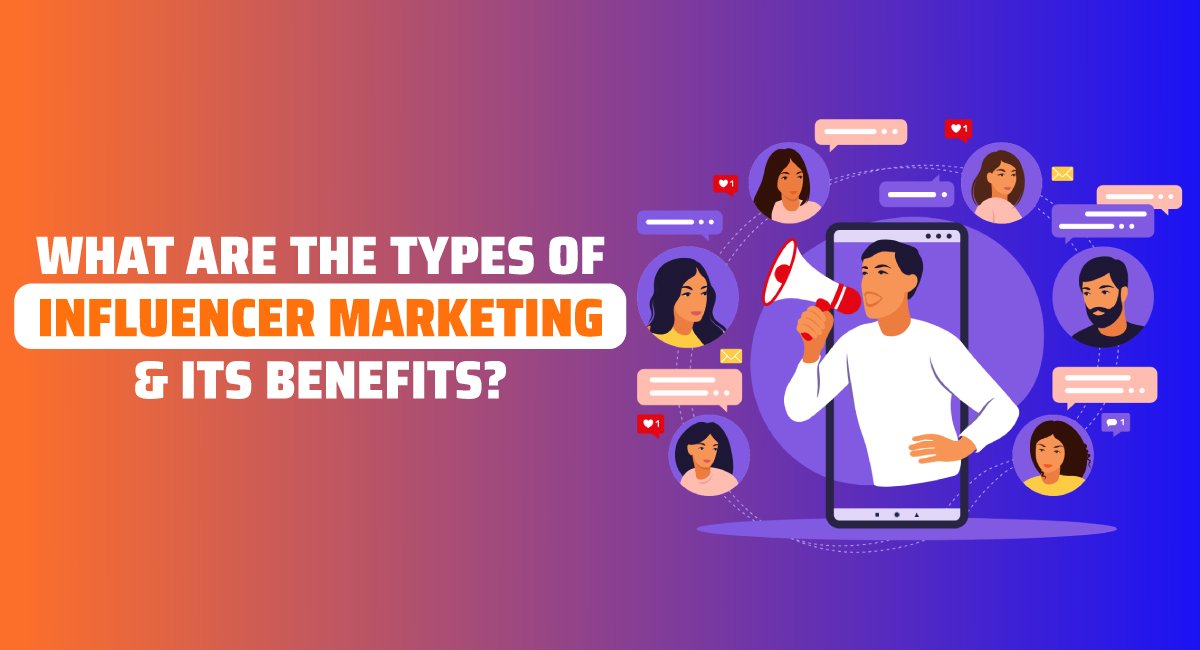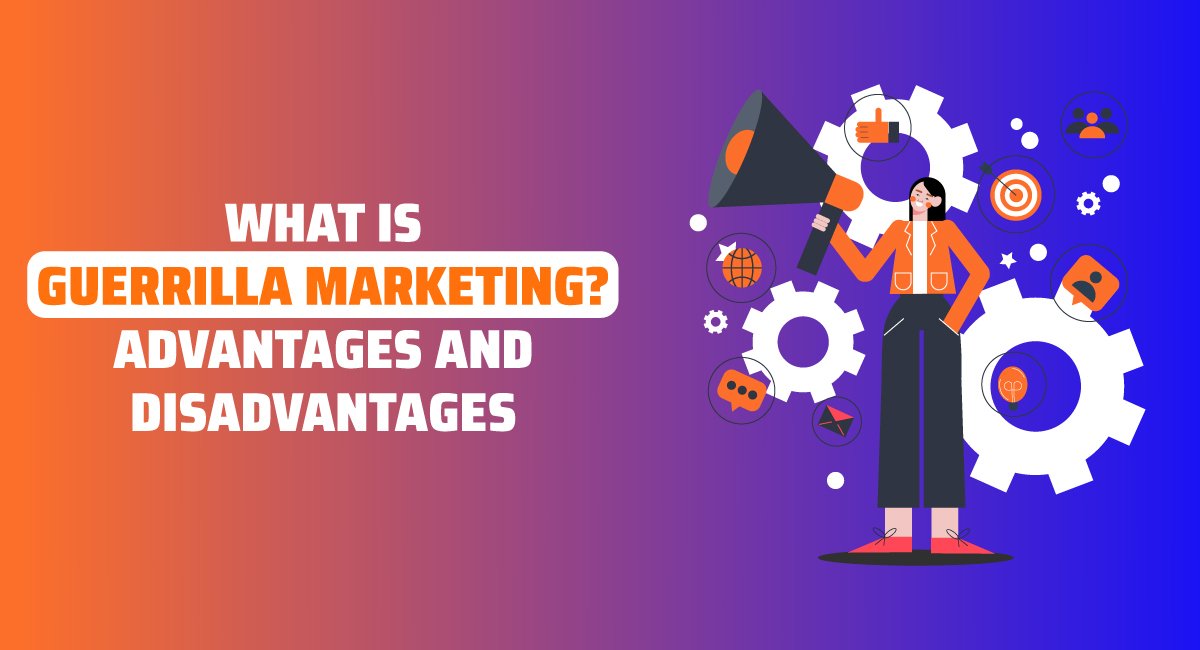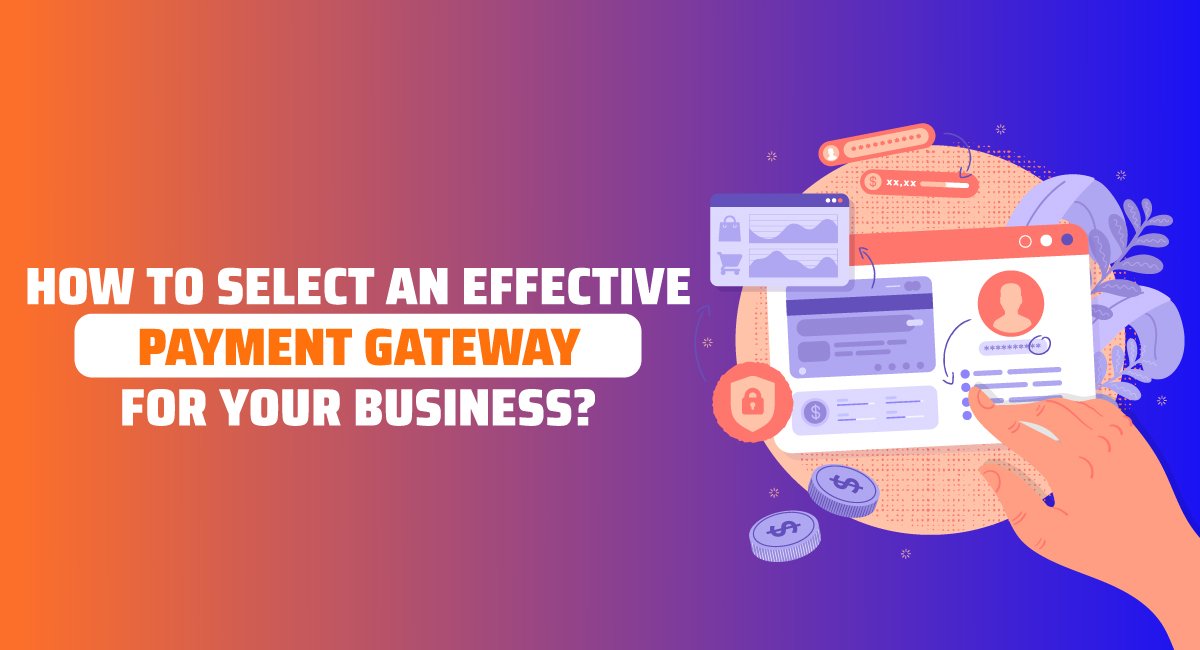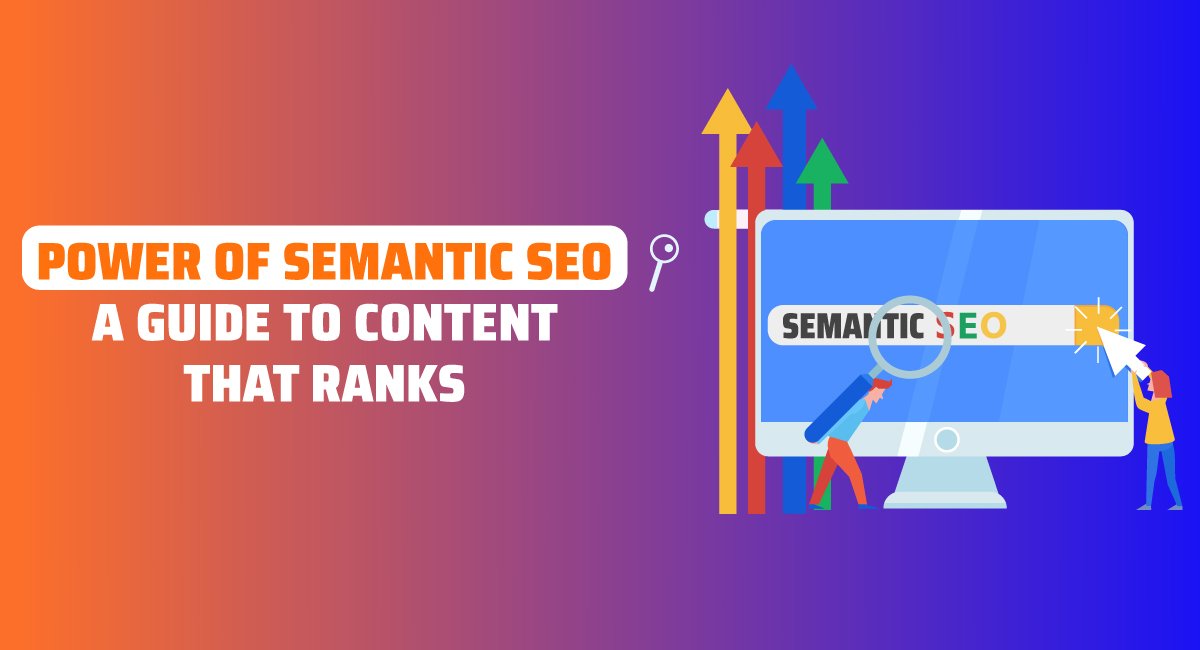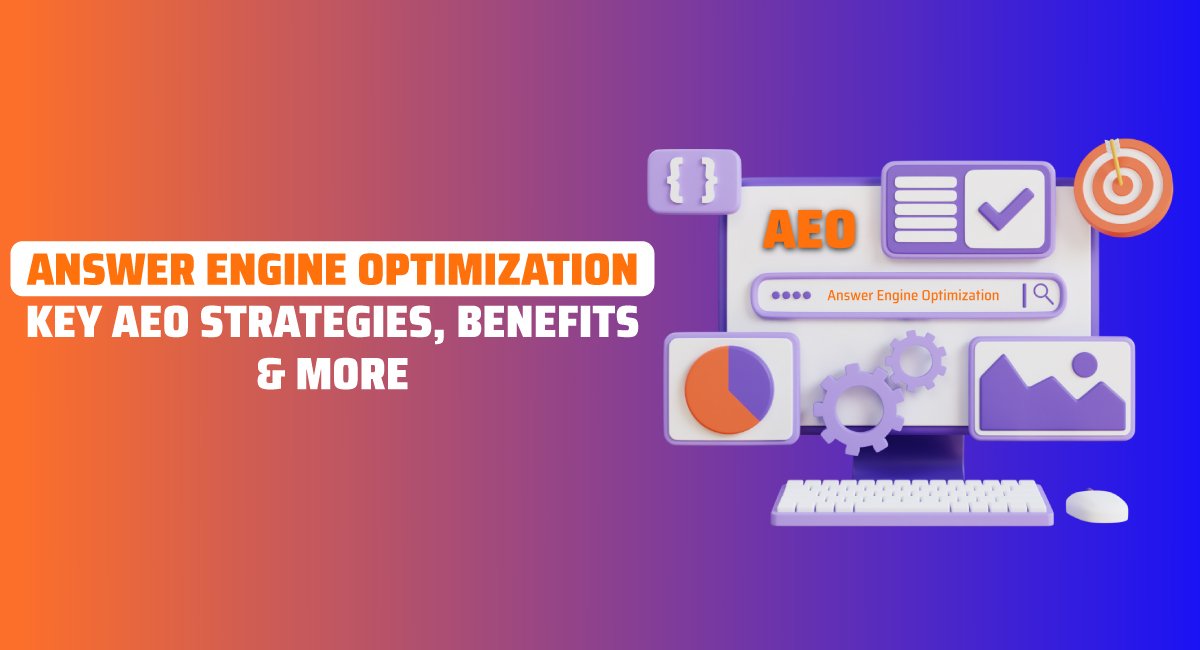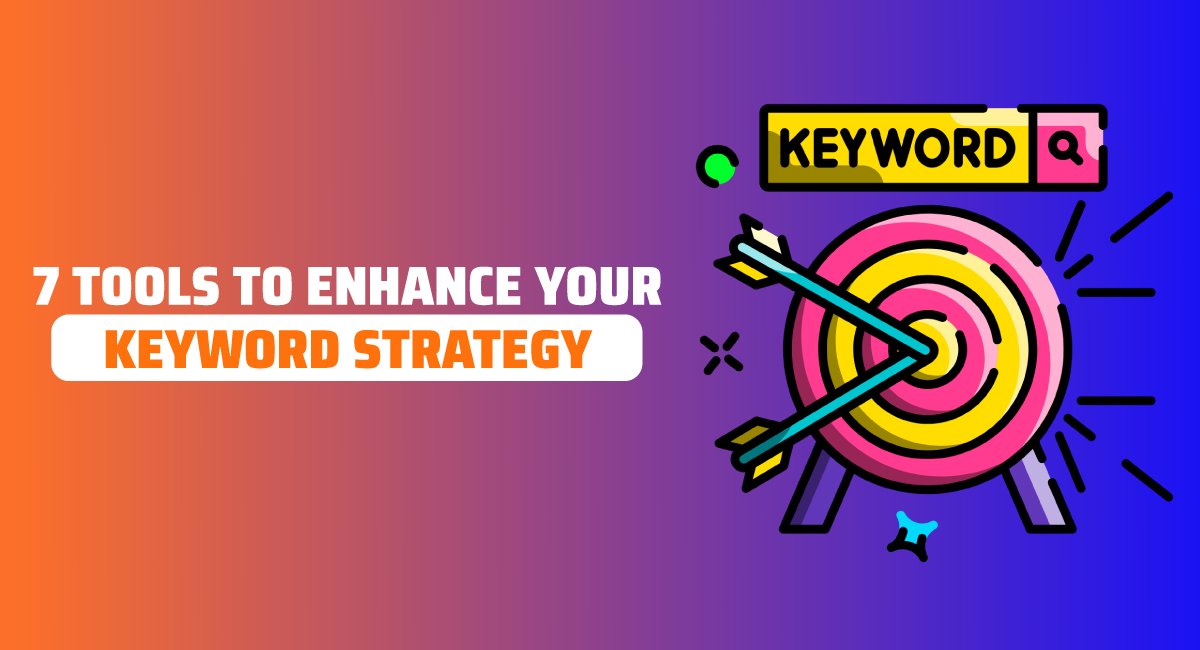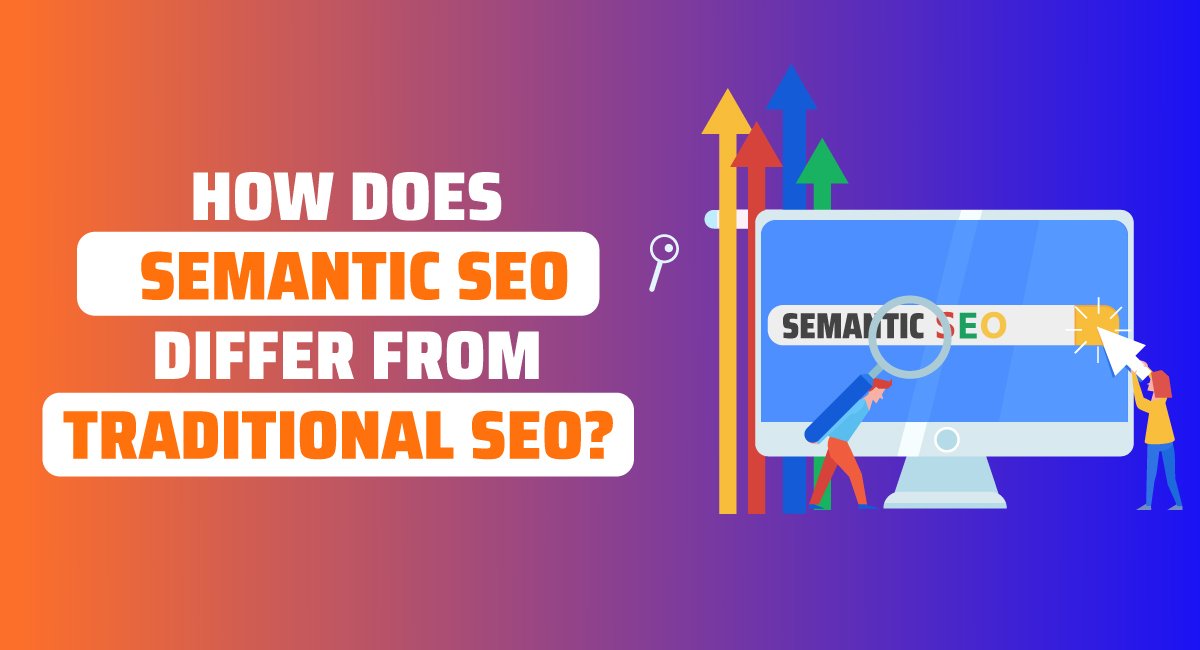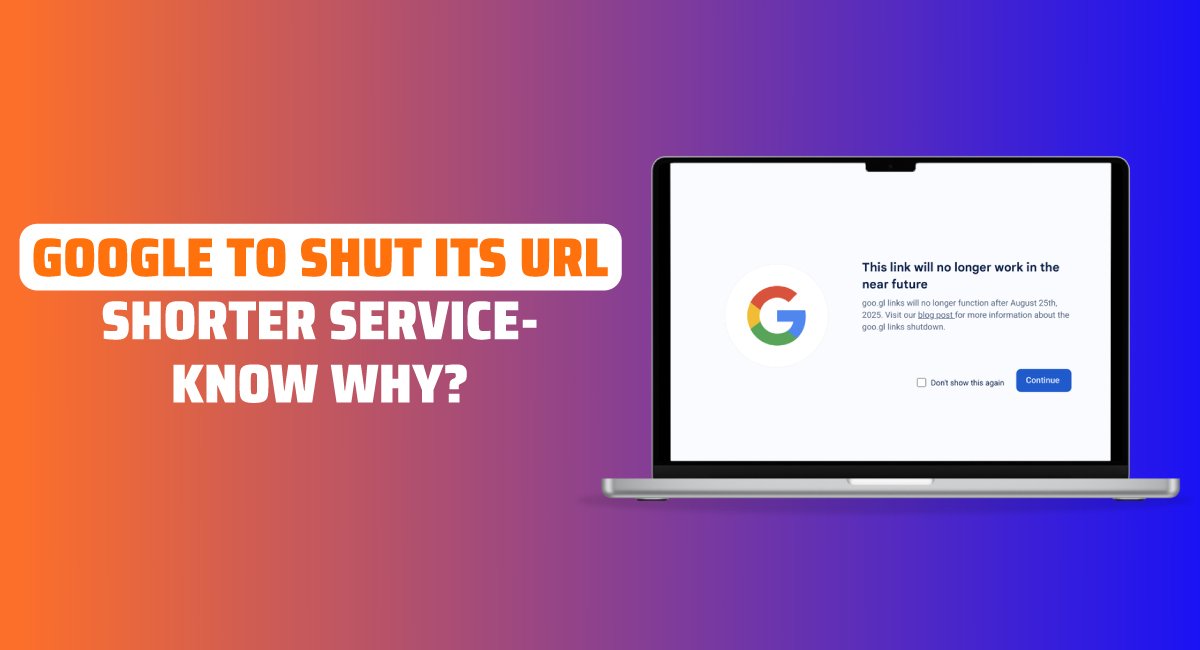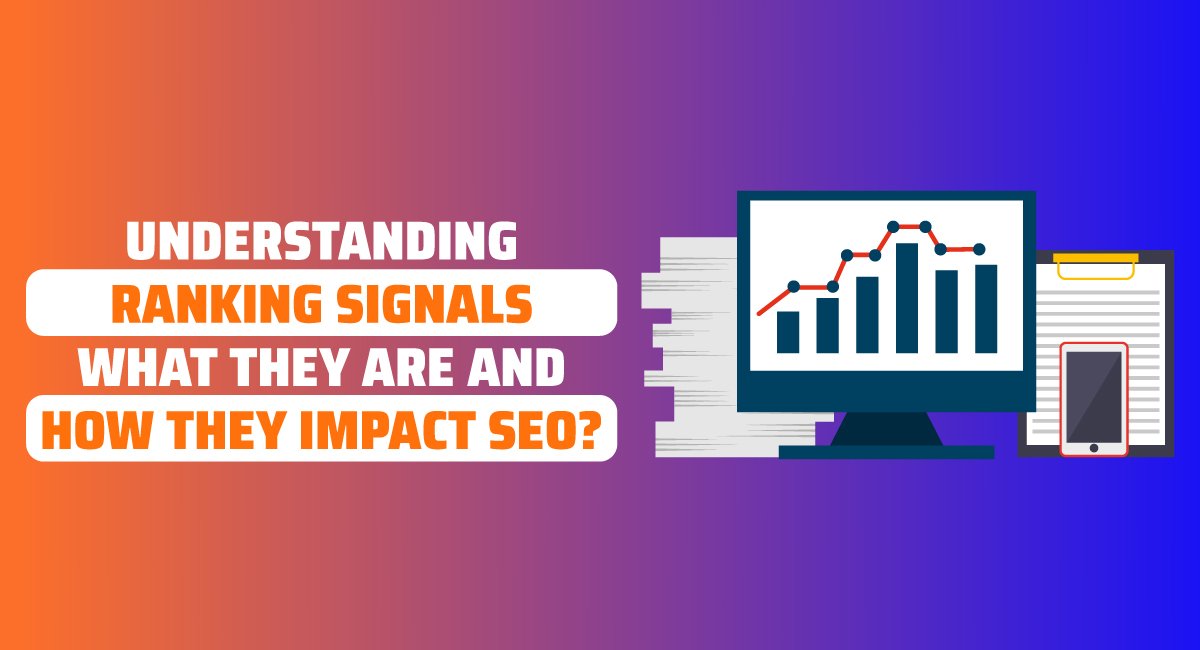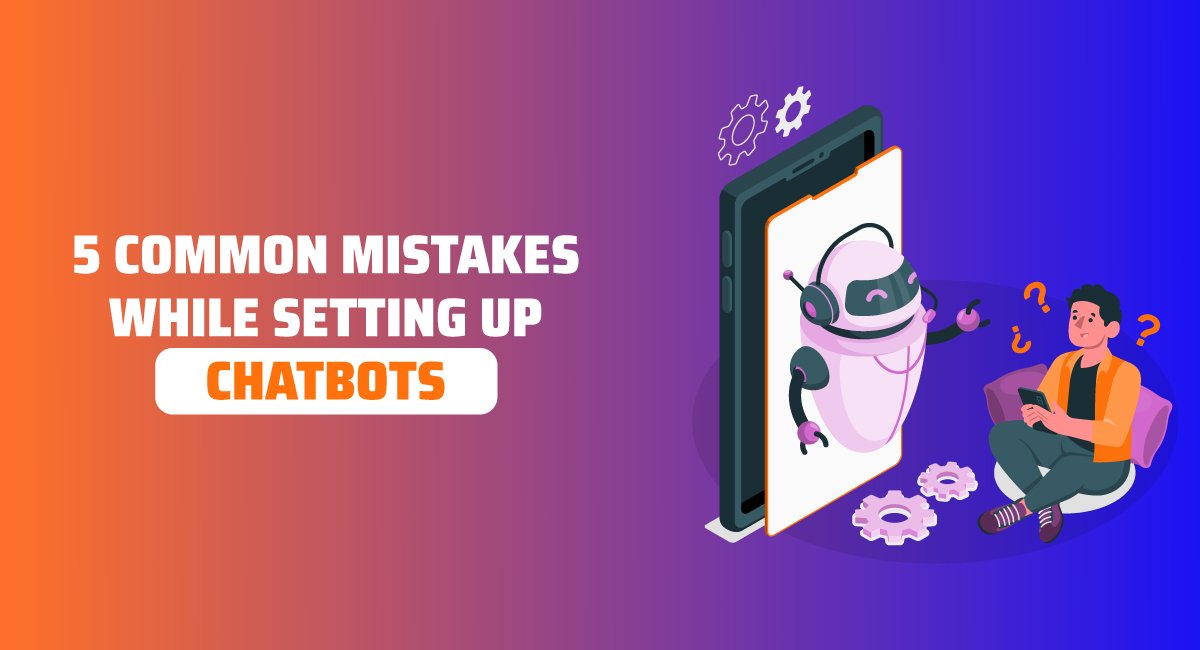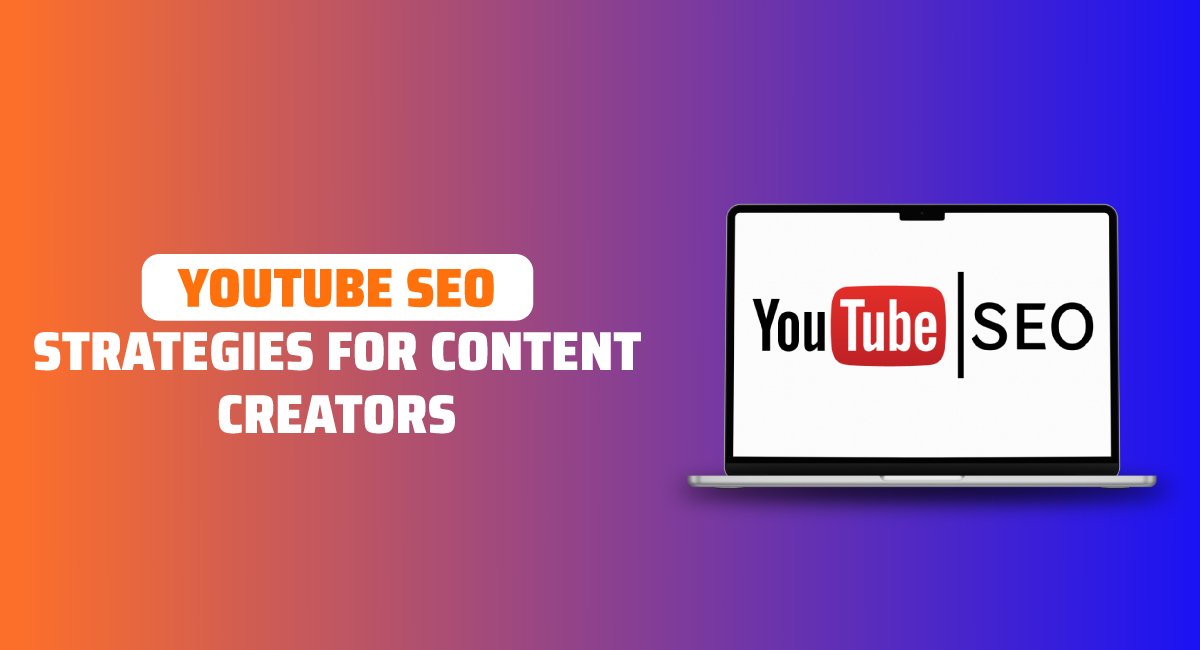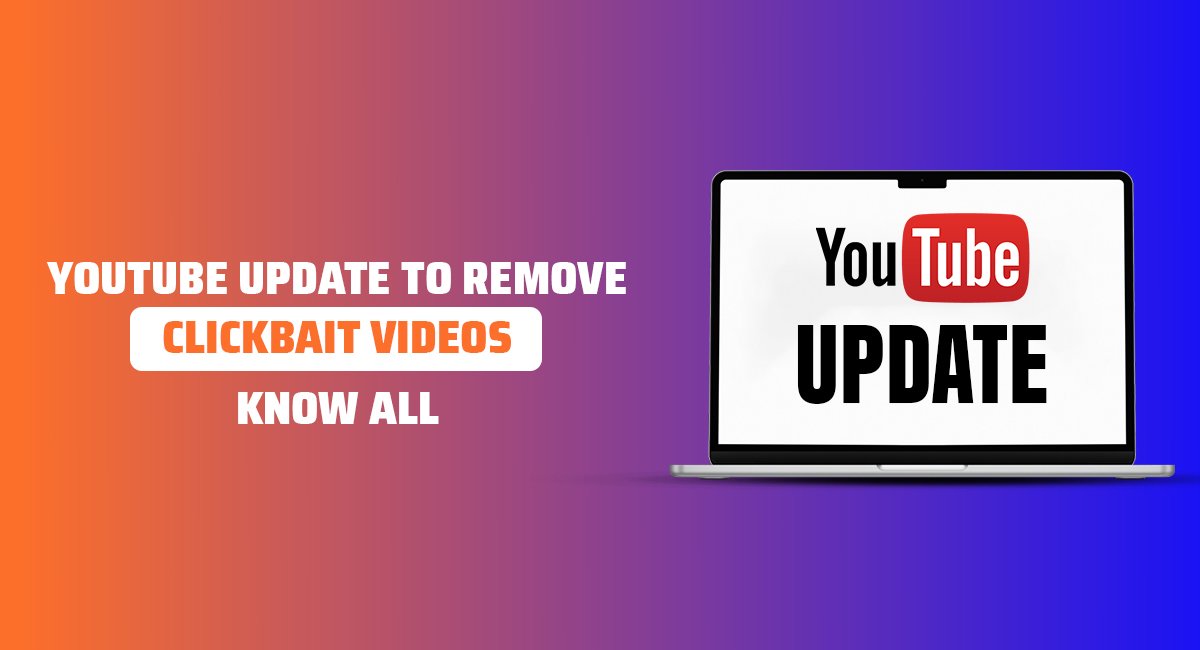
What Are the Best 360° Digital Marketing Strategies?
In today's high-tech digital arena, a business needs to keep its online presence healthy in order to attract greater audiences and increase revenue. Thus, 360-degree digital marketing involves a high-level approach toward internet marketing, which combines different strategies, including social media marketing, search engine optimization, email marketing, and paid advertising, in order to connect a larger pool of prospective customers through all touch points.
This will, in turn, enable the business to reach its prospects through multiple media channels over various devices toward the enhancement of brand visibility and loyalty. Key Benefits of 360 Digital Marketing
Benefits of 360° Marketing
One of the huge benefits of 360 degree digital marketing is that it can hit clients on a global dimension irrespective of location. With the advancement of social media platforms and online advertising, businesses can comfortably target and engage users across the globe, expand their reach, and grow their customer base. Targeted advertising gets new customers to businesses while retaining existing ones, and its ultimate drive is sales and revenue.
In addition, a 360 degree digital marketing strategy allows a real-time tracking and analysis of the business's marketing efforts. It helps find out what the customers want and their behavior very effectively. Businesses can optimize their marketing campaigns for better performance and results by monitoring metrics such as website traffic, click-through rates and conversion rates.
This method would give the company information that can advise its decisions to improve or transform those tactics in which it loses momentum, succeeding in an ever-pace digital landscape. Ultimately, 360 degree digital marketing is a strategy that sees businesses get ahead of the competition and experience sustainable growth and success.
360° Digital Marketing Strategies
A holistic online marketing approach to a 360-degree digital marketing strategy includes the use of multiple channels and tactics that create a cohesive customer experience. Here are its main components:
1. Website Optimization
Your website should be user-friendly, mobile responsive, and optimized for search engines (SEO) with fast loading times, clear navigation, and valuable content.
2. Search Engine Optimization (SEO)
Optimize content and website structure to better and higher organic search rankings. Keyword research, on-page SEO, as well as backlink building, need to be in focus.
3. Content Marketing
Create and distribute valuable, relevant, and consistent content that attracts and retains audiences like your intended audience. Some of the most useful tools for getting that done are blogging, video marketing, infographics, among many others. On the other hand, establish your brand authority in your industry.
4. Social Media Marketing
Use social media to engage with your audience, post, and promote your brand on channels such as Instagram, Facebook, or LinkedIn.
5. Email Marketing
Design targeted email campaigns that generate leads and retain customers. When content is based on user behaviour and preferences, it increases engagement.
6. Pay-Per-Click (PPC) Advertising
Use paid advertising tactics across platforms like Google Ads and social media to rapidly imbibe traffic and conversion. Campaigns need to be monitored and optimized regularly.
7. Influencer Marketing
You partner with influencers who speak the same language as your target market. They use authentic endorsements to build trusts through which larger and more significant audiences can be reached.
8. Analytics and Data Monitoring
Leverage Google Analytics to monitor website traffic, user behaviour, and campaign performance. Real data insights help in improving strategy over time.
9. Conversion Rate Optimization (CRO)
Testing and optimizing the landing page, call-to-action, and pathway in which conversion rates always equate to a rise in ROI.
10. Online Reputation Management
Monitoring of online brand reputation and addressing reviews, initiating customer communication, and giving your negative feedback due attention.
11. Retargeting and Remarketing
The retargeting ads reconnect with users who have had prior interaction with your brand but weren't converted. This keeps your brand top-of-mind.
12. Community Engagement
Create a community around the brand with forums, social media groups, and interactive content to engage users and develop a sense of loyalty.
13. Mobile Marketing
Optimize all digital efforts to run seamlessly on mobile devices; ensure that your website, email communications, or even ads can be accessed easily via mobile phone; SMS marketing; and mobile-optimized websites.
14. Video Marketing
Use video content to engage your audience, product demos, tutorials, webinars, behind-the-scenes footage, and anything else you can think of.
Including all these aspects in a 360-degree approach for digital marketing ensures that an audience can be attracted uniformly and harmoniously toward the brand, resulting in brand loyalty and conversion.

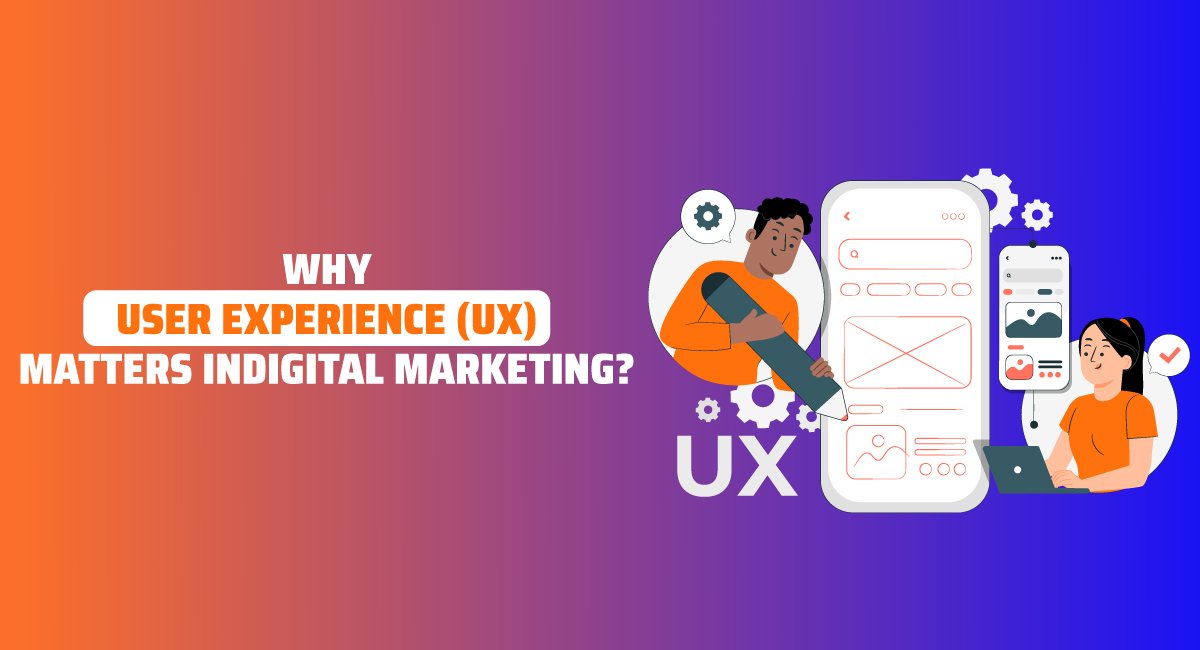
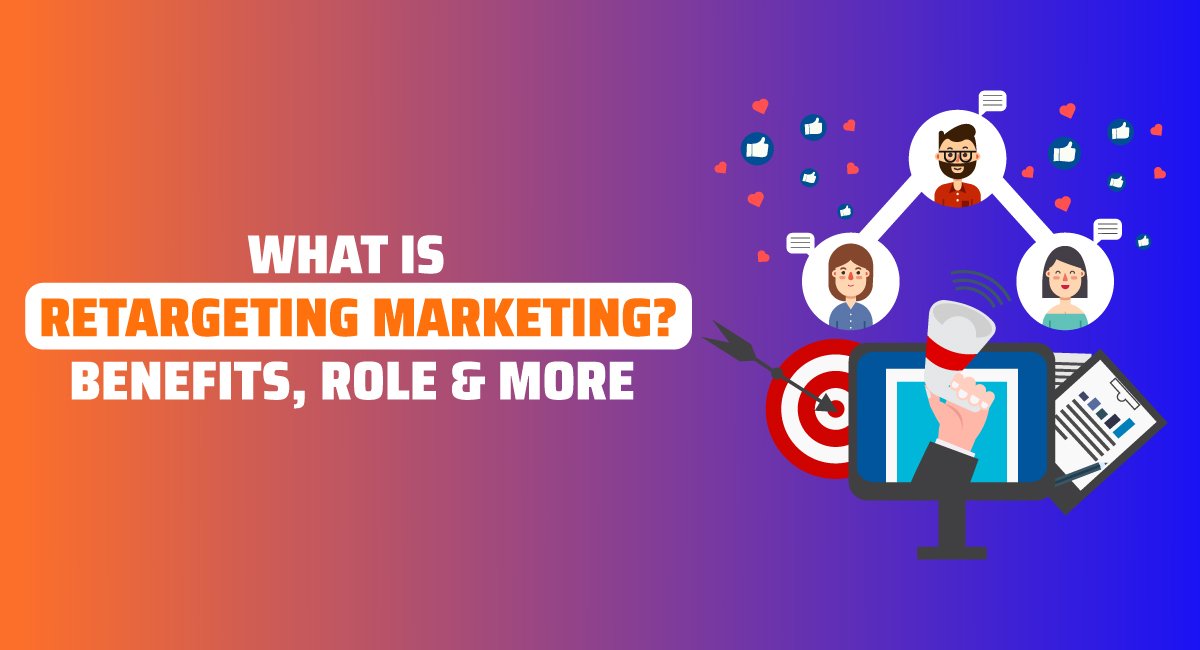
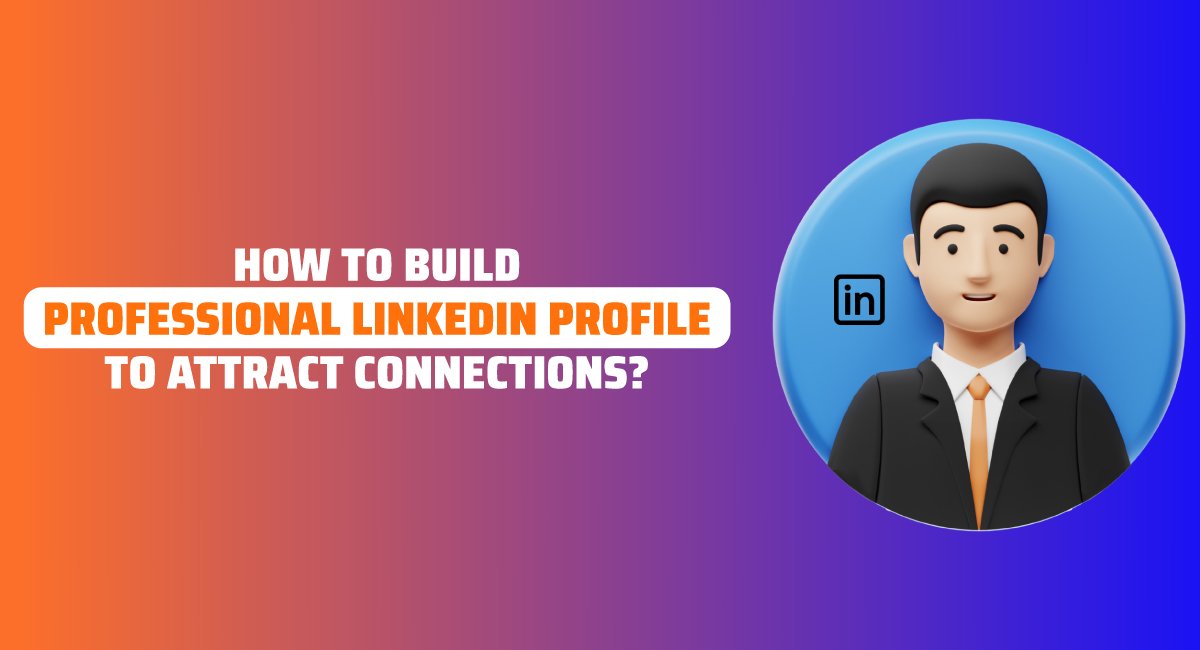
.png)
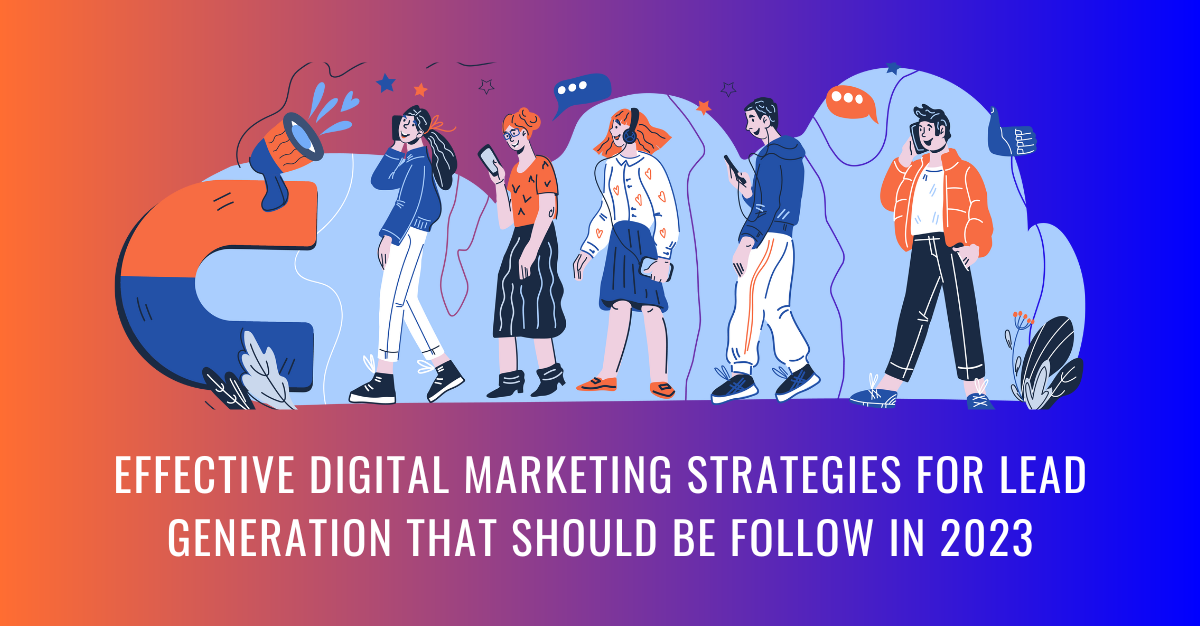
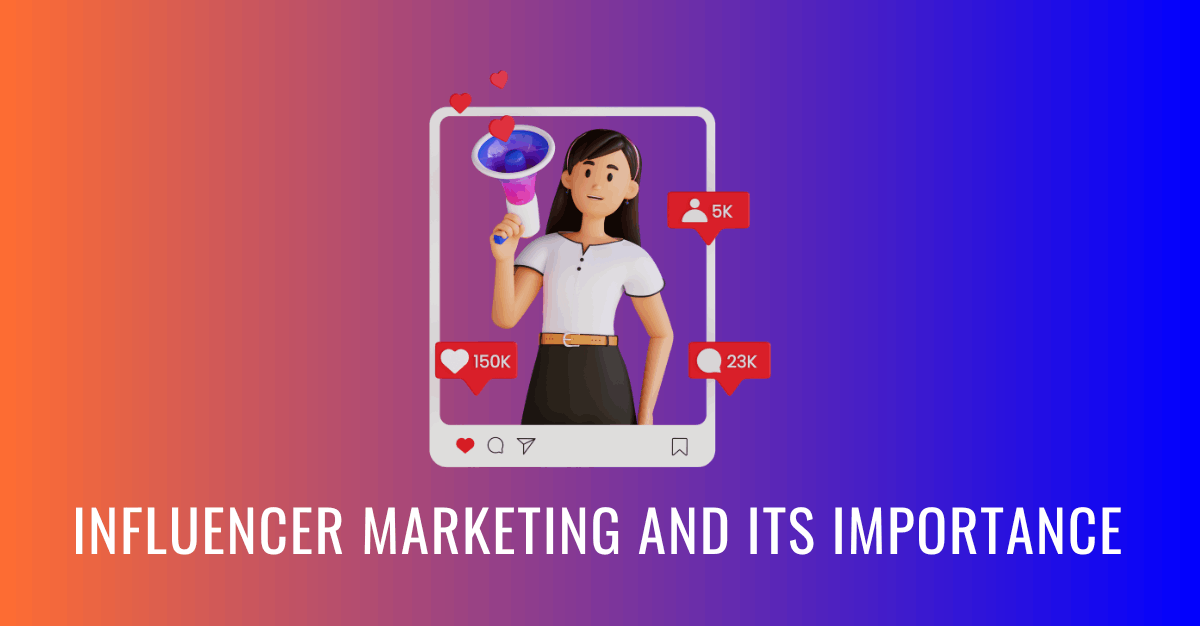
.png)




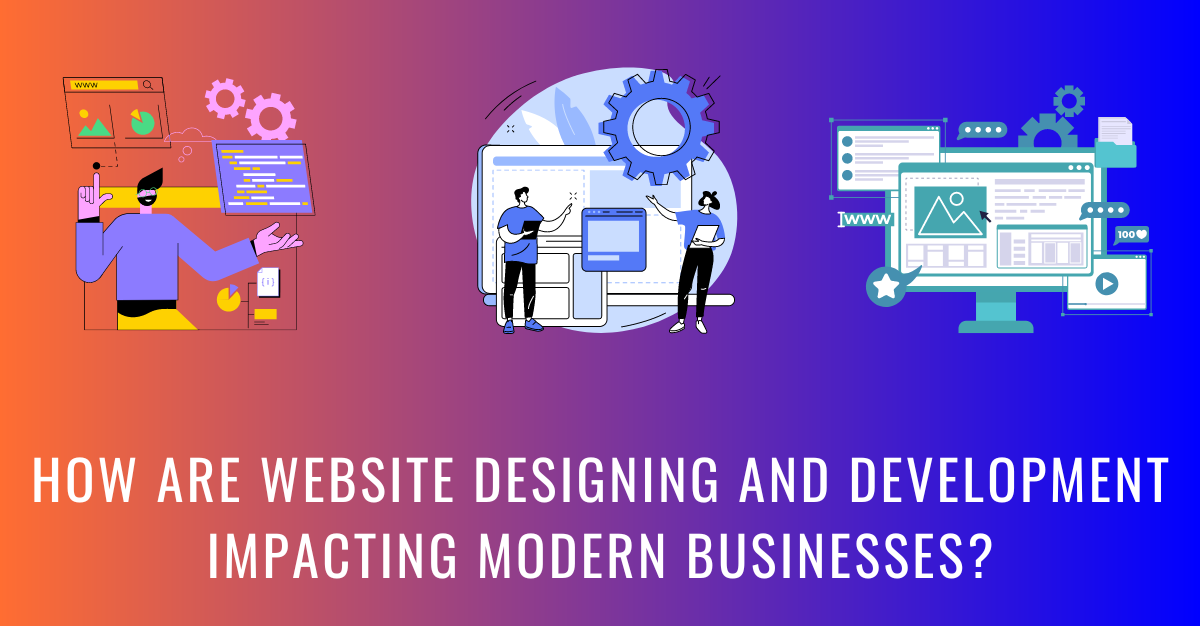

.png)
.png)

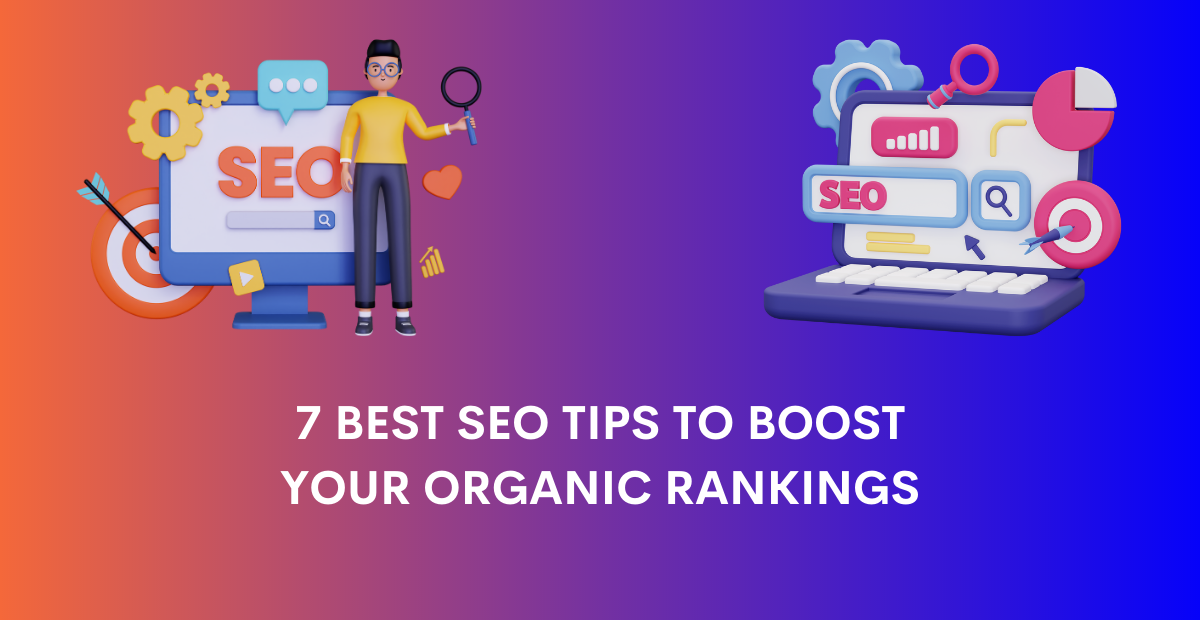
.png)
.png)
.png)
.png)
.png)
.png)
.png)
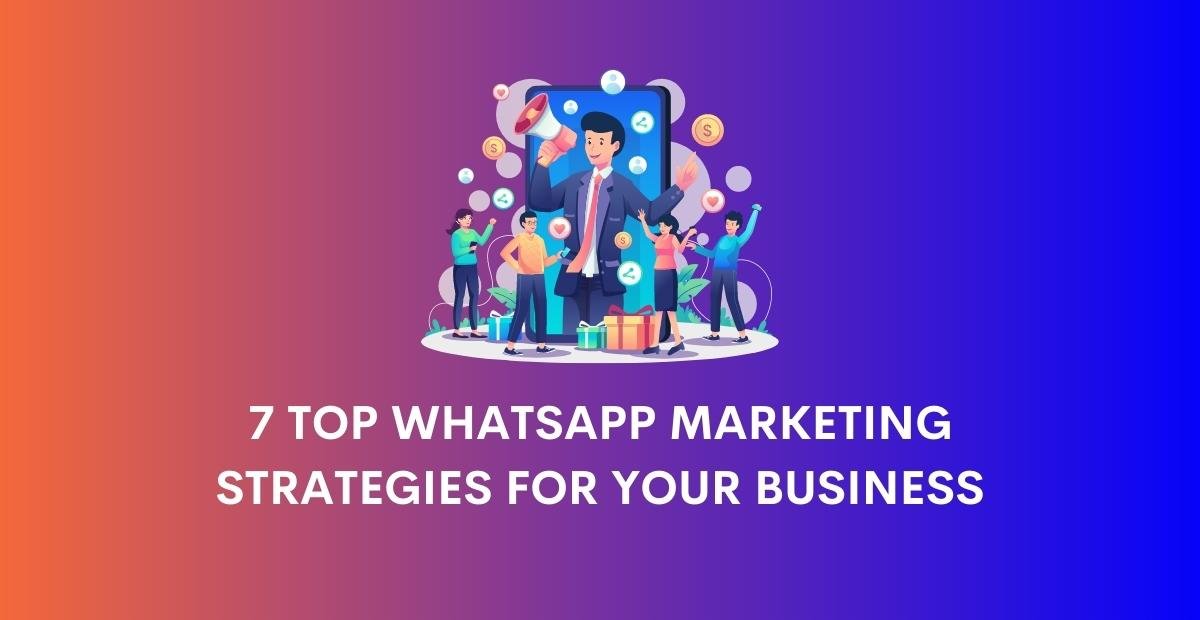
.png)
.png)
.png)
.png)
.png)
.png)
.png)
.png)
.png)
.png)
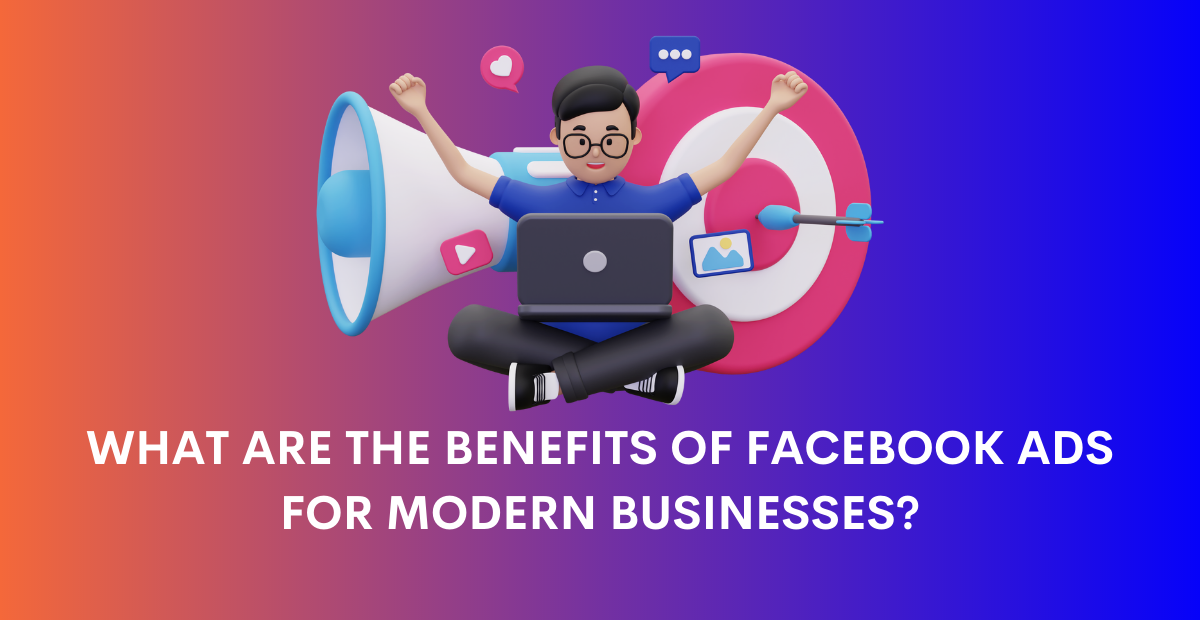
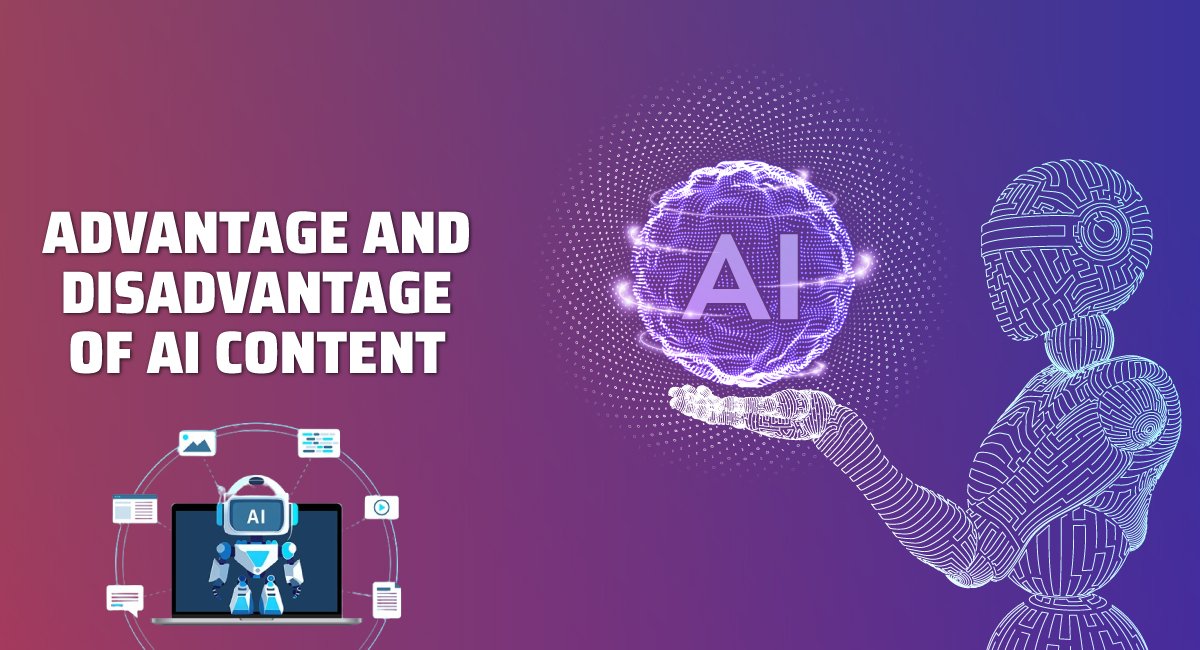



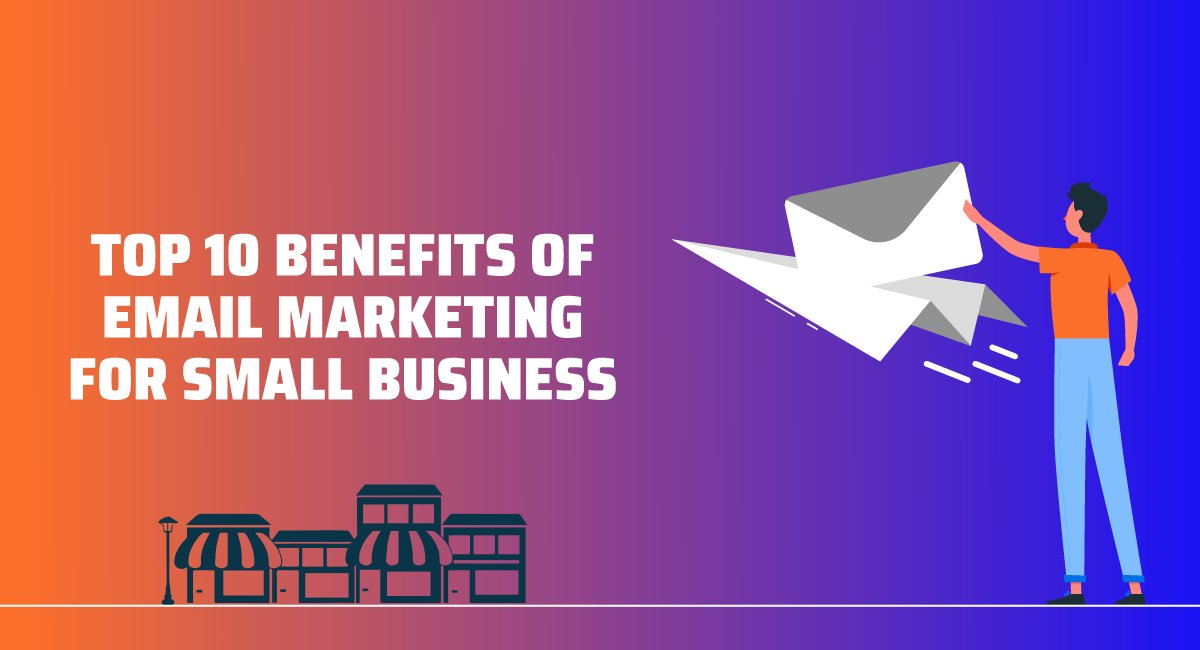

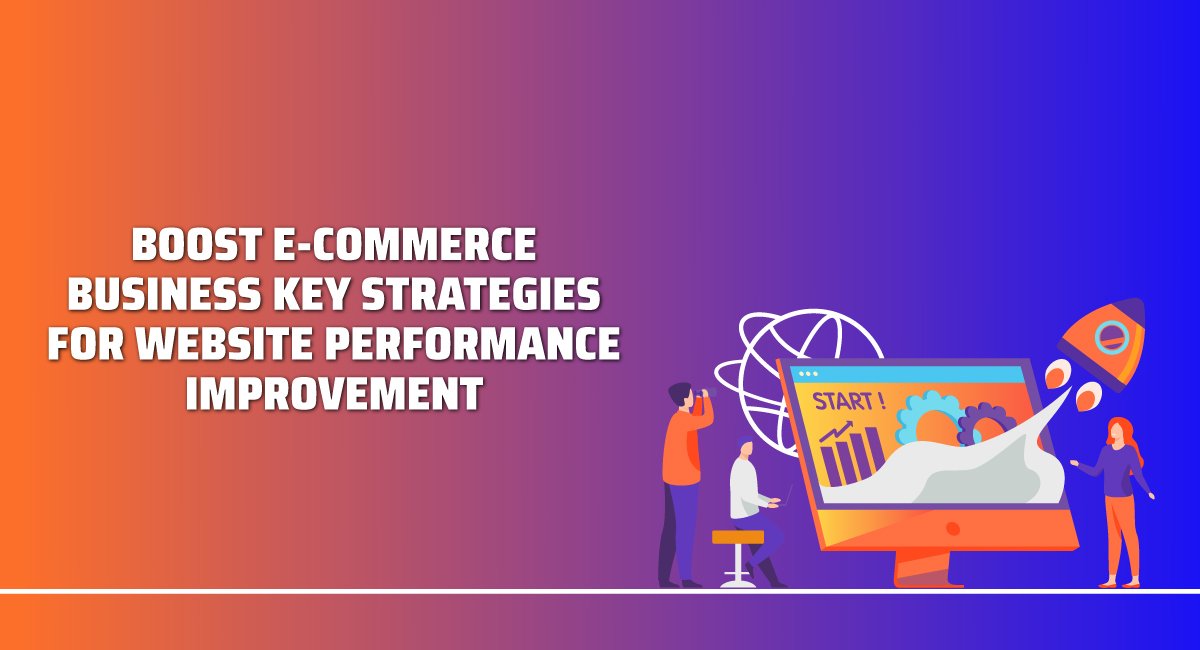
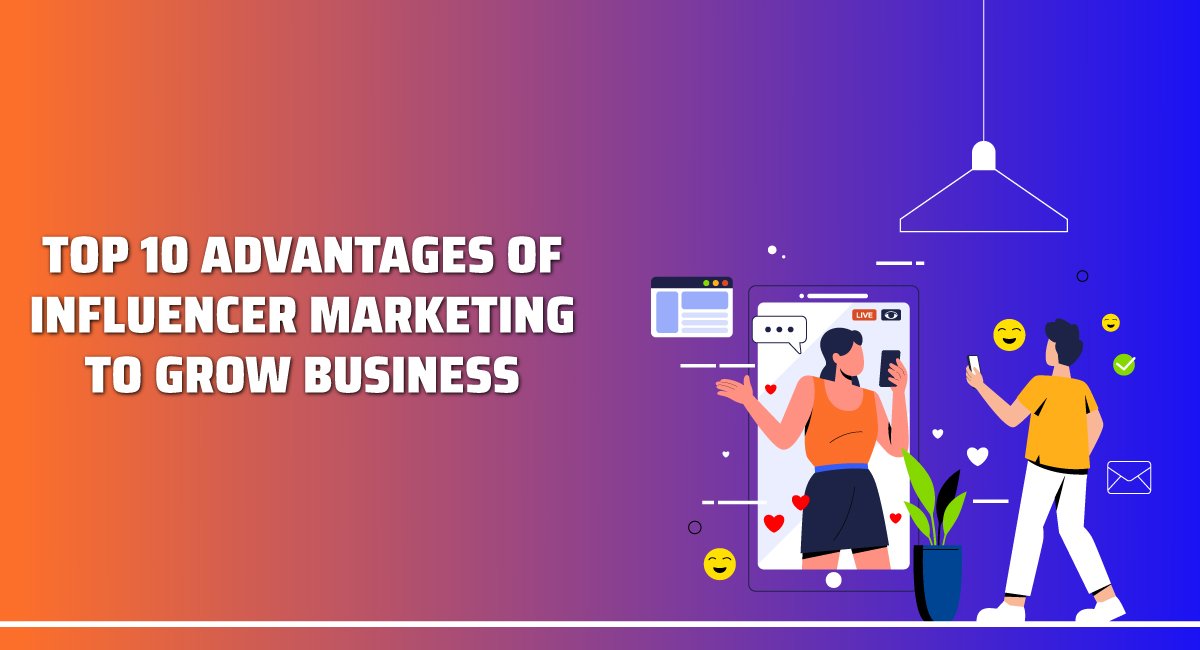
.jpg)
